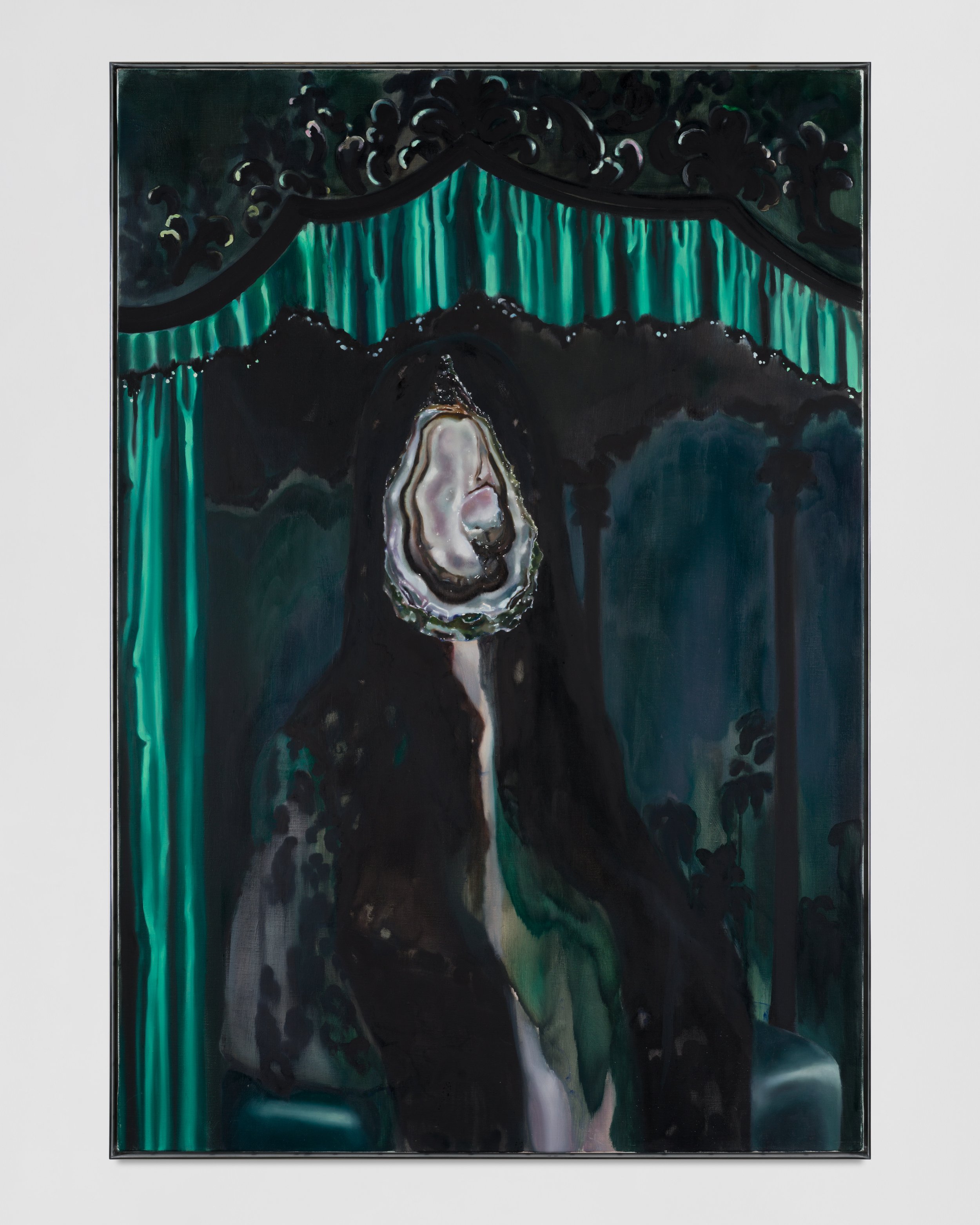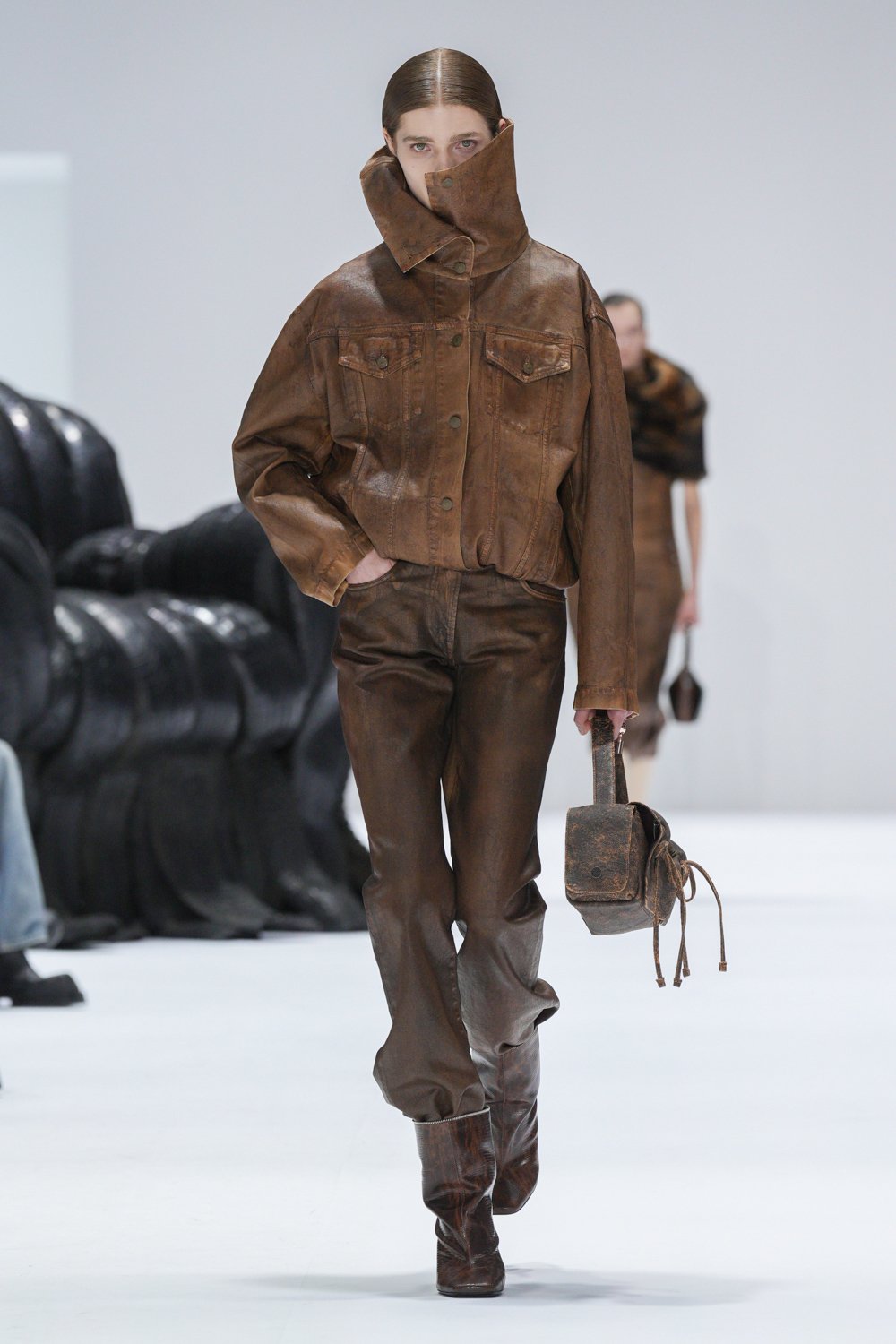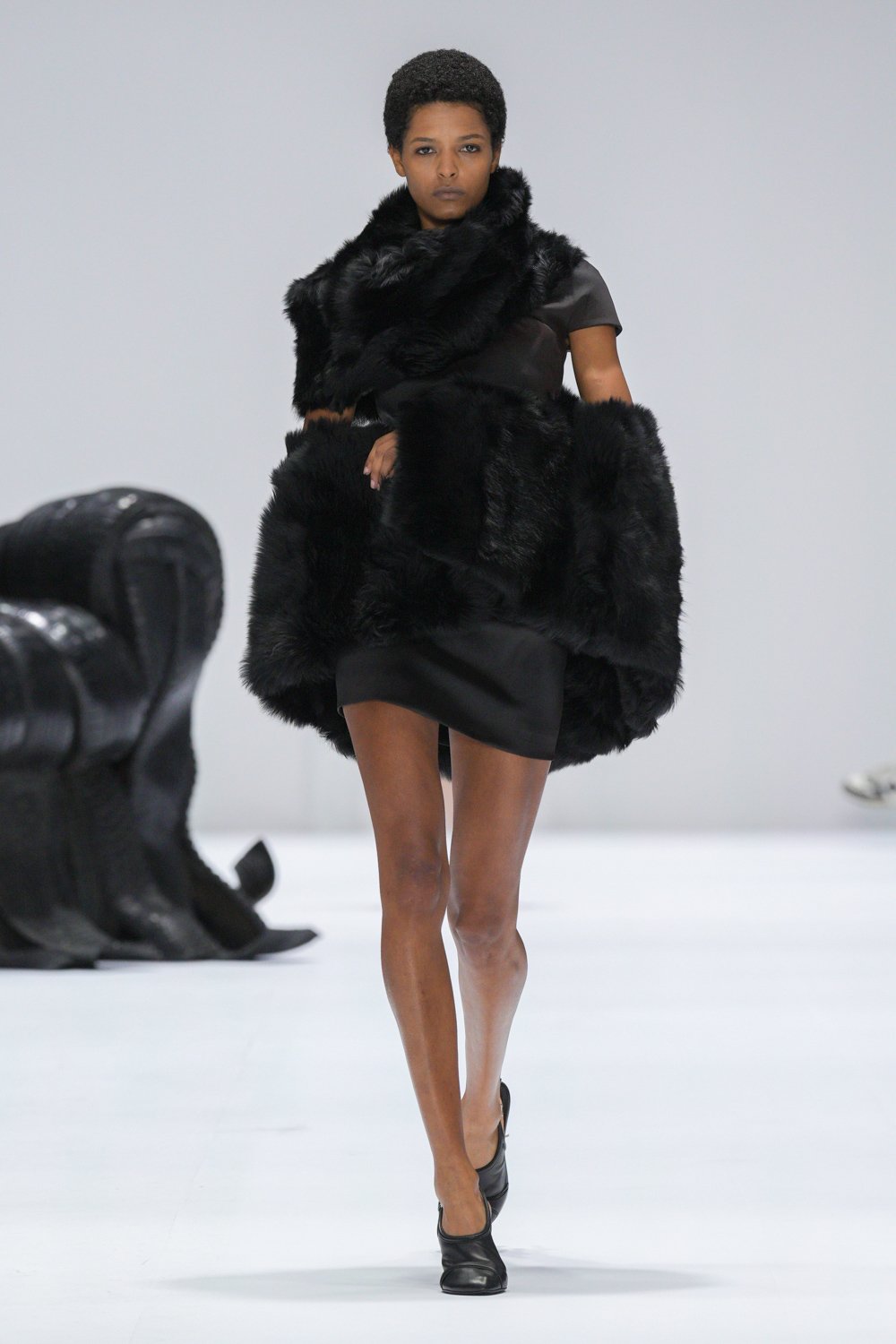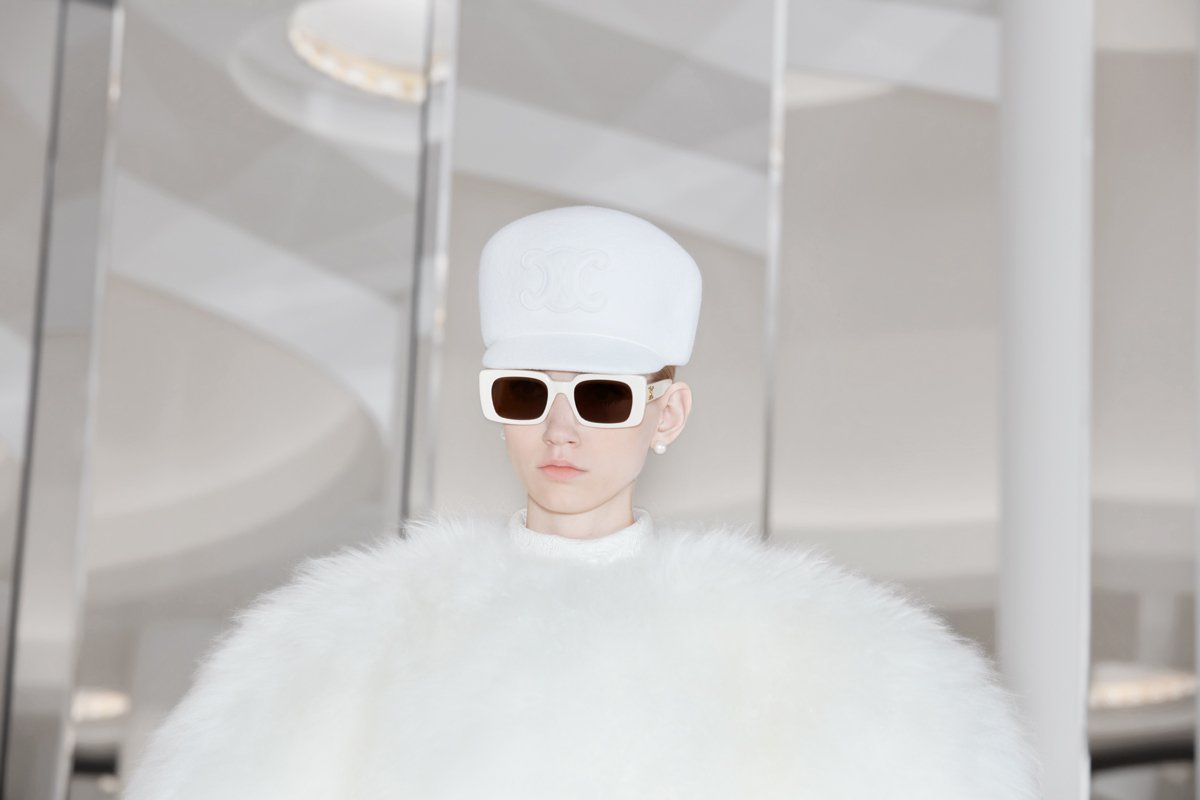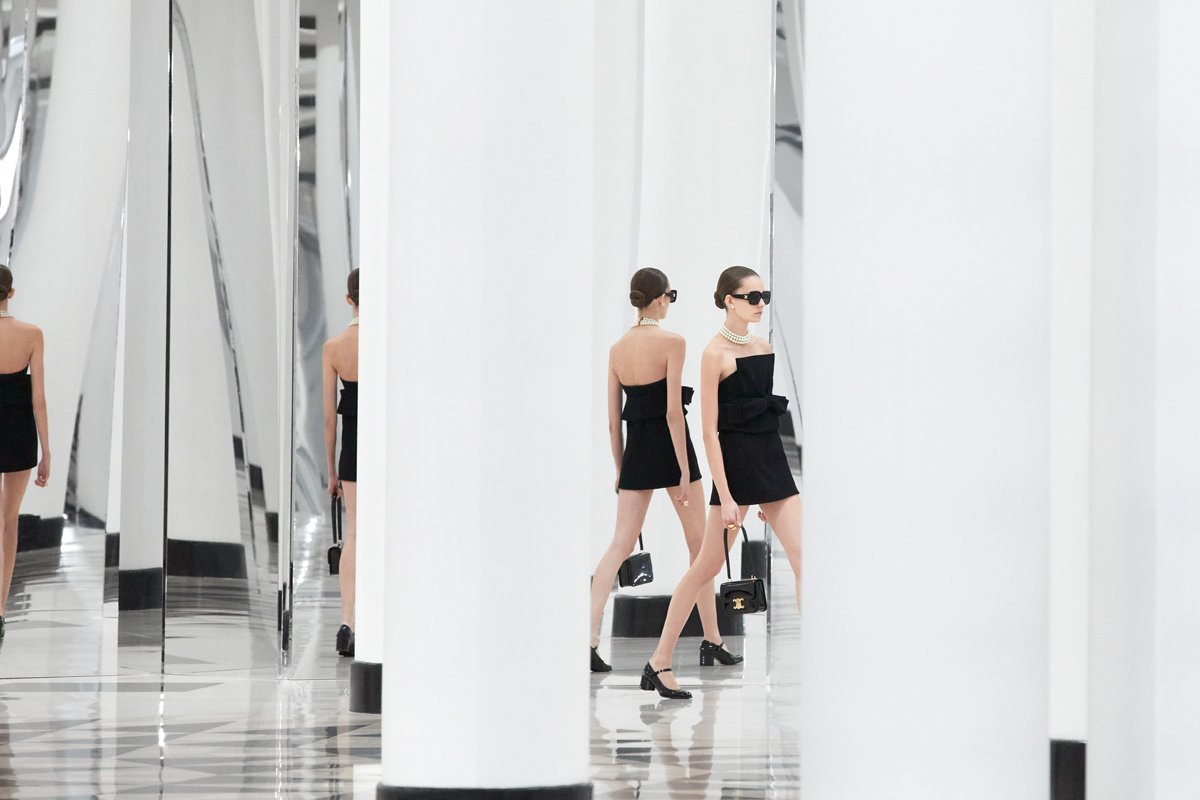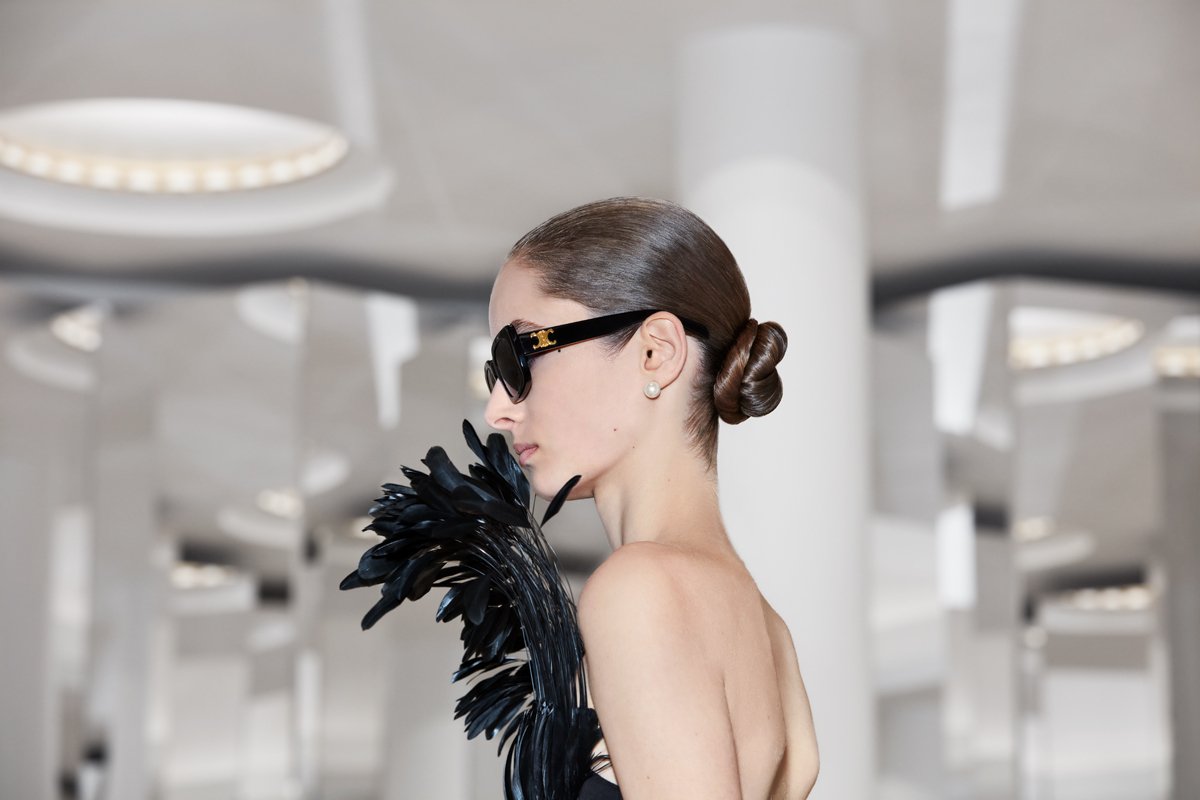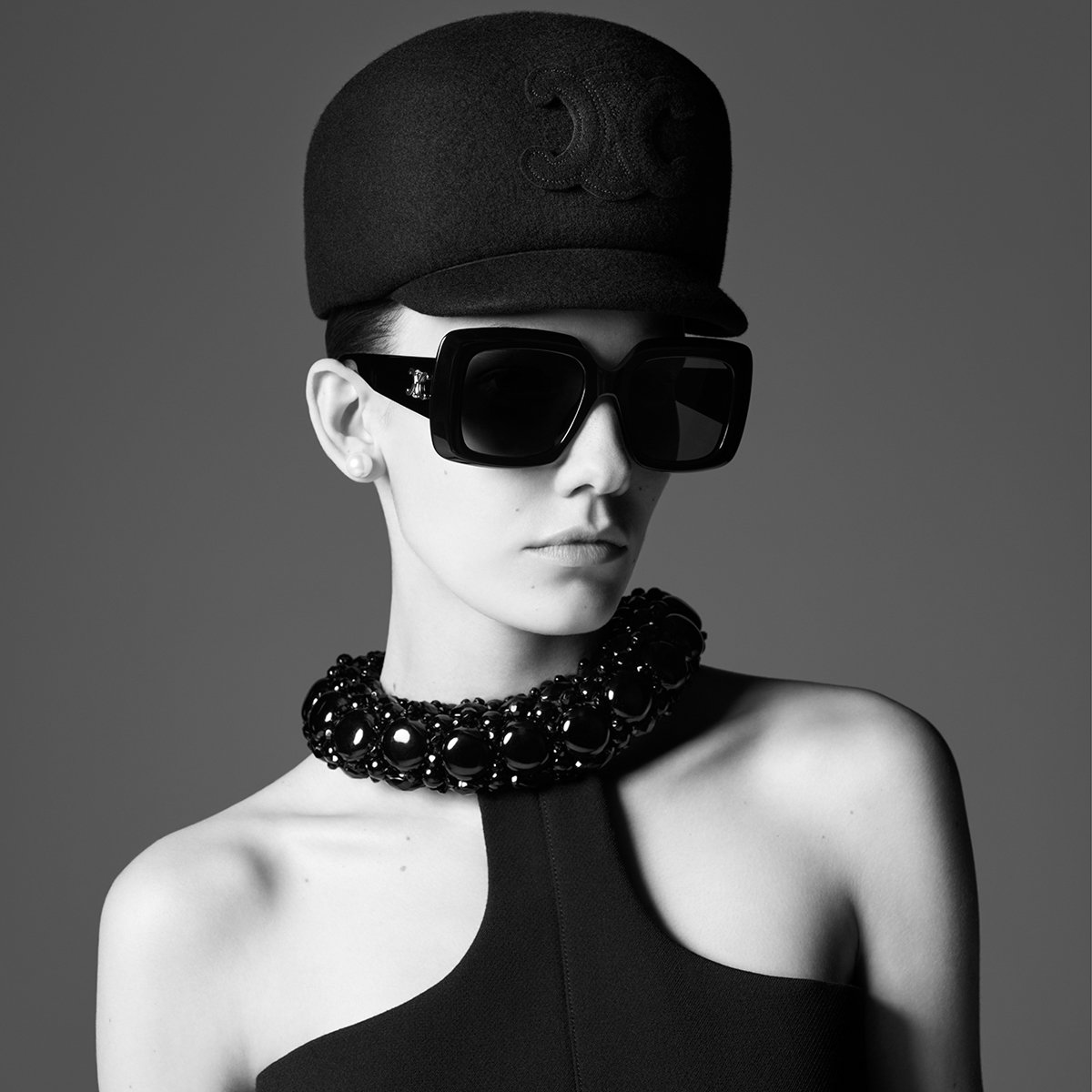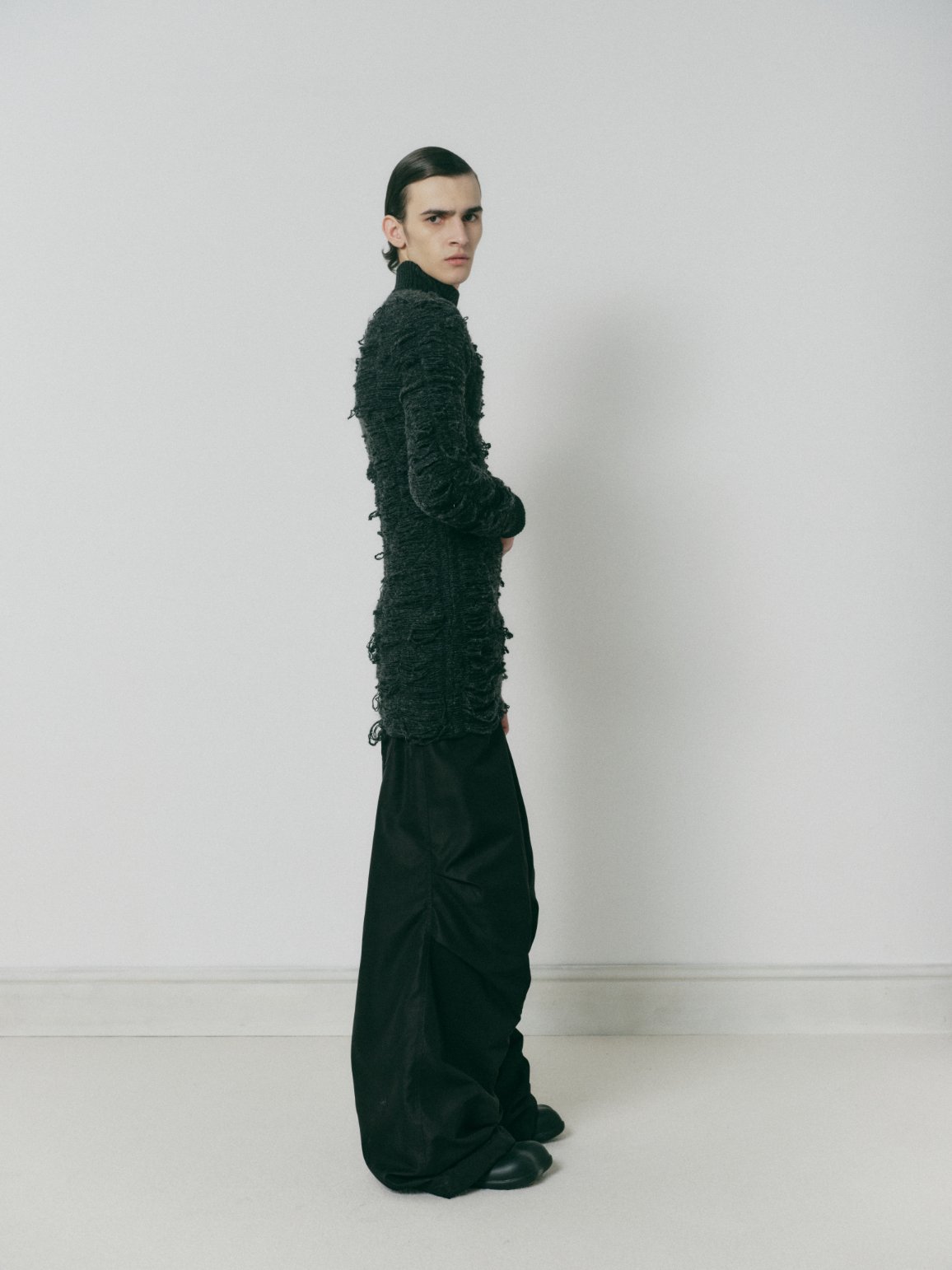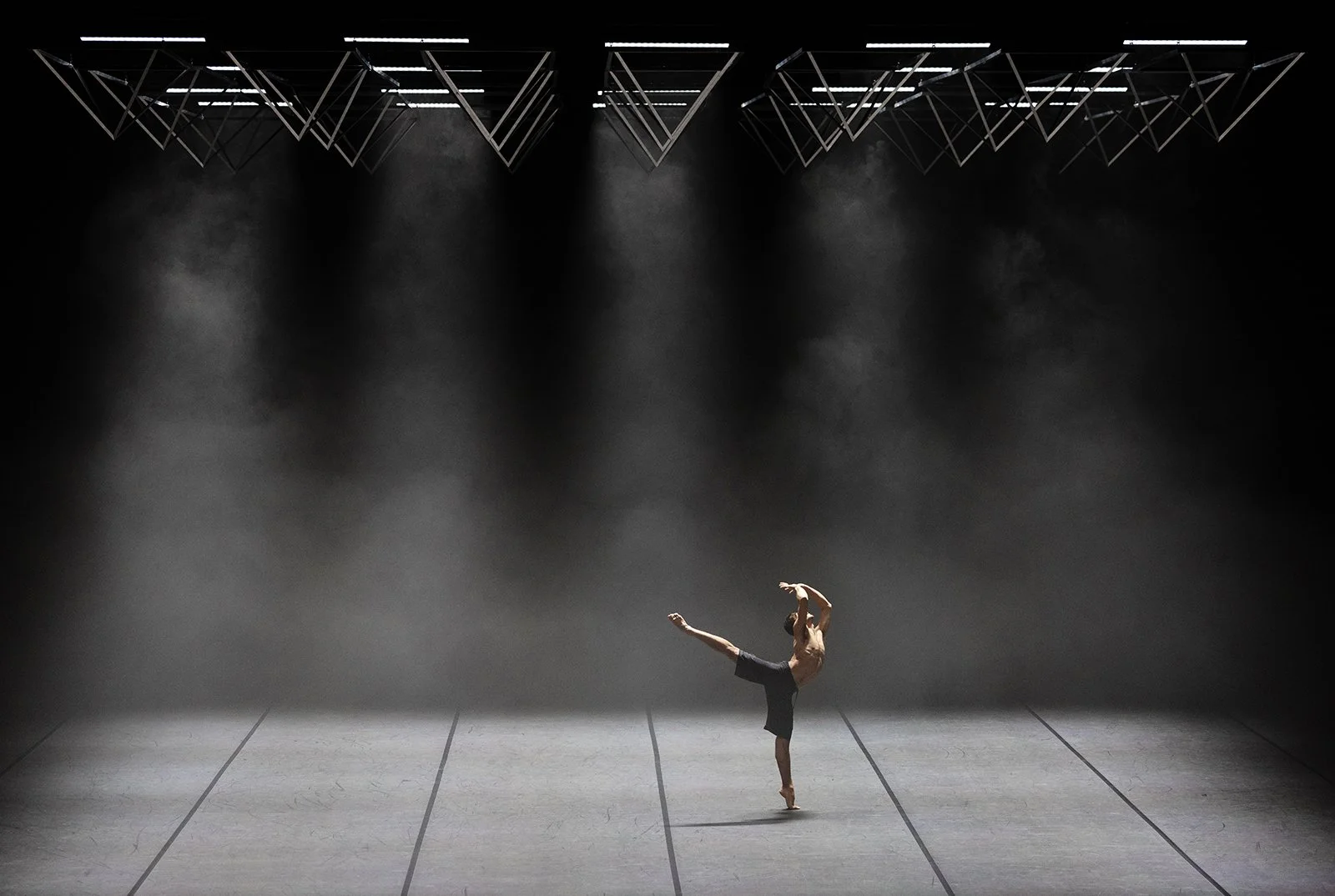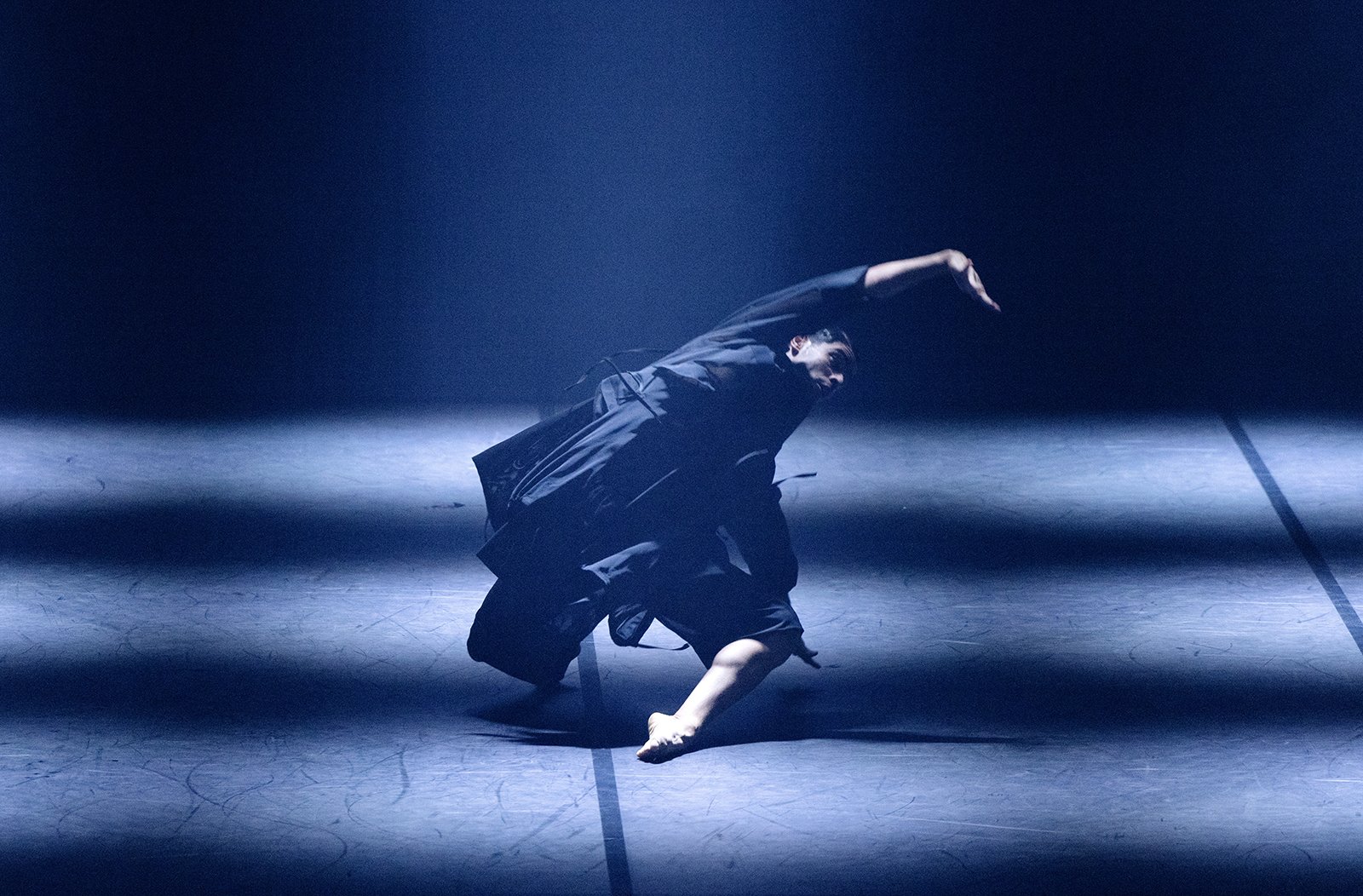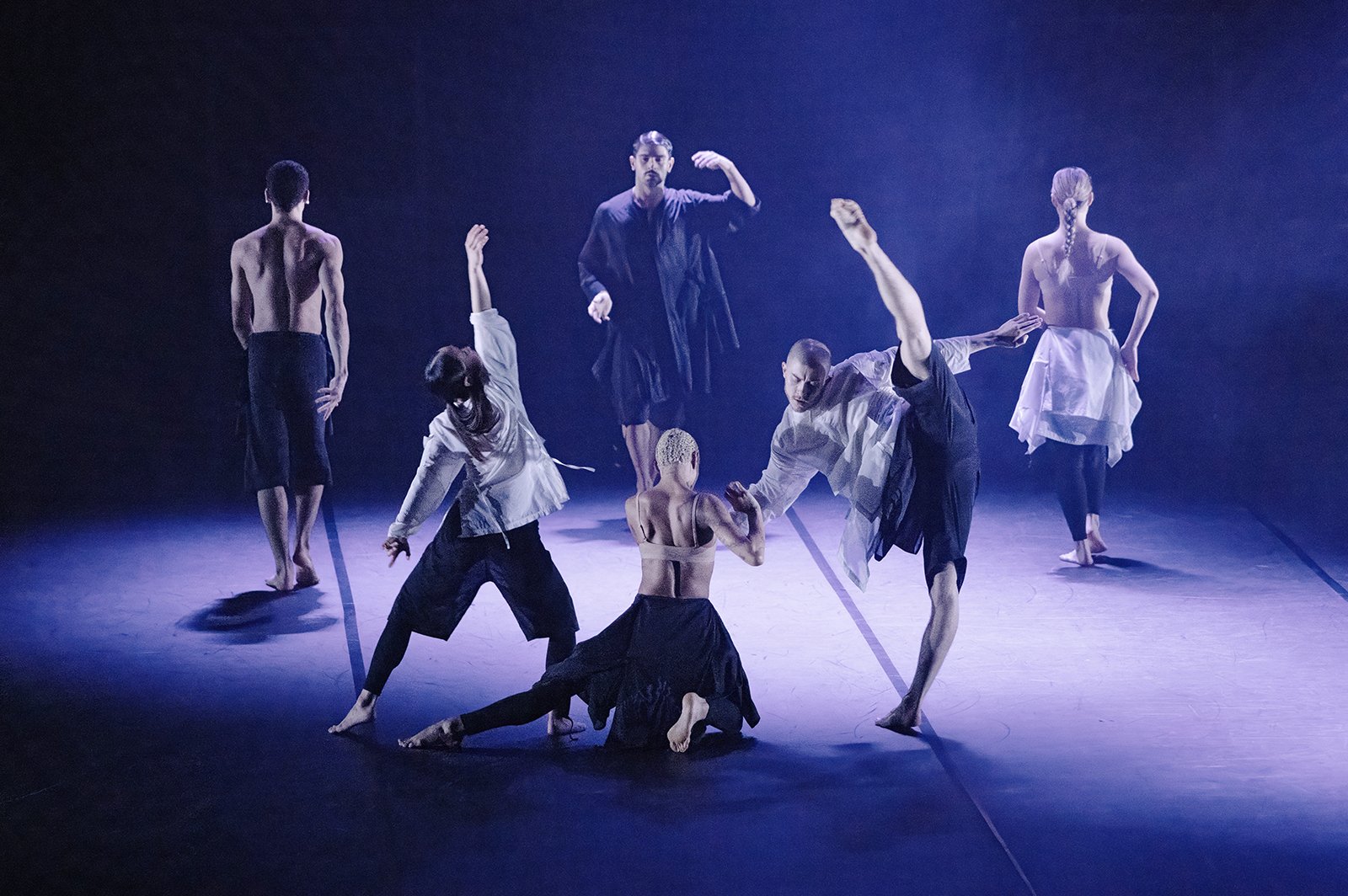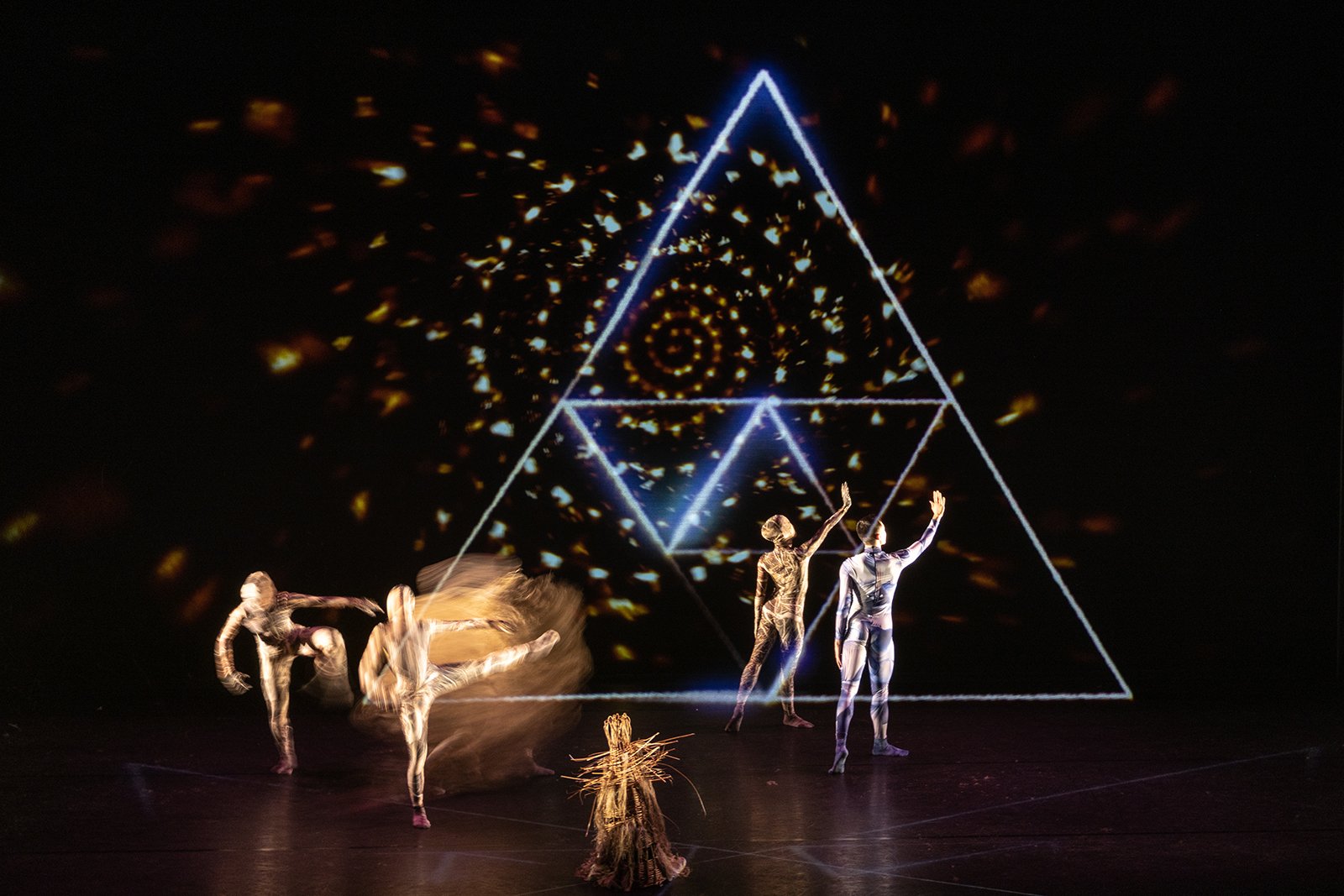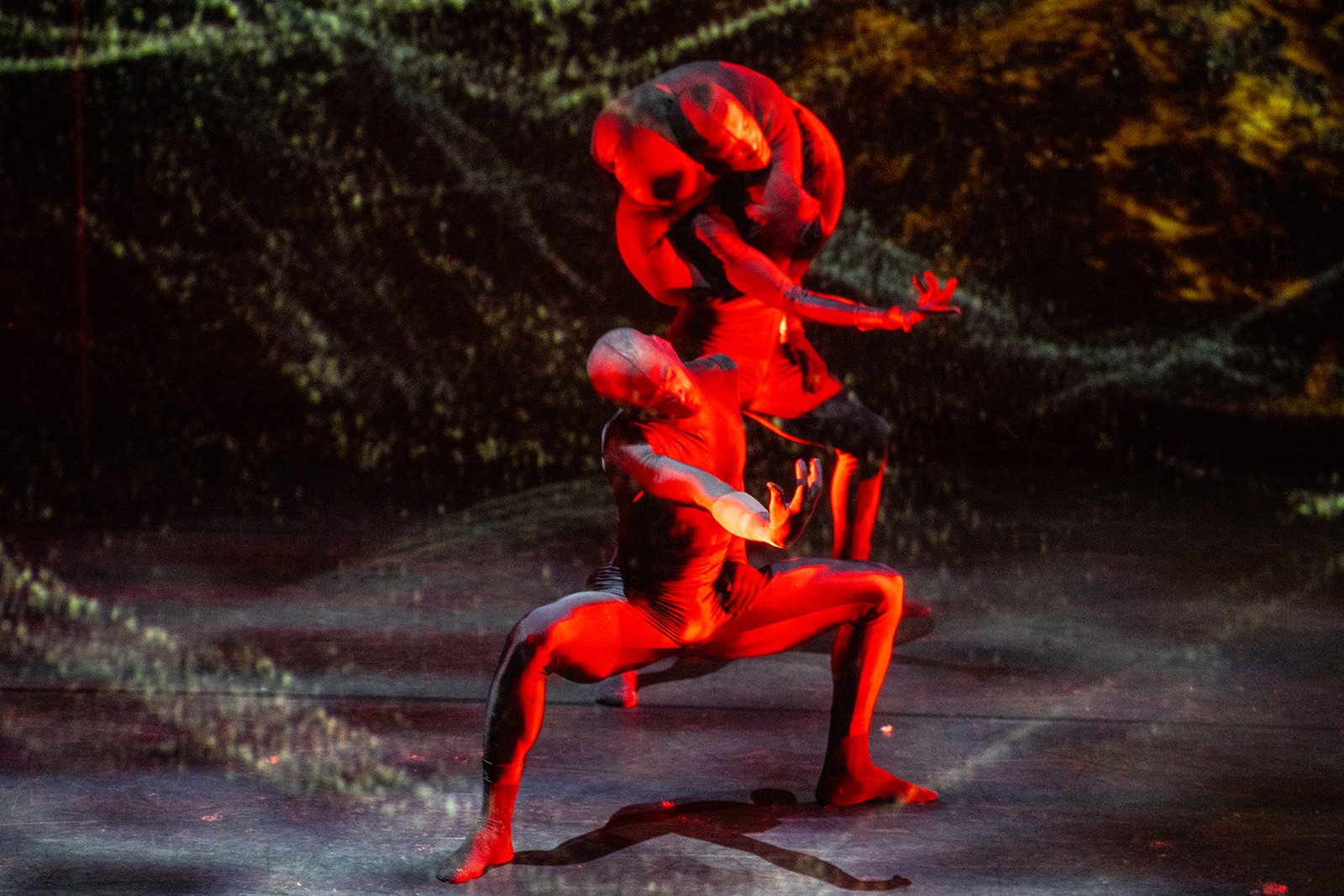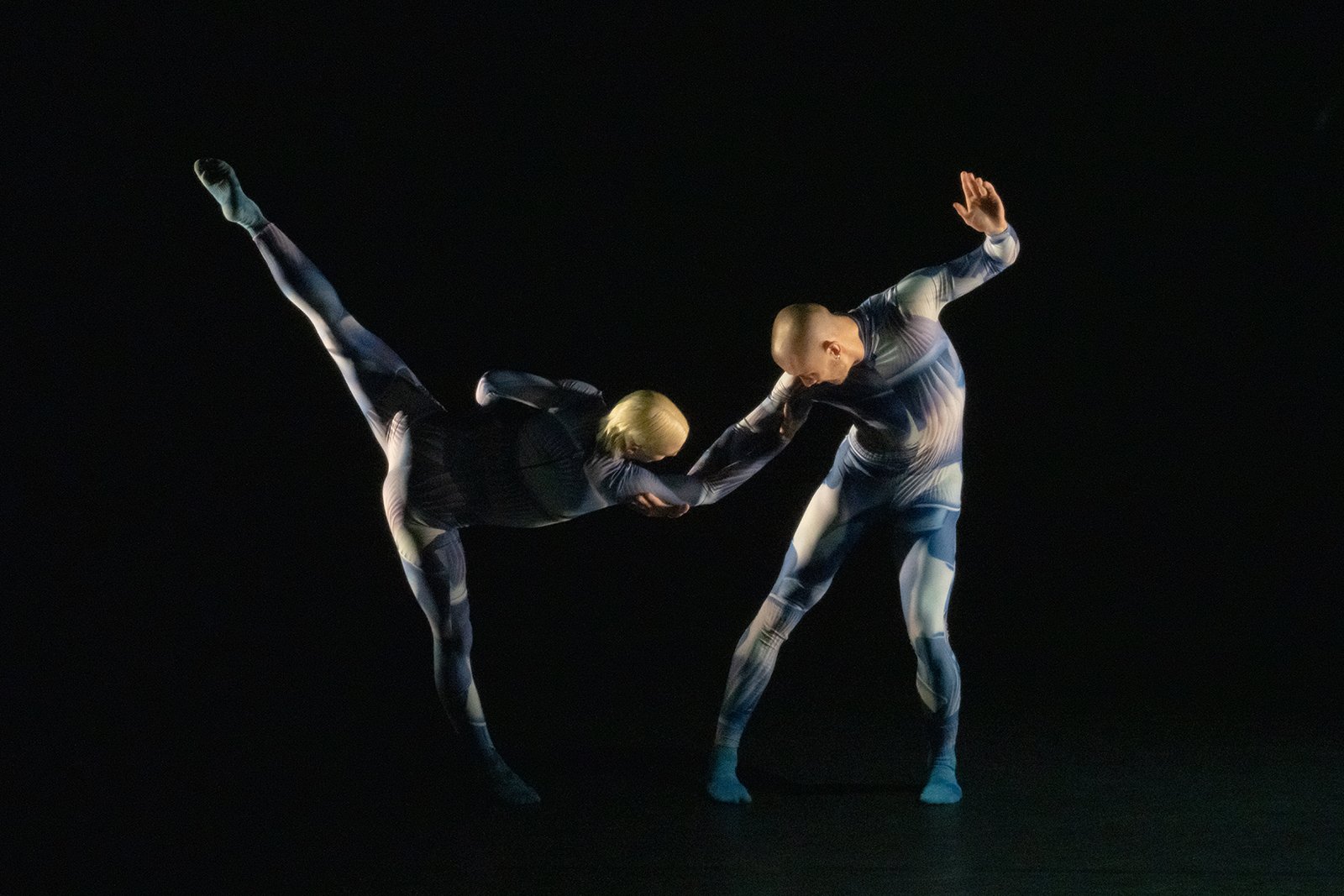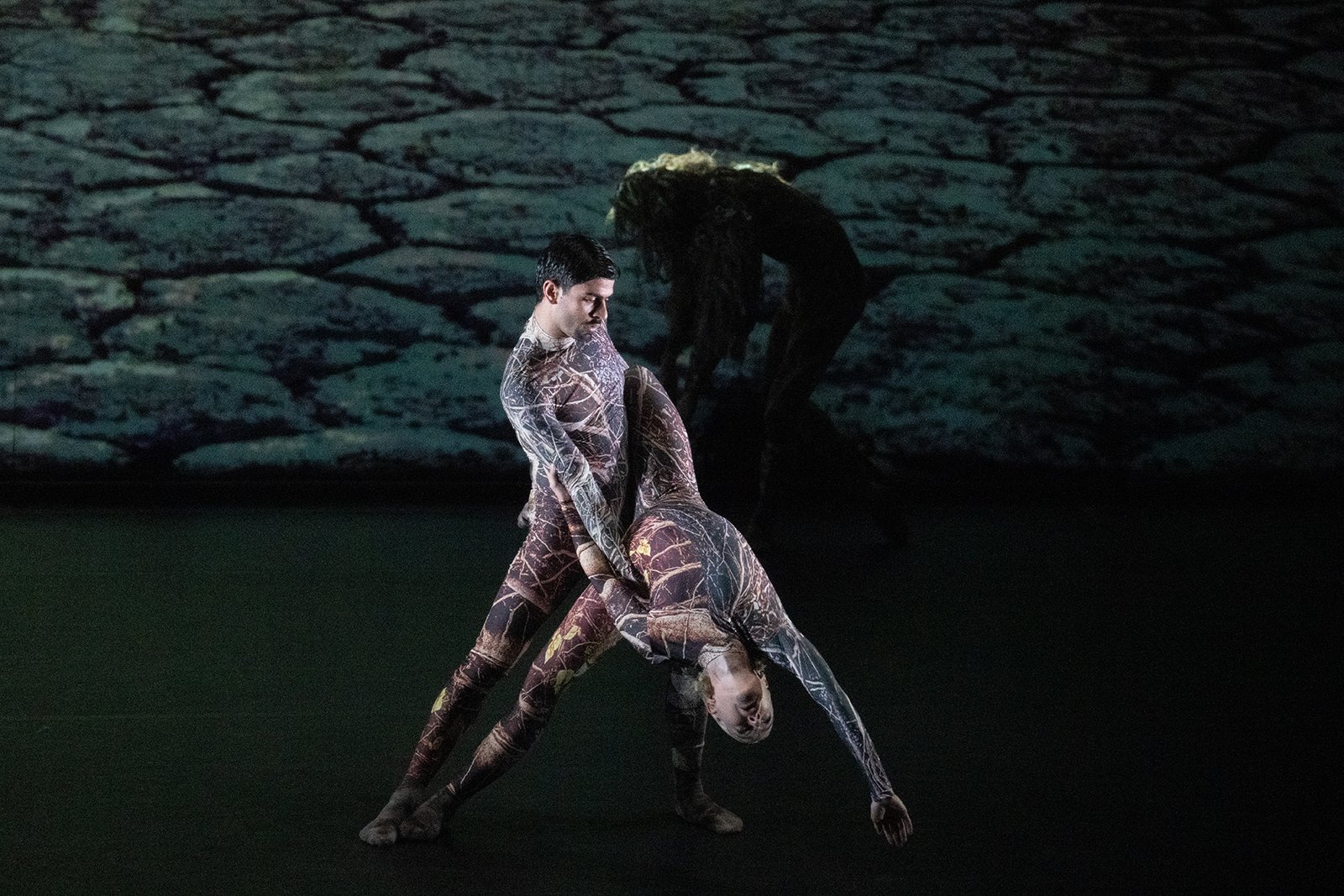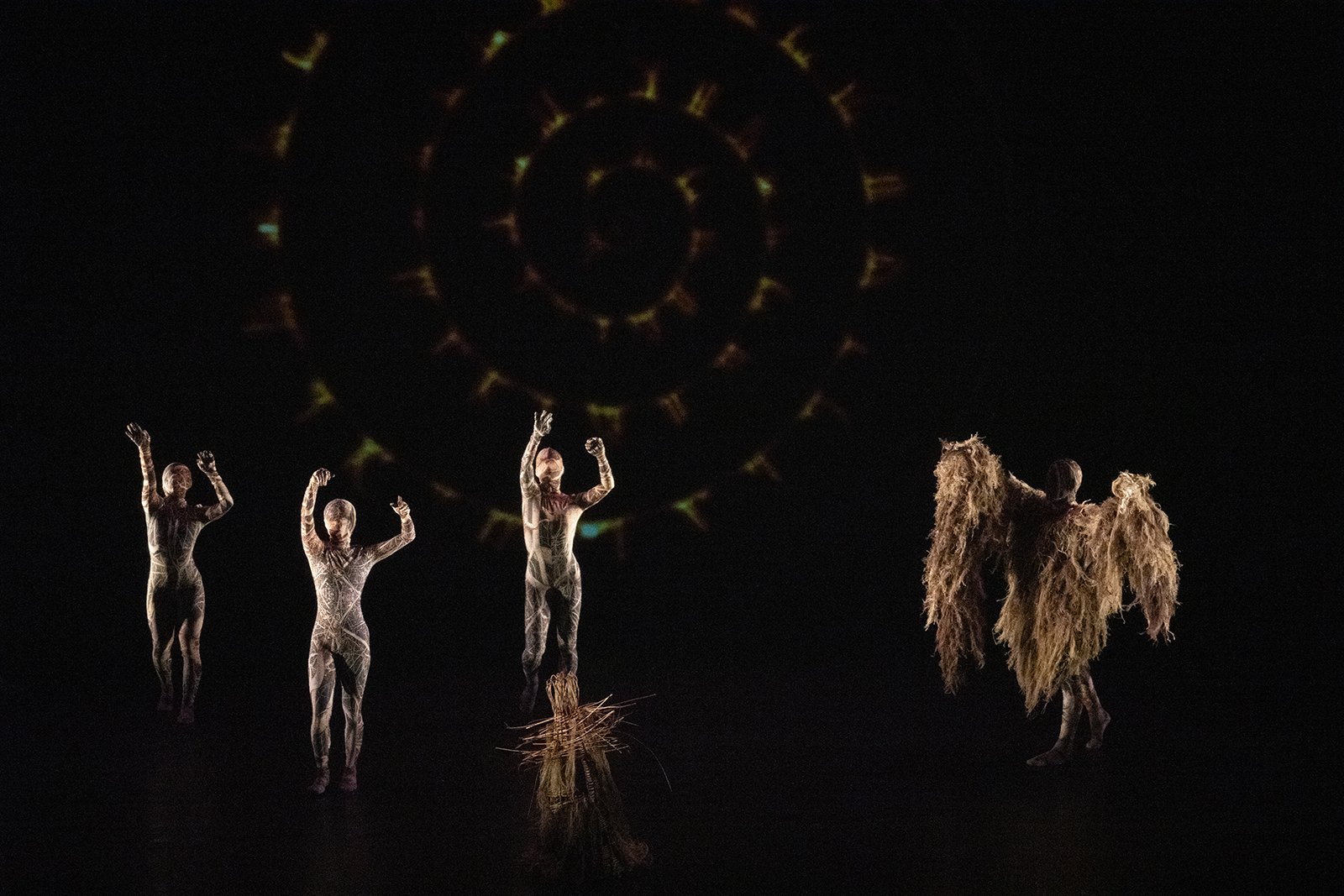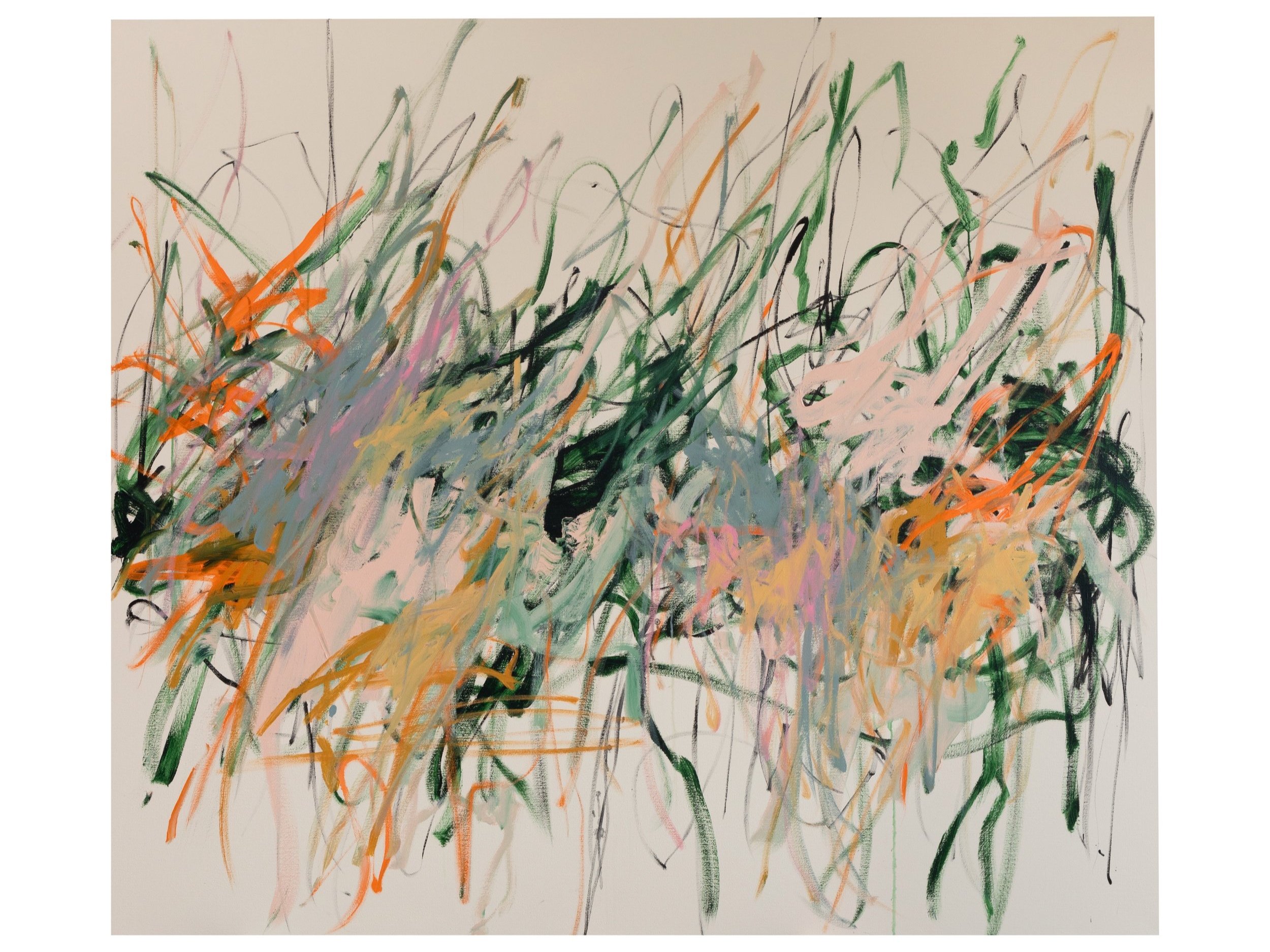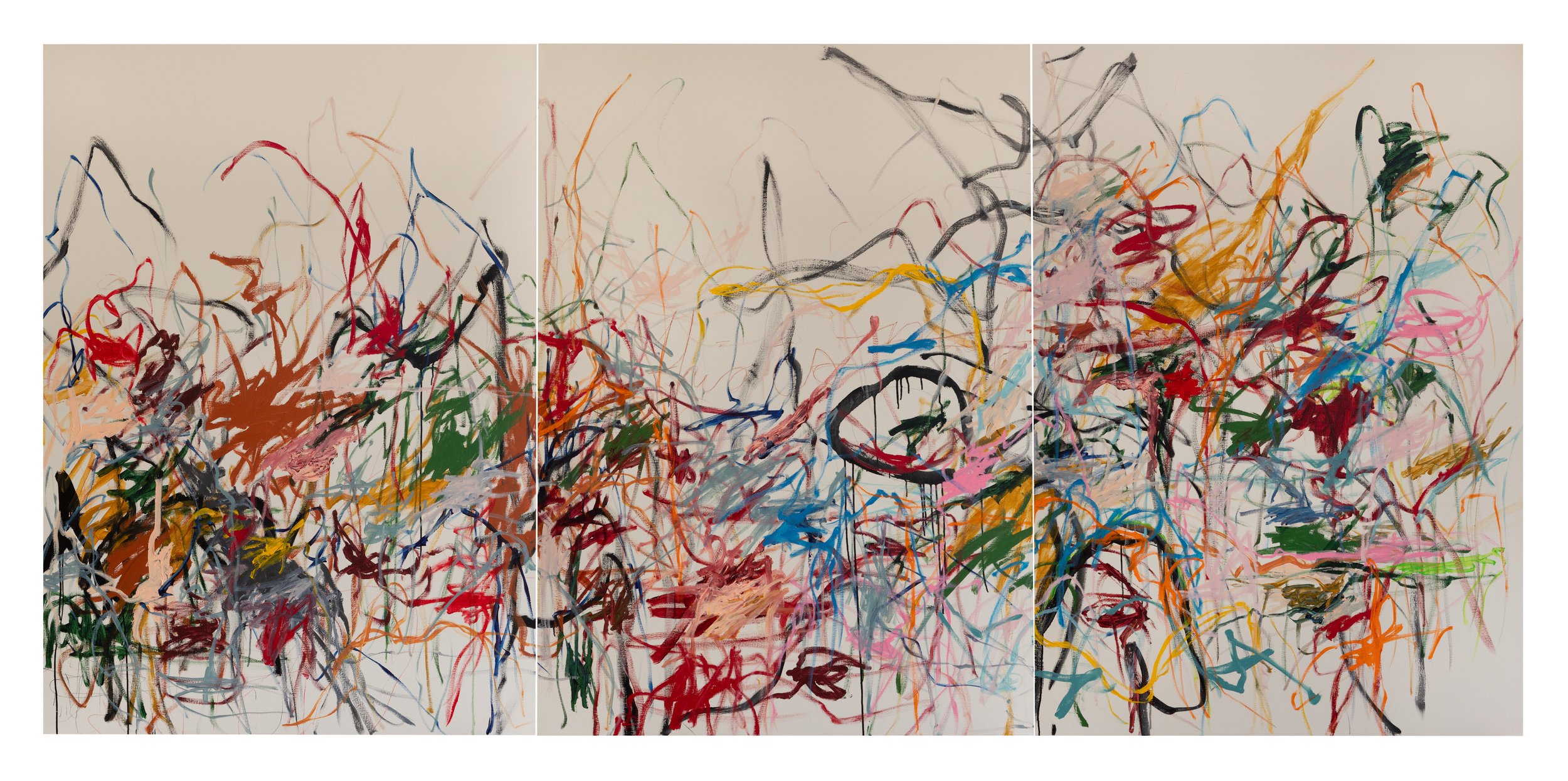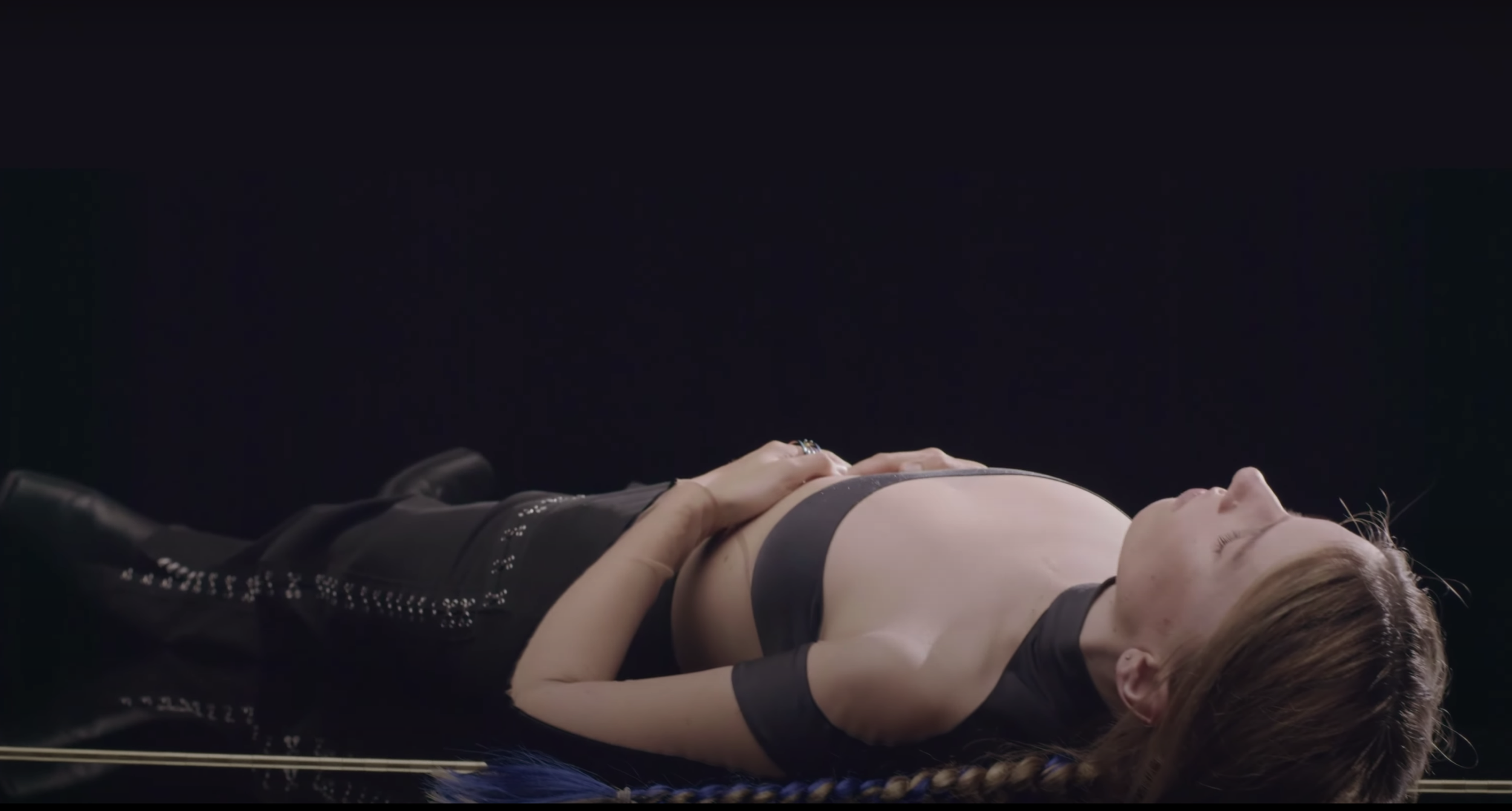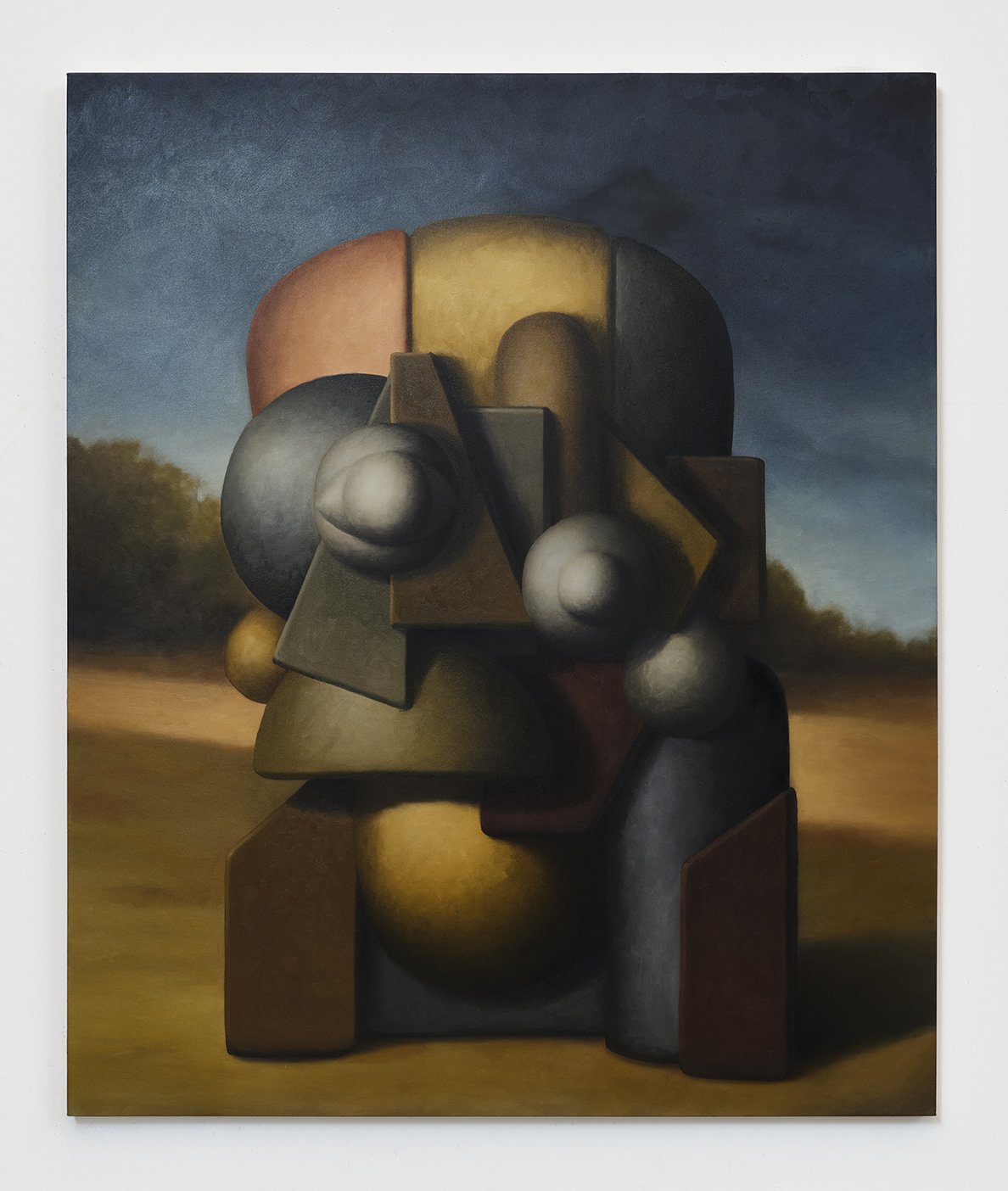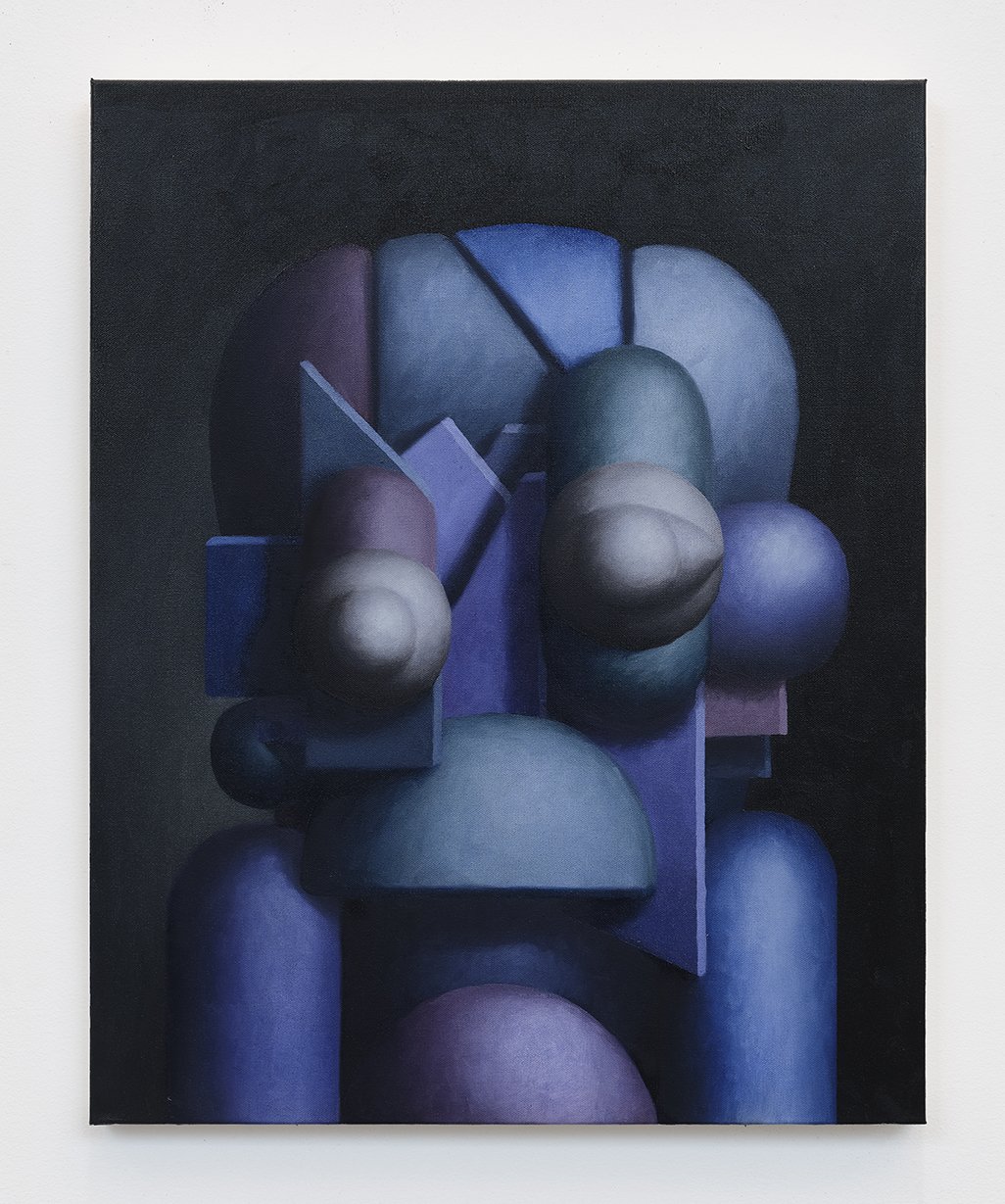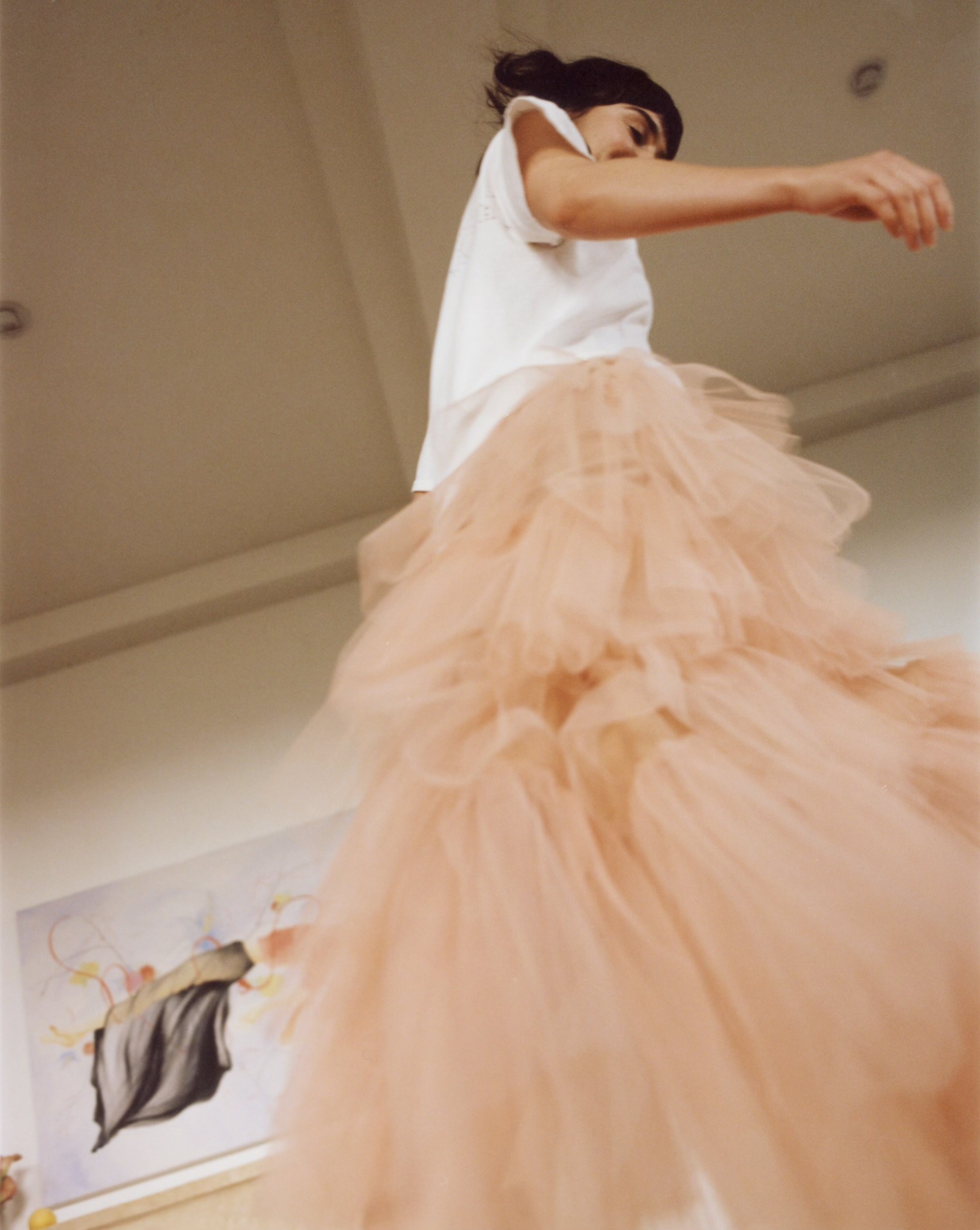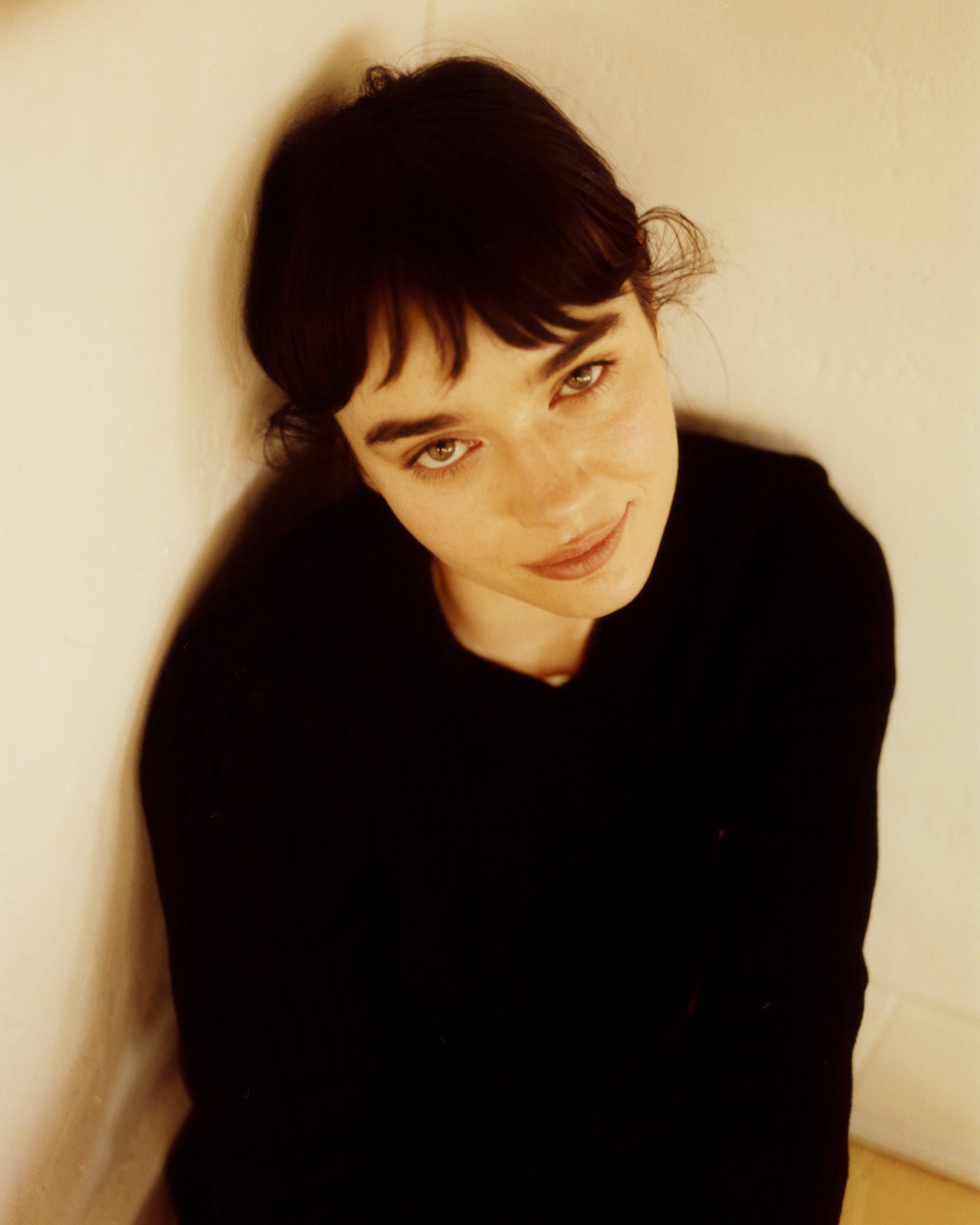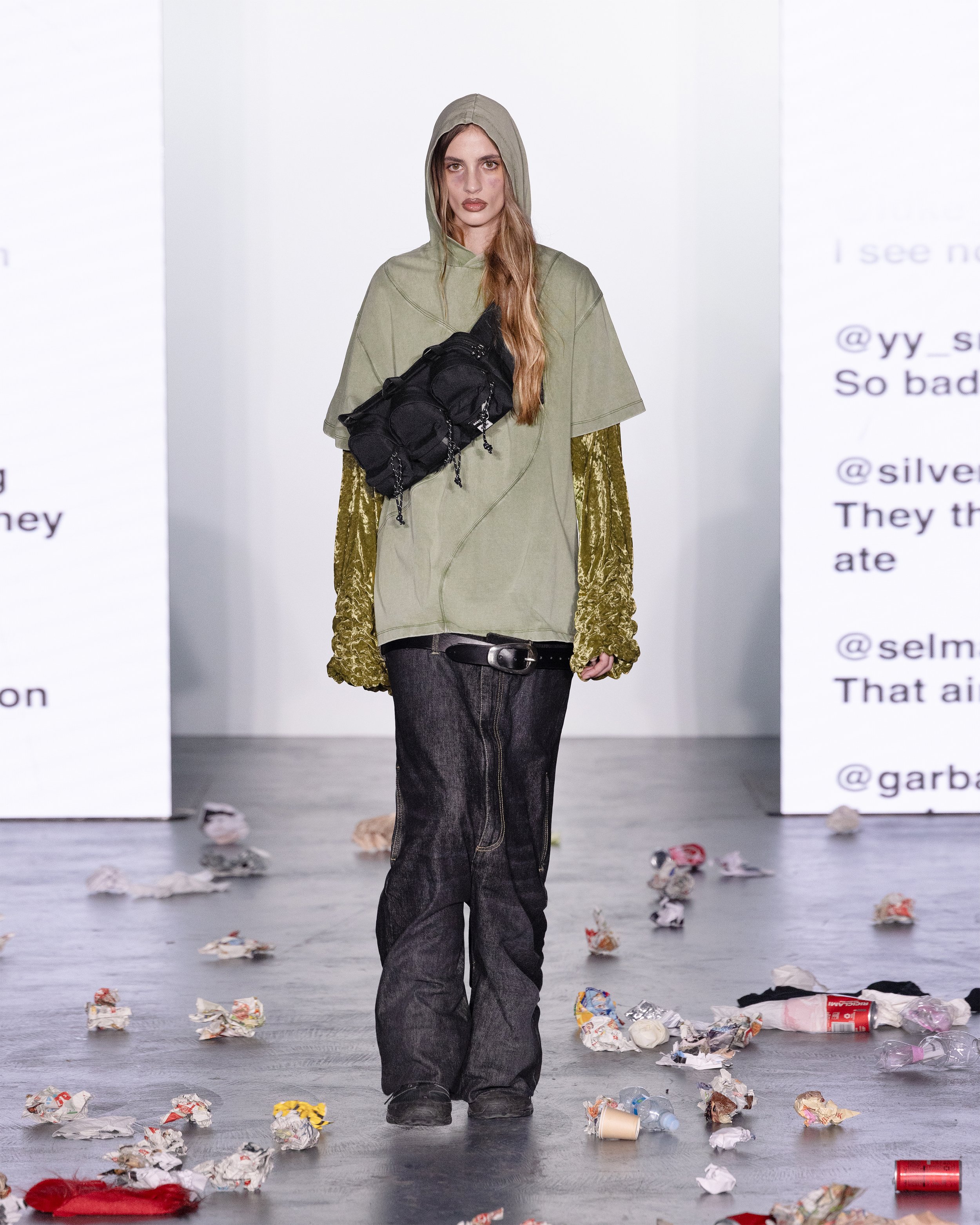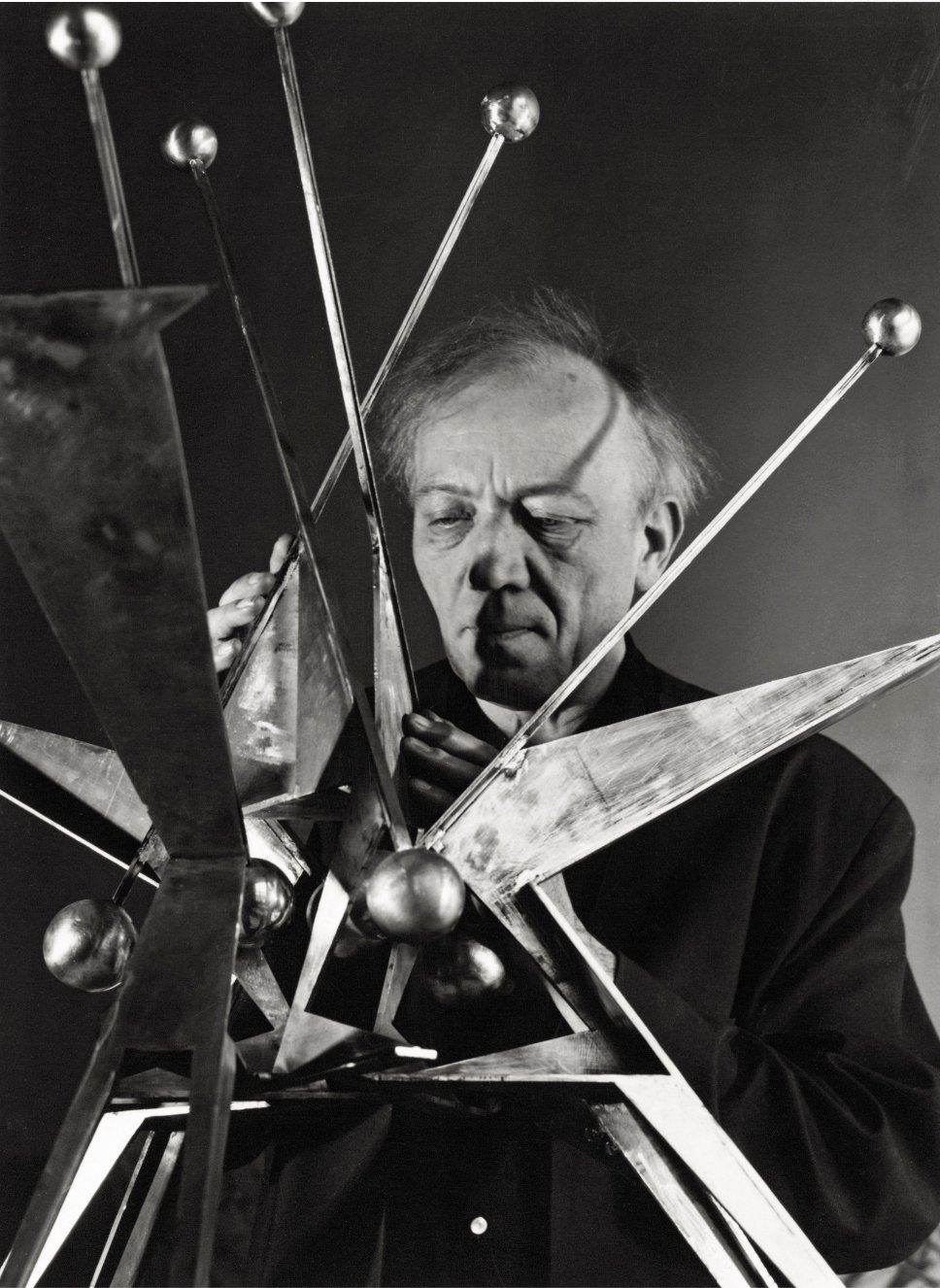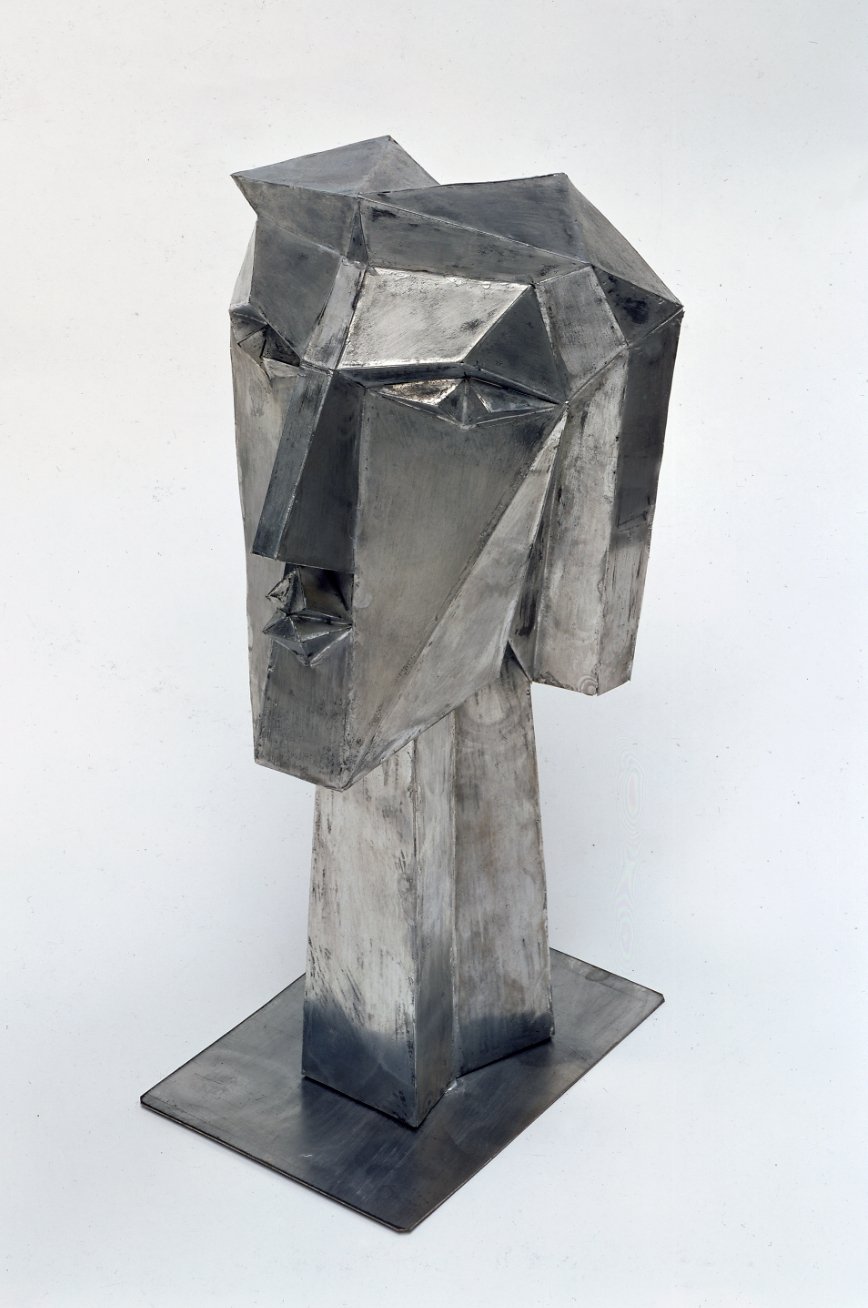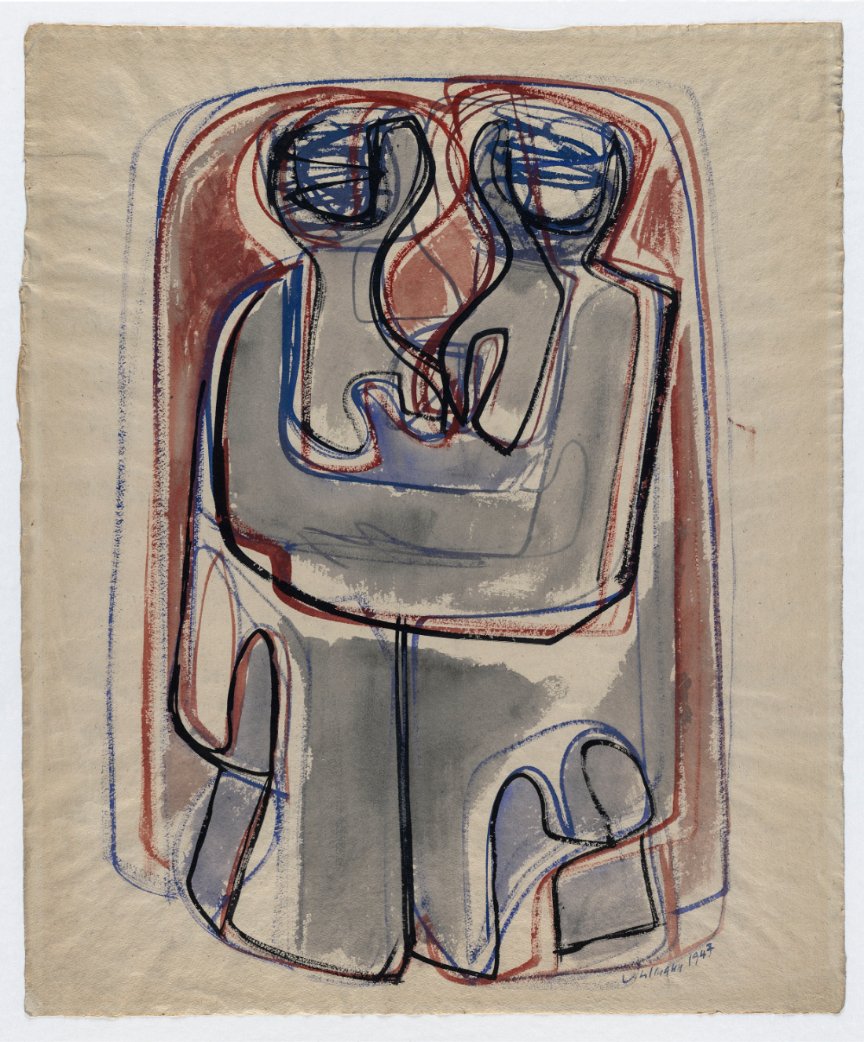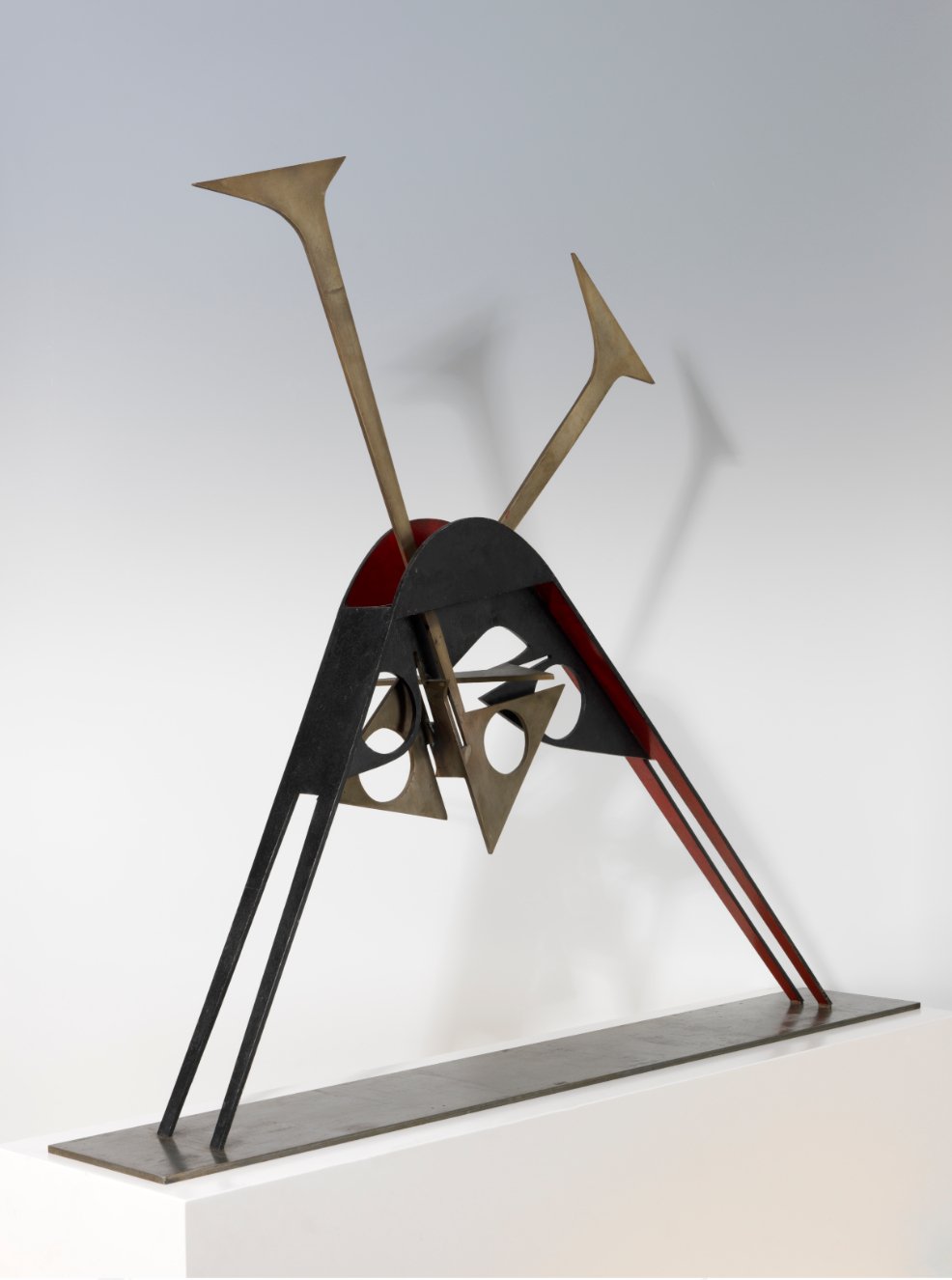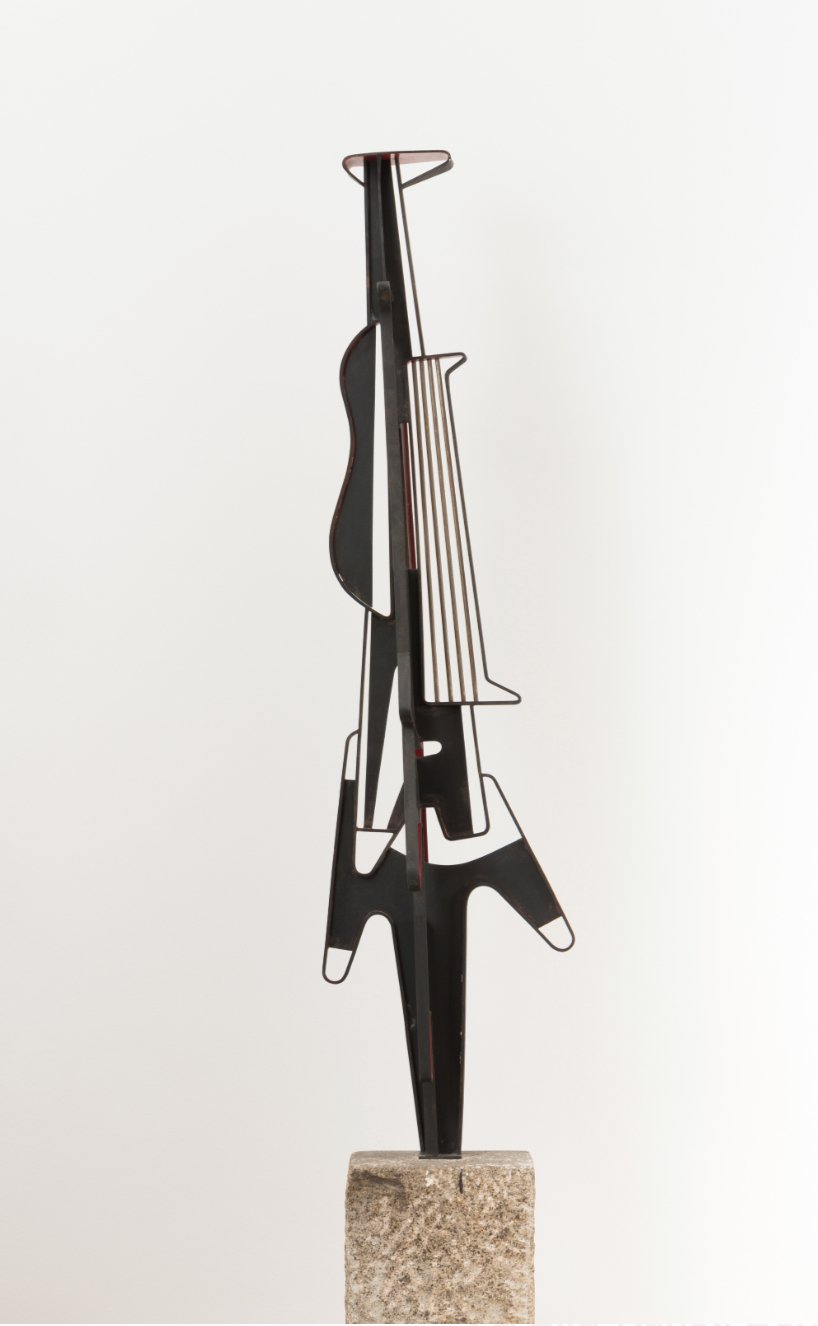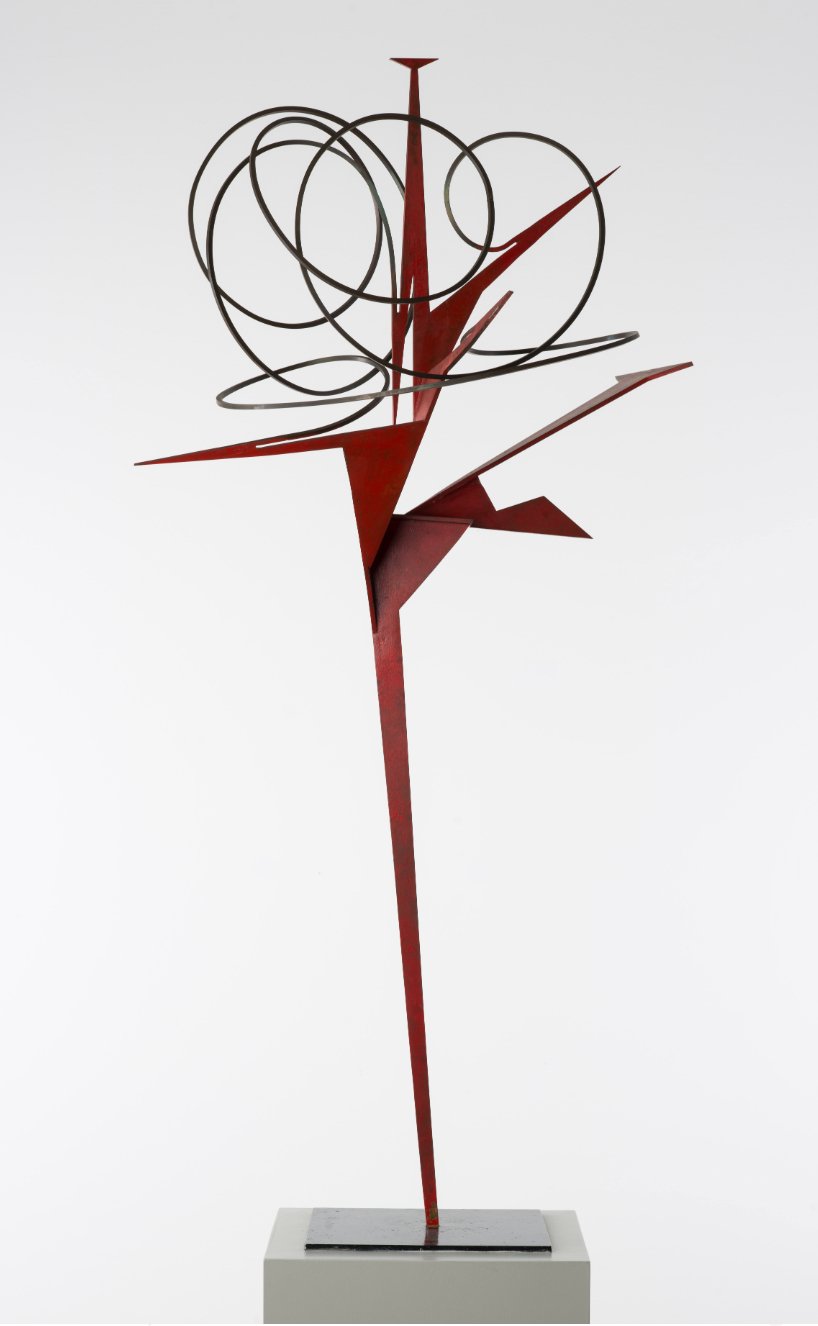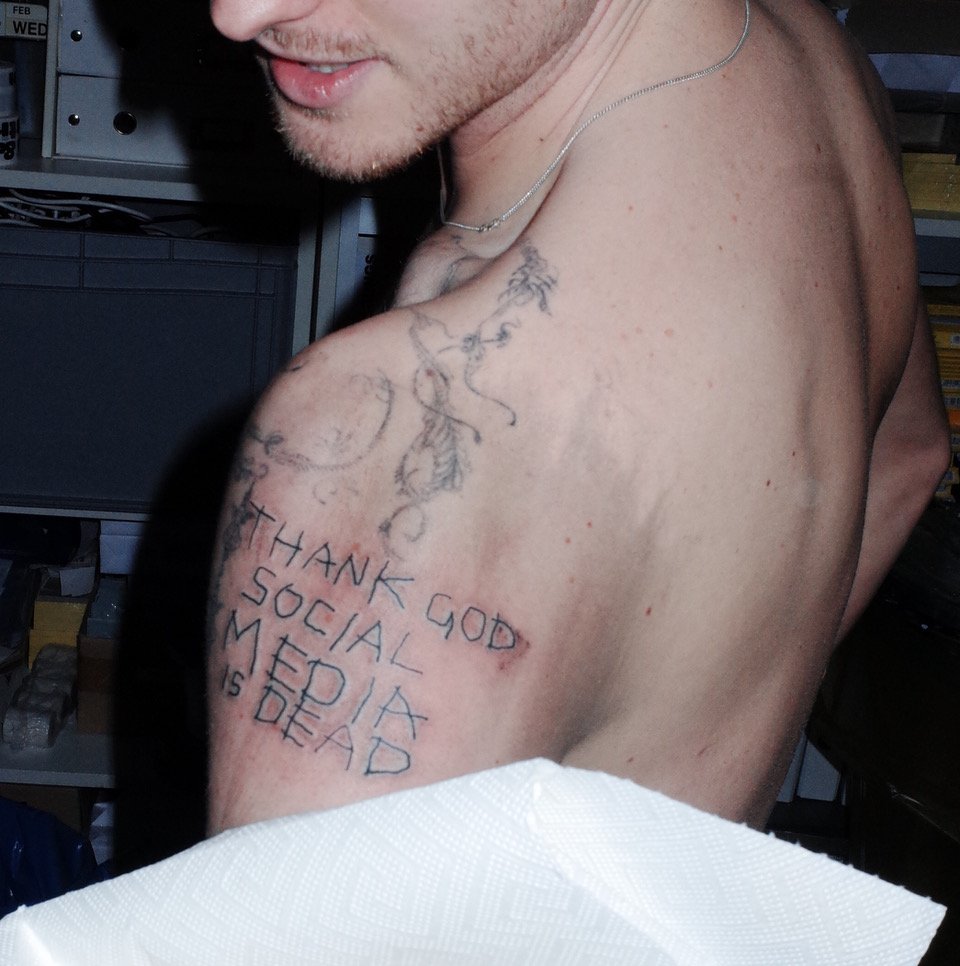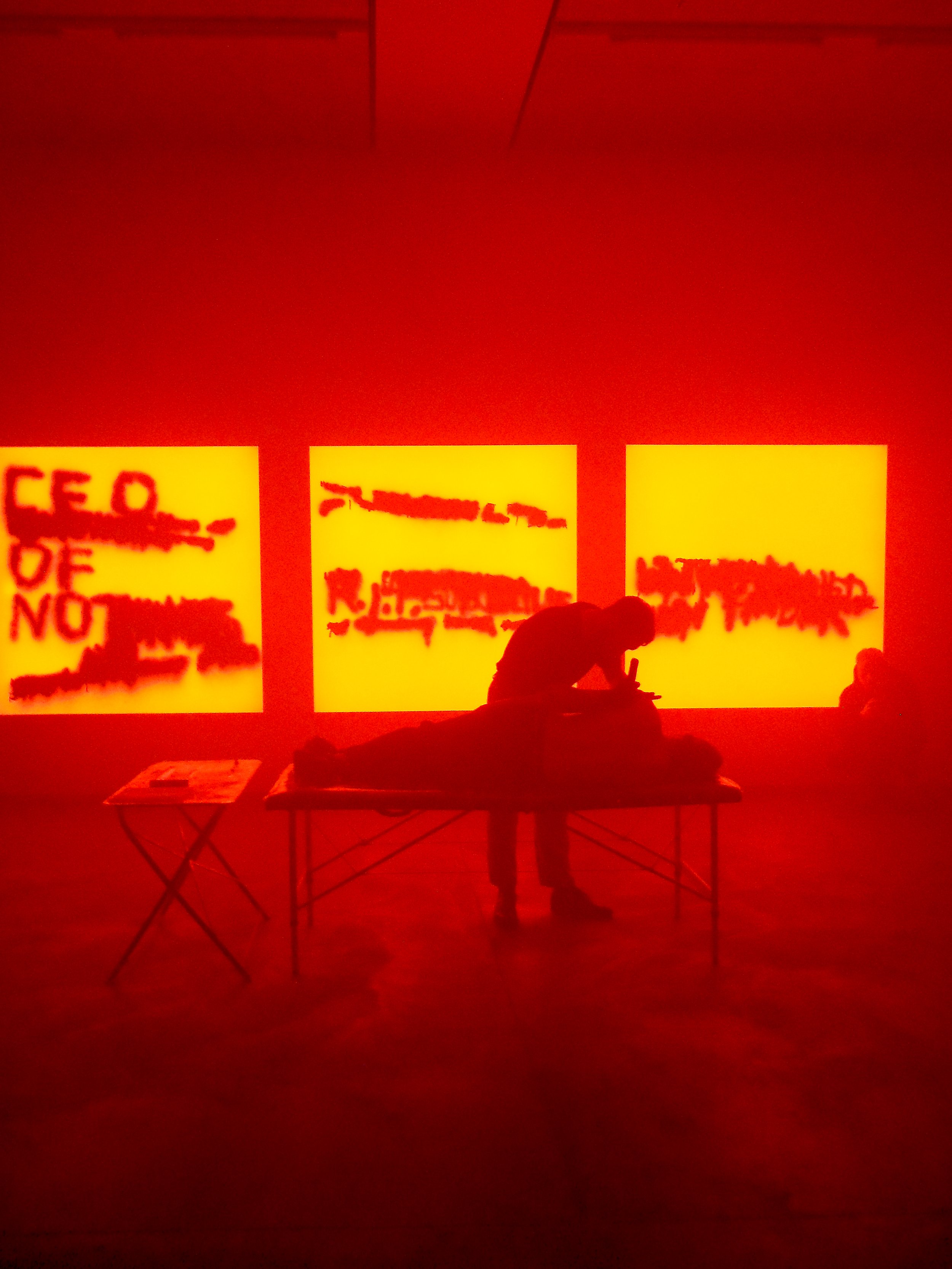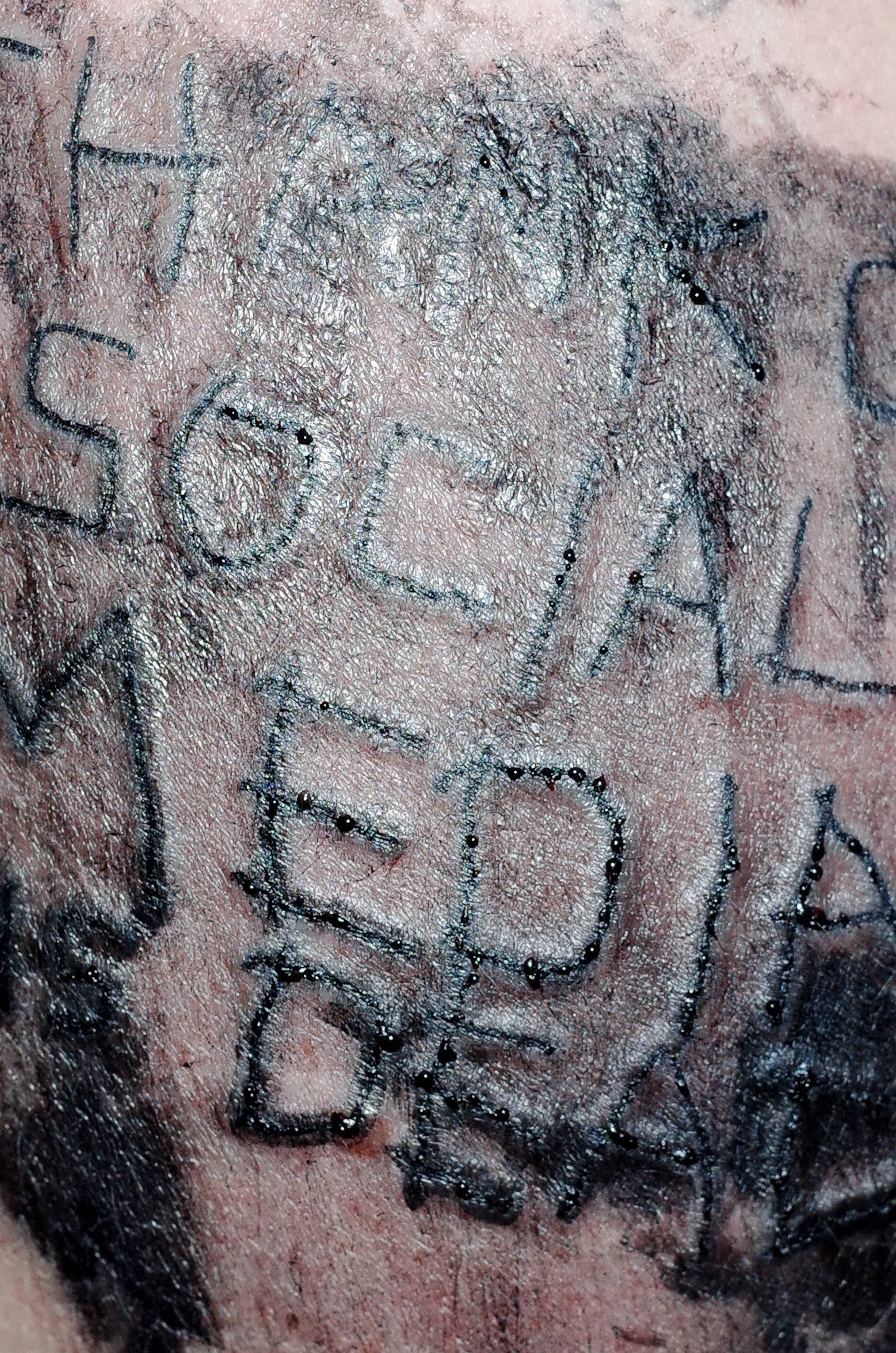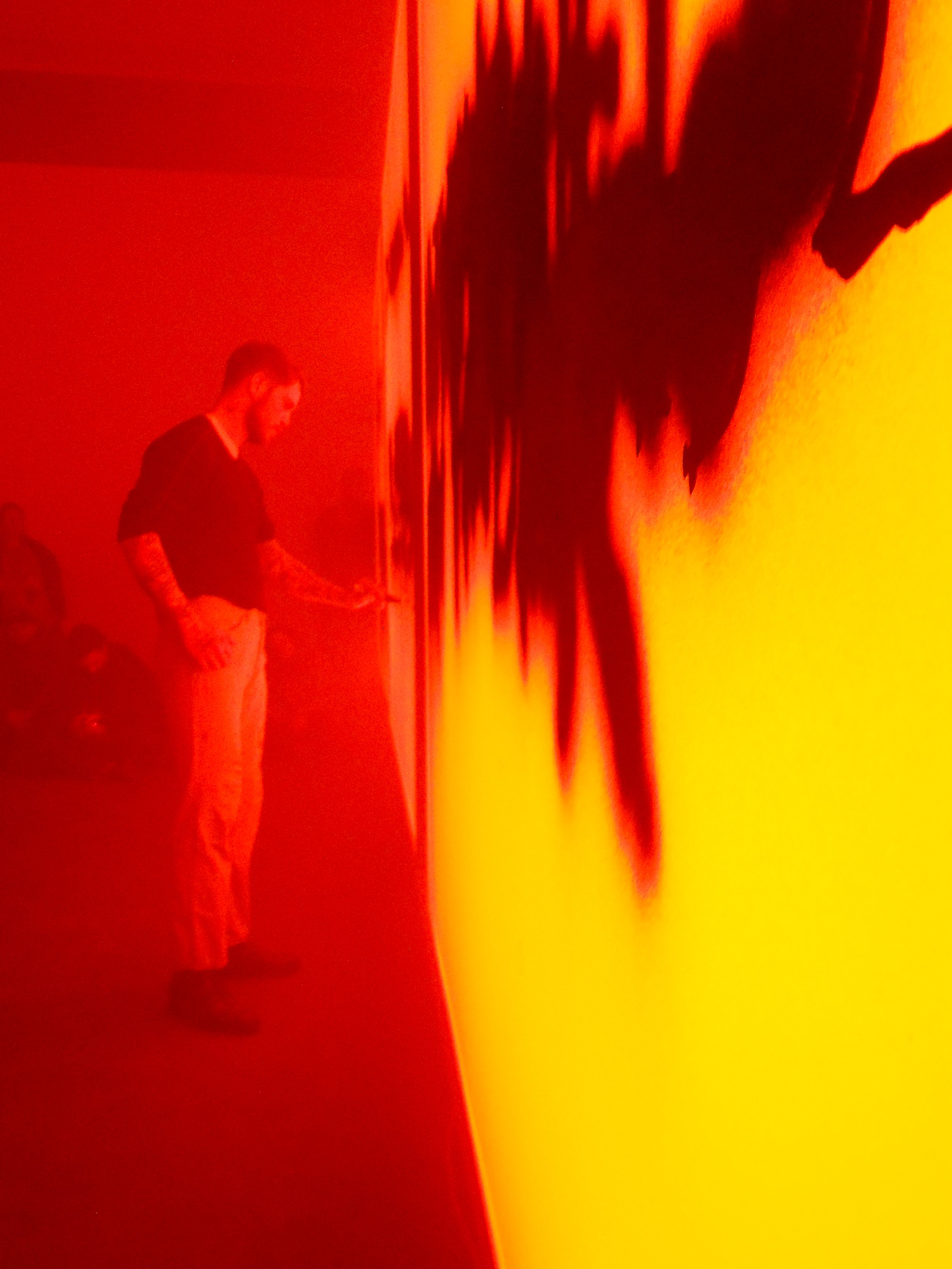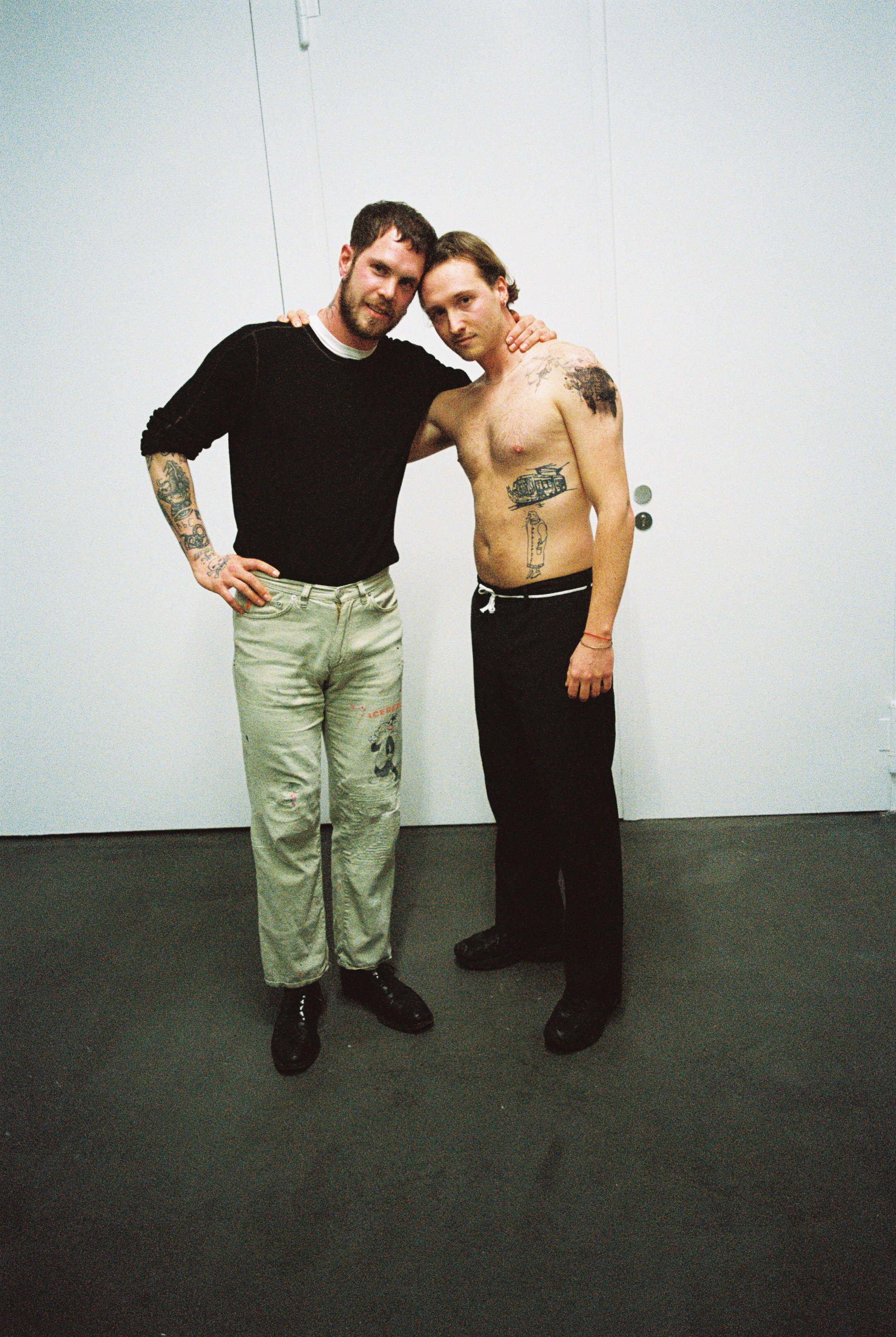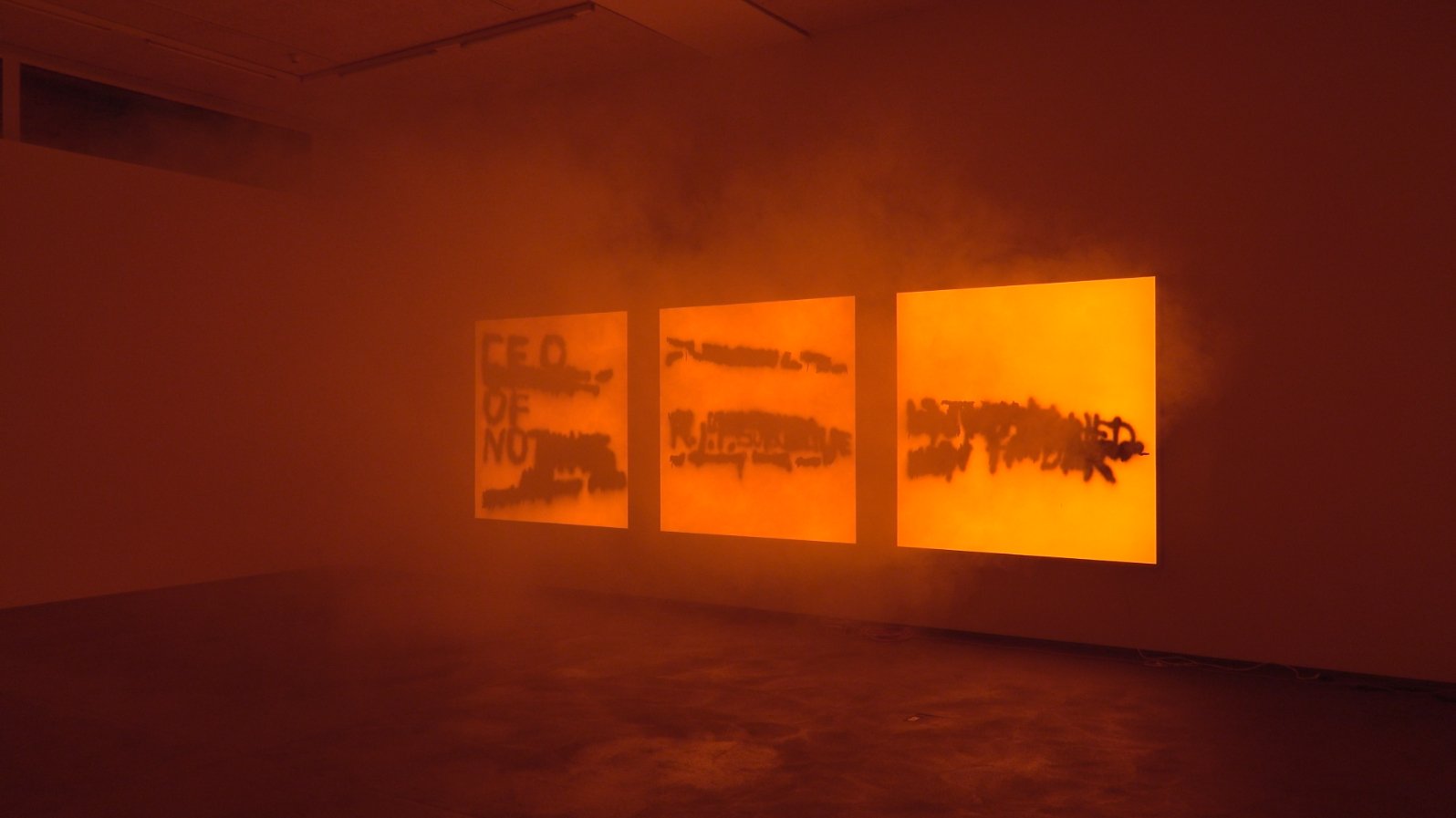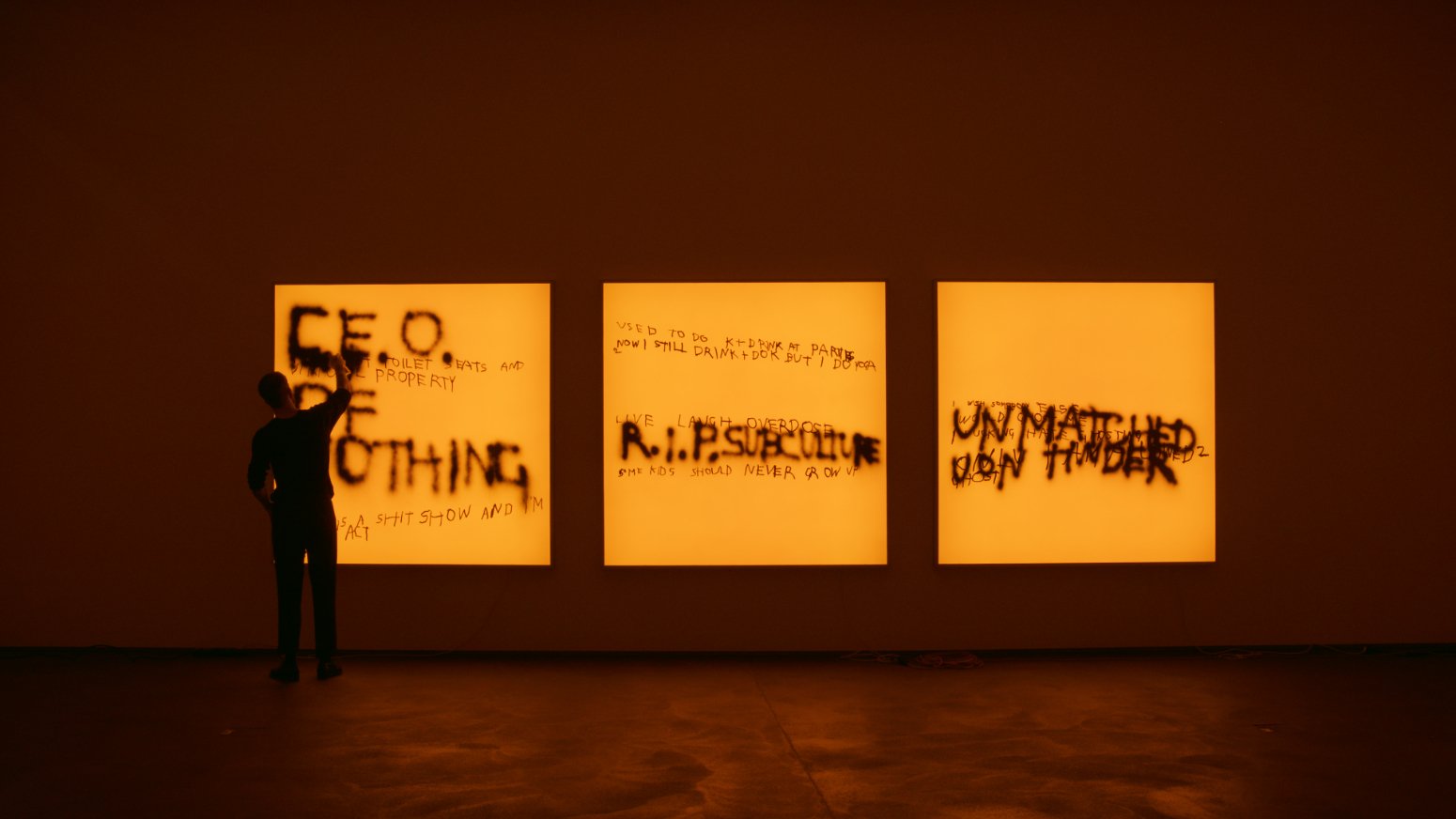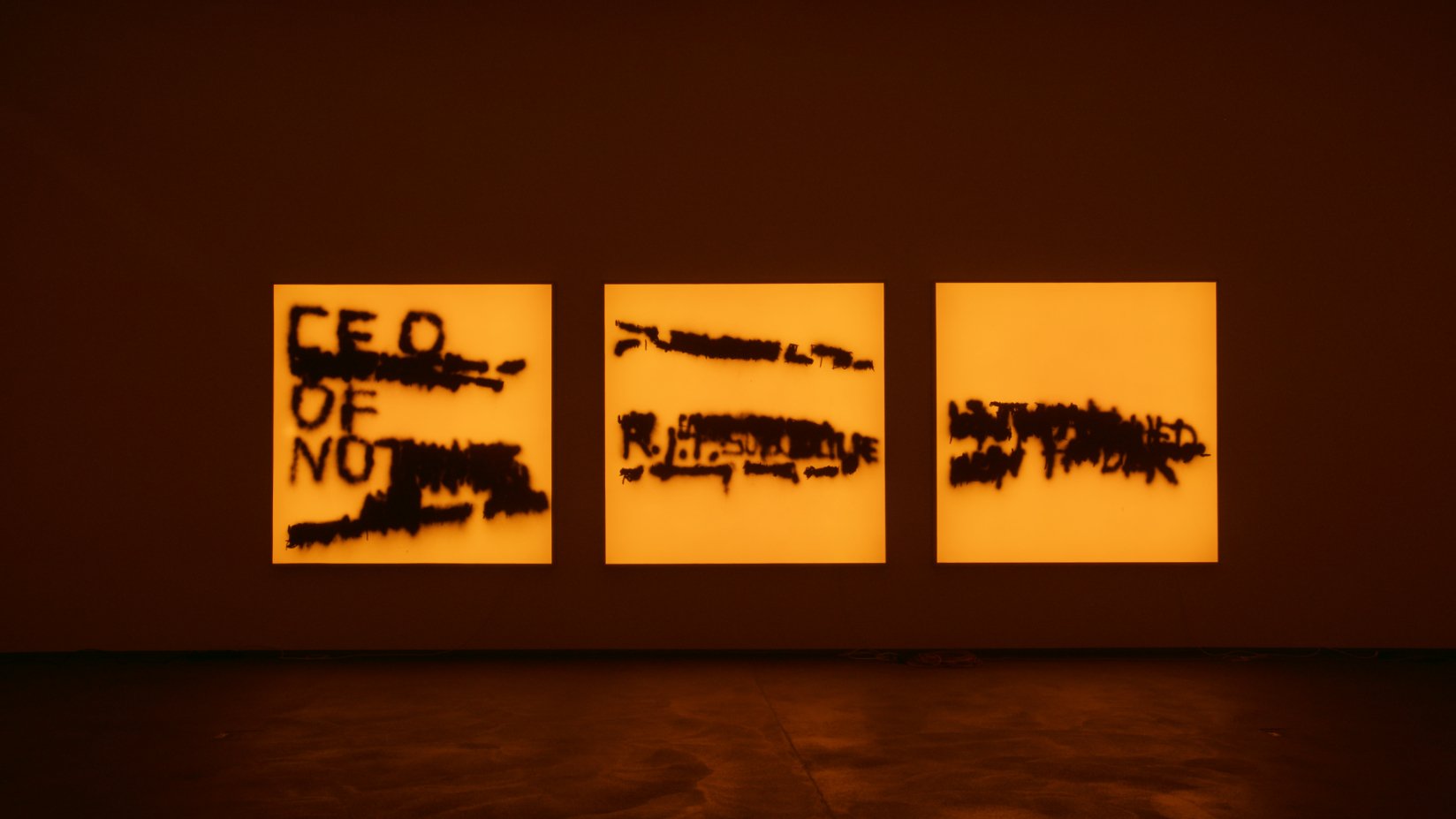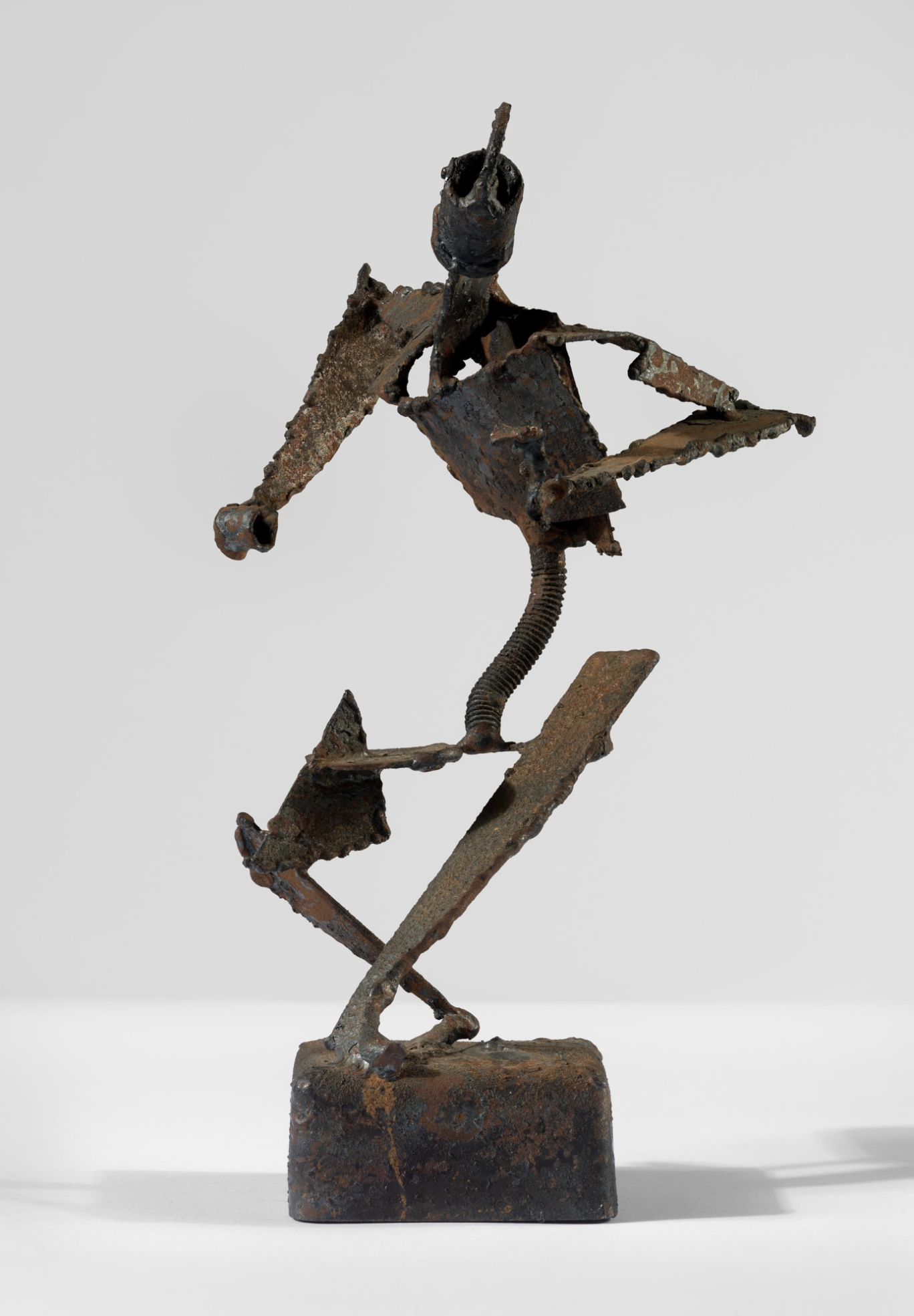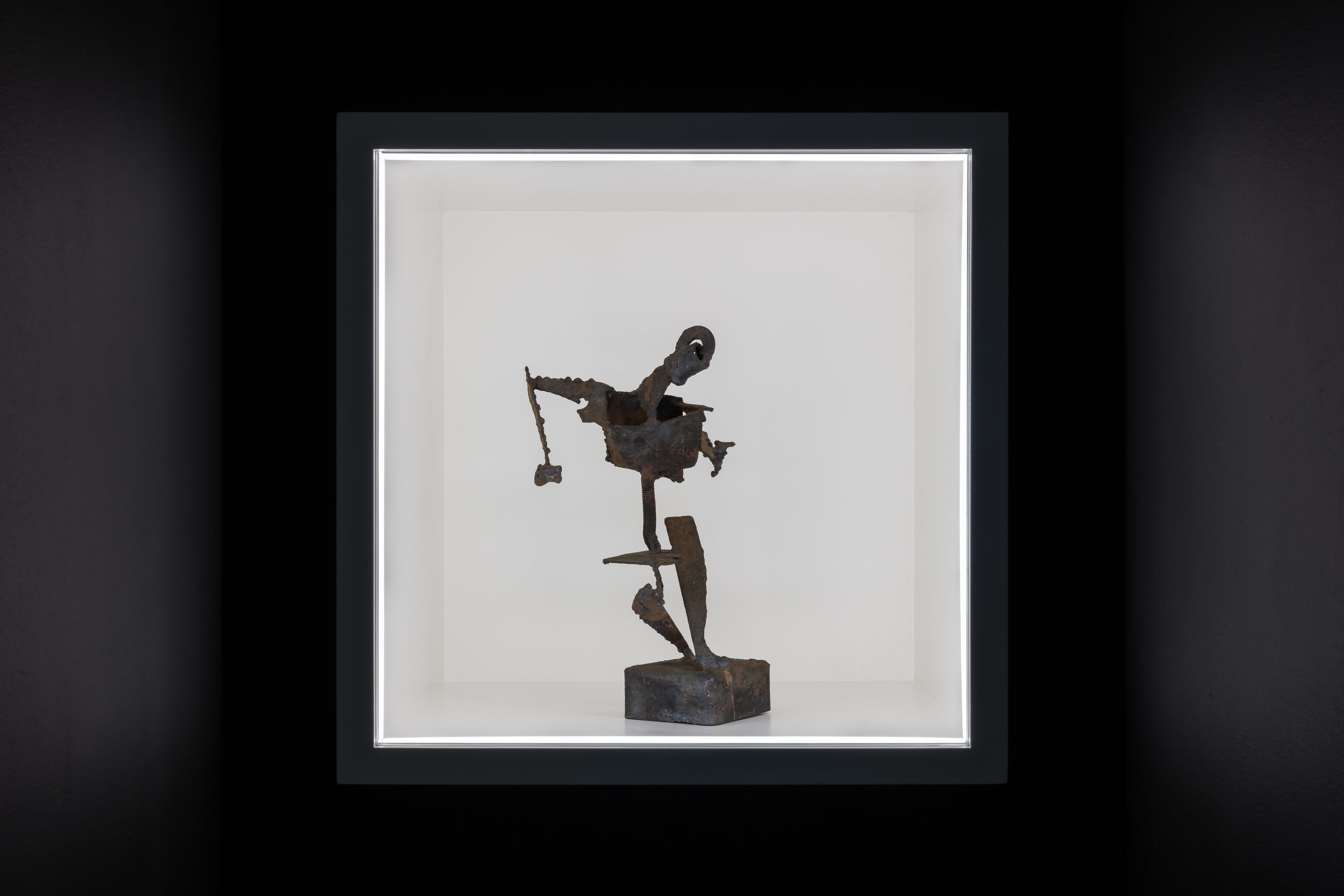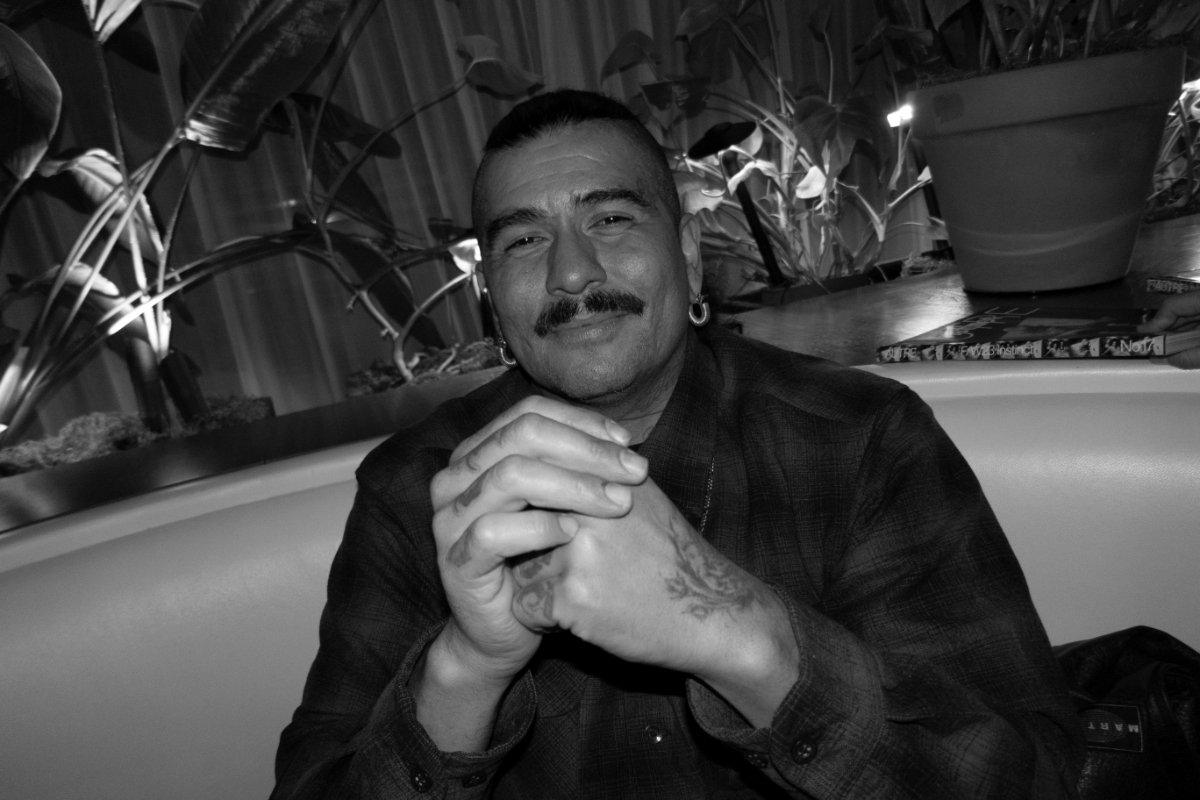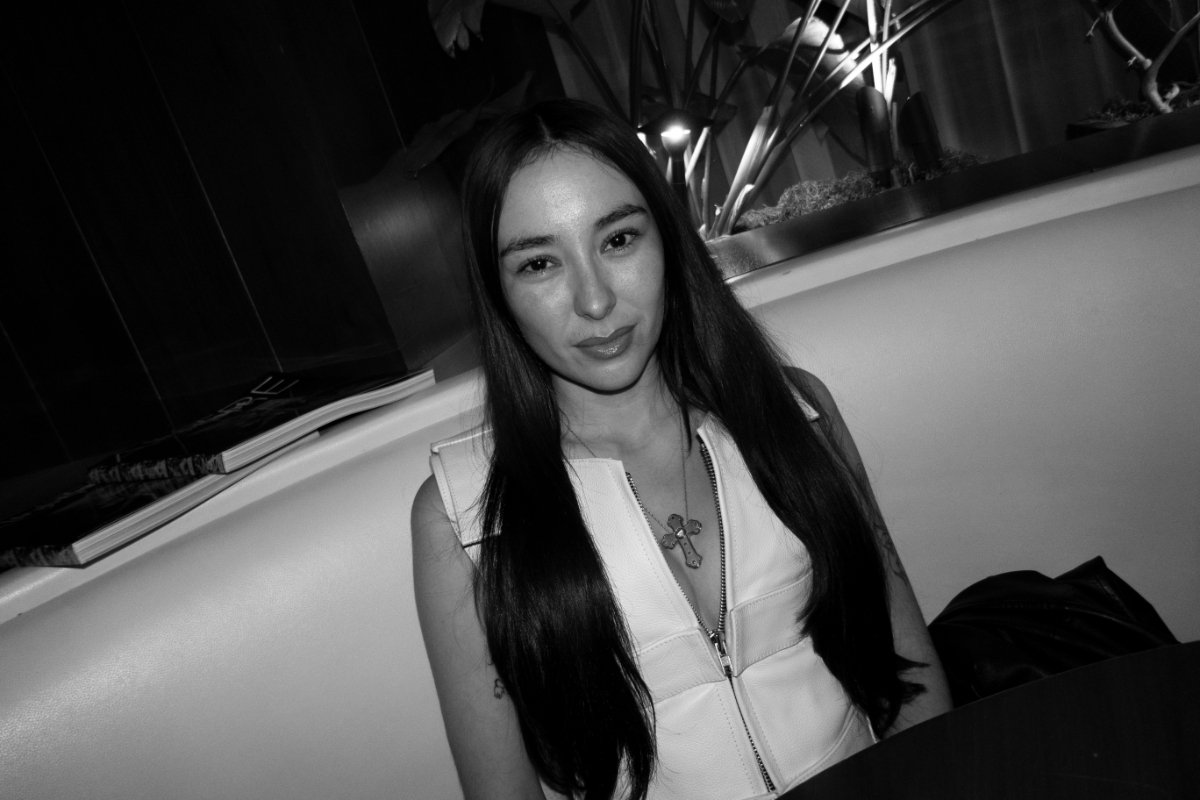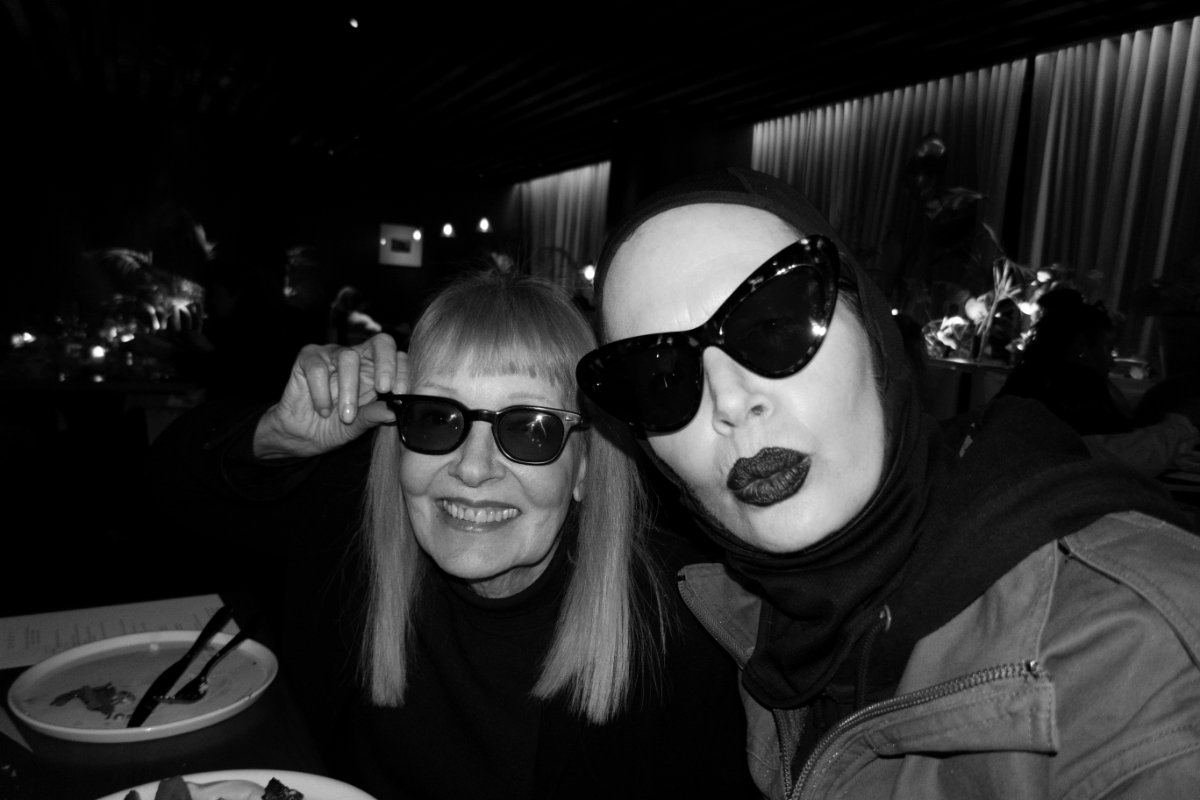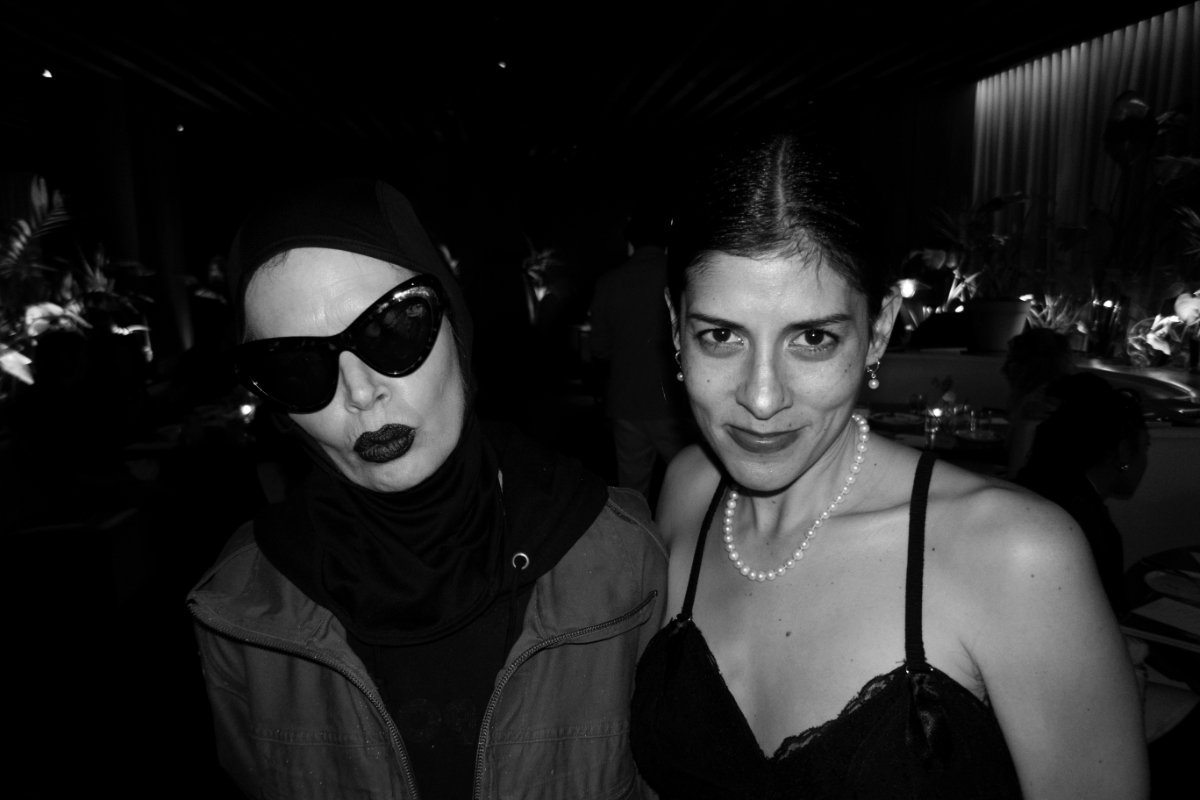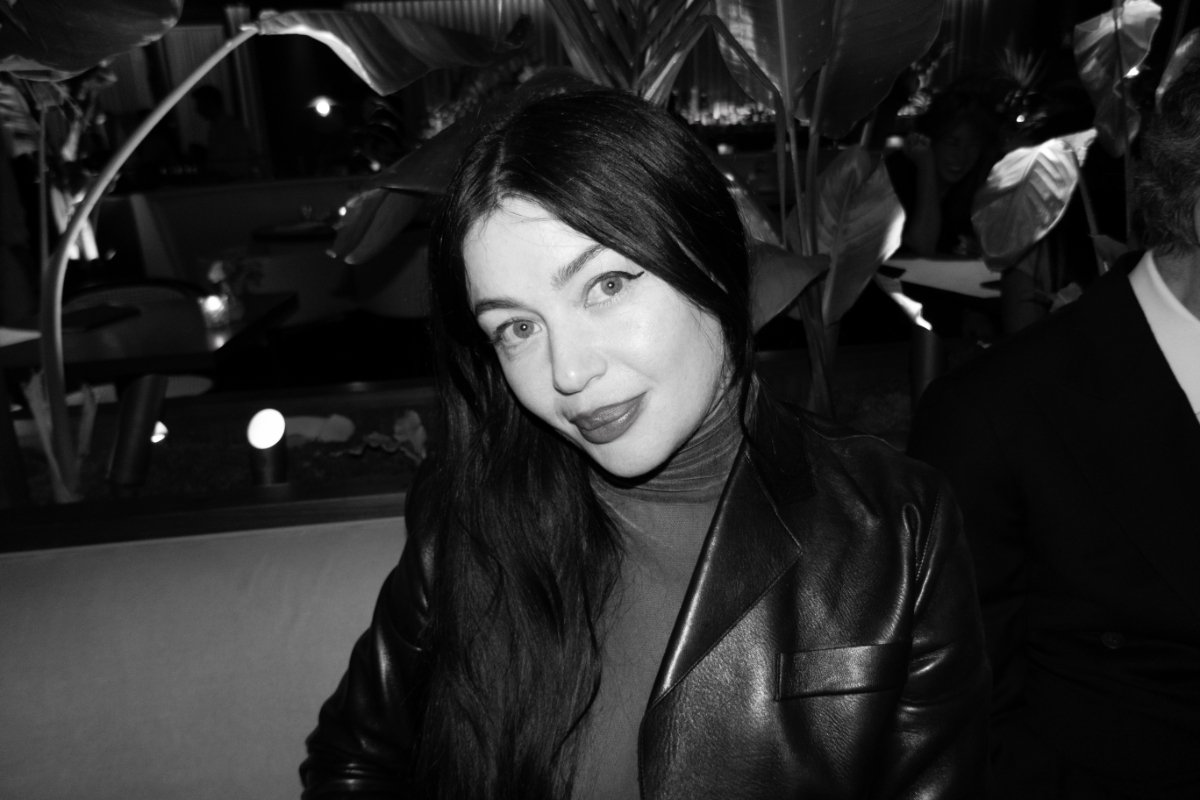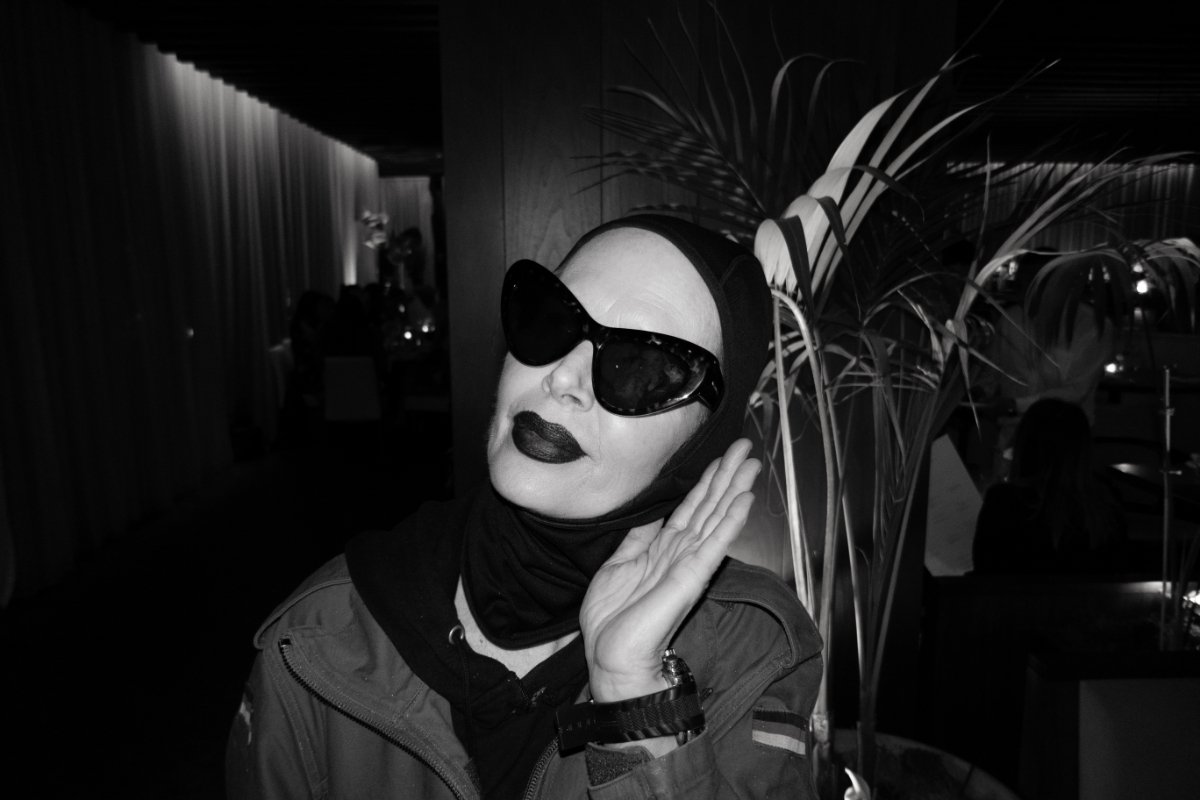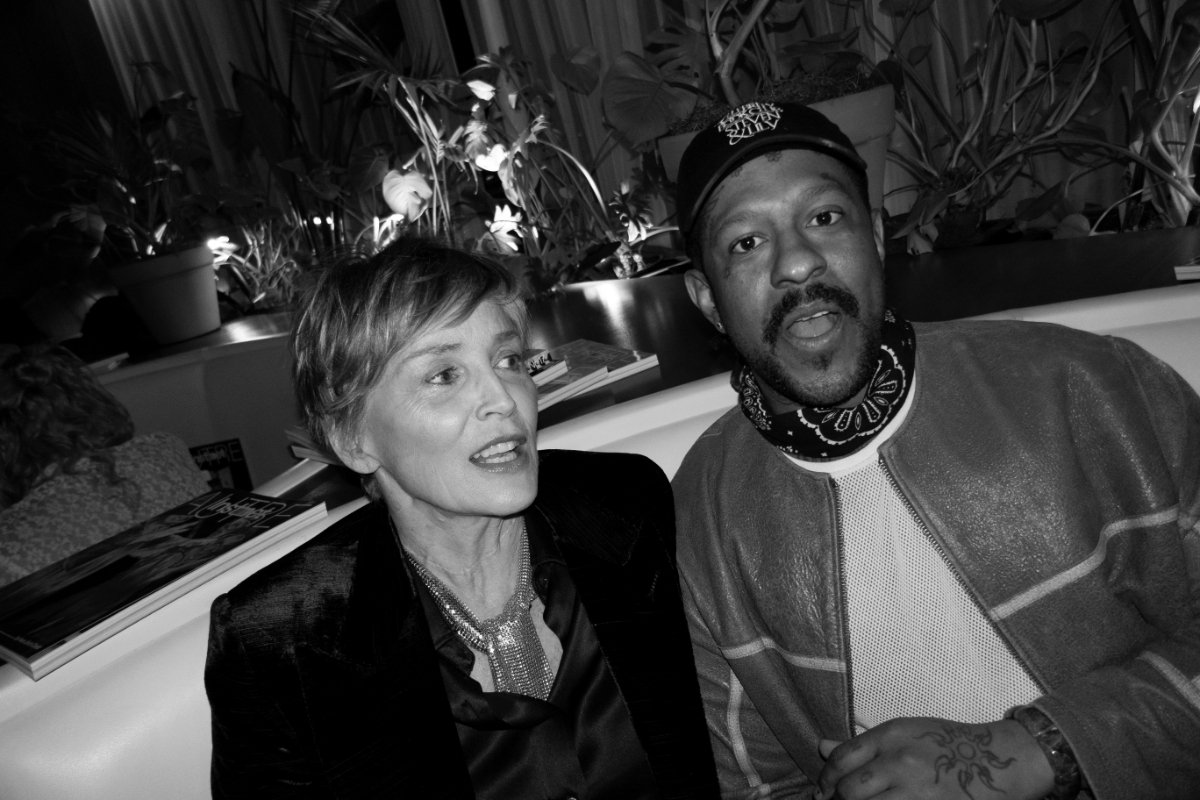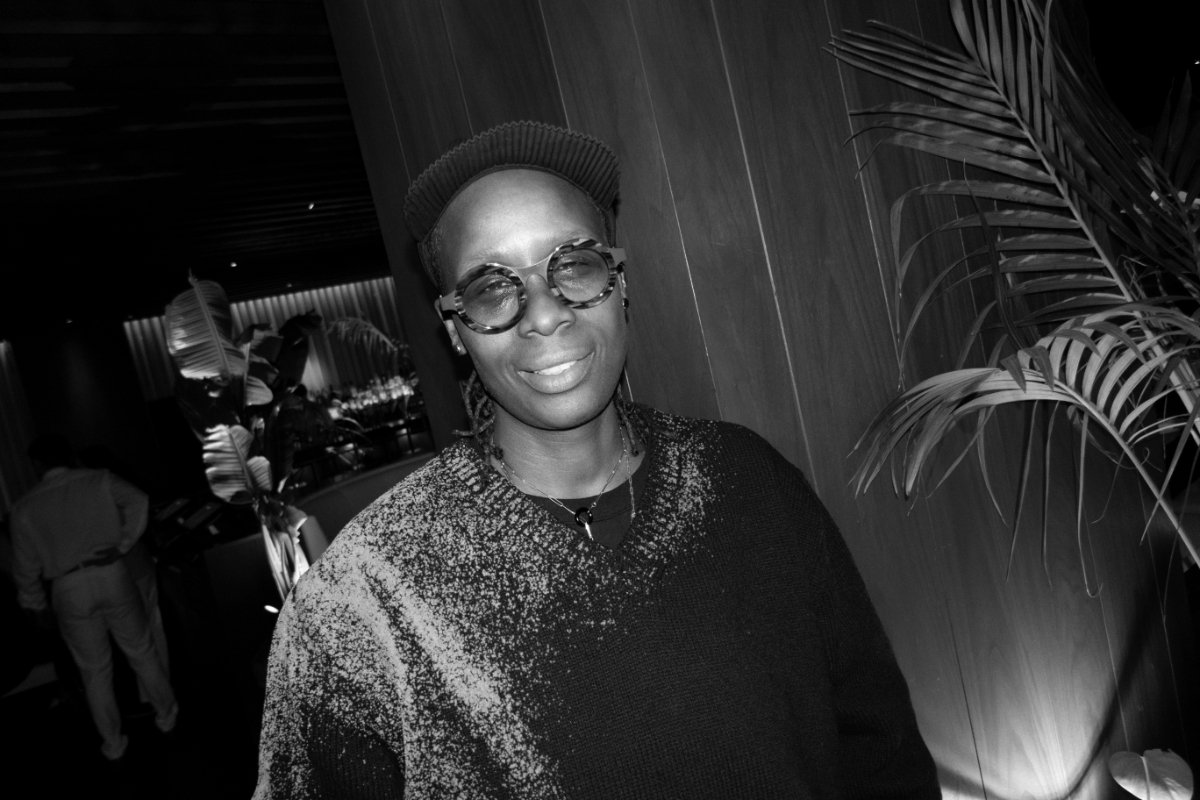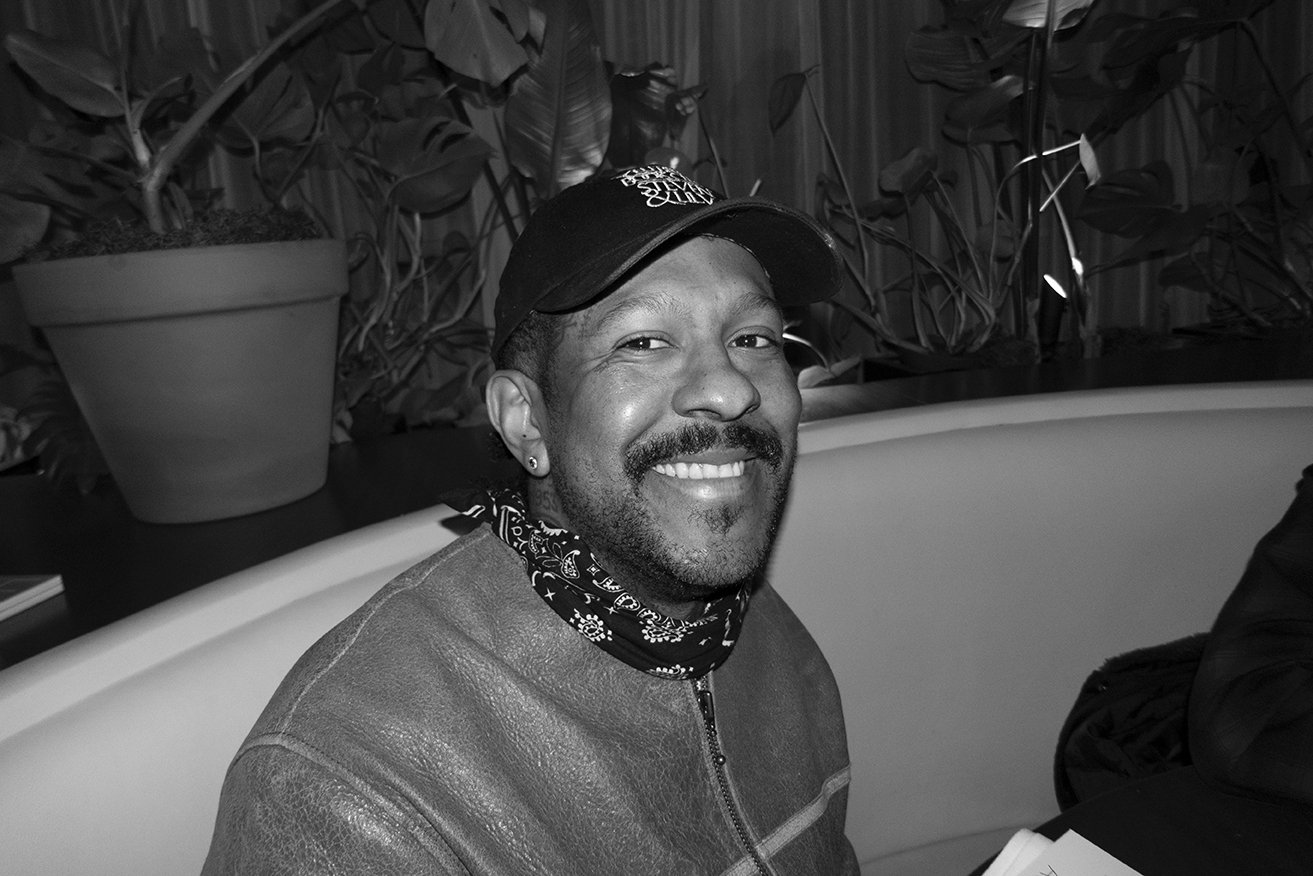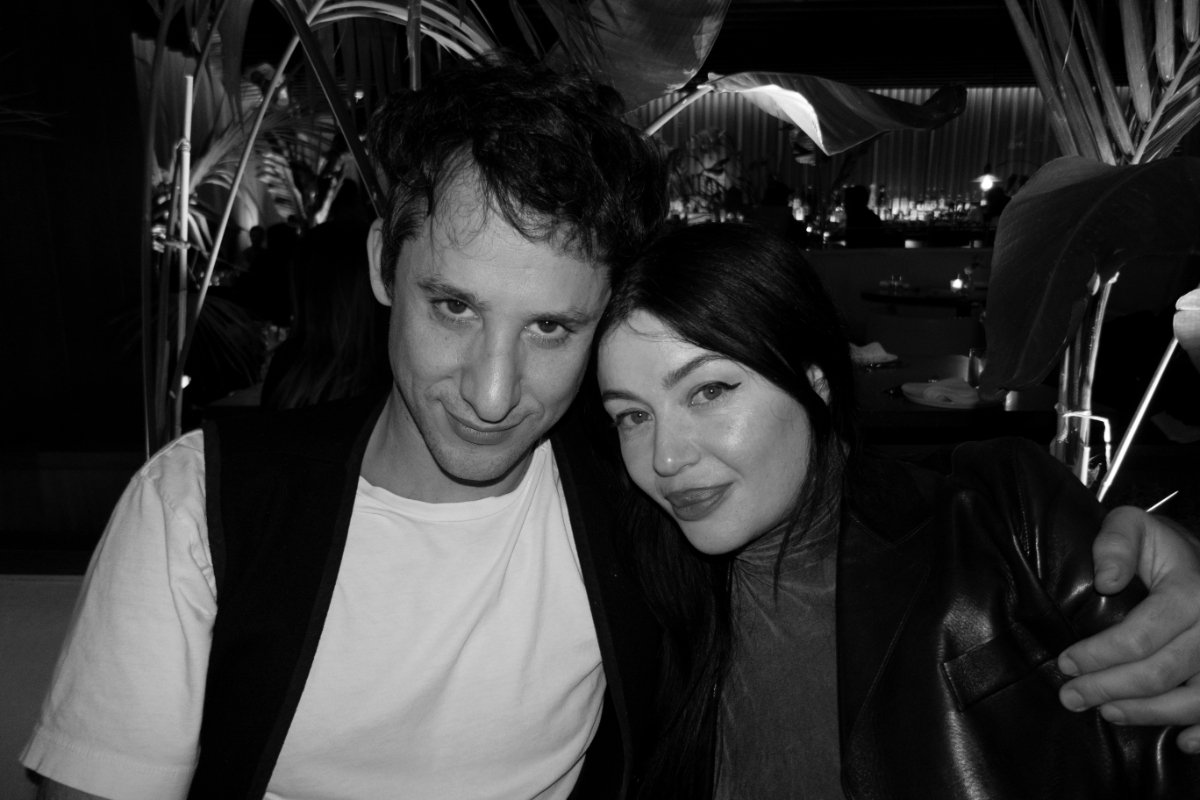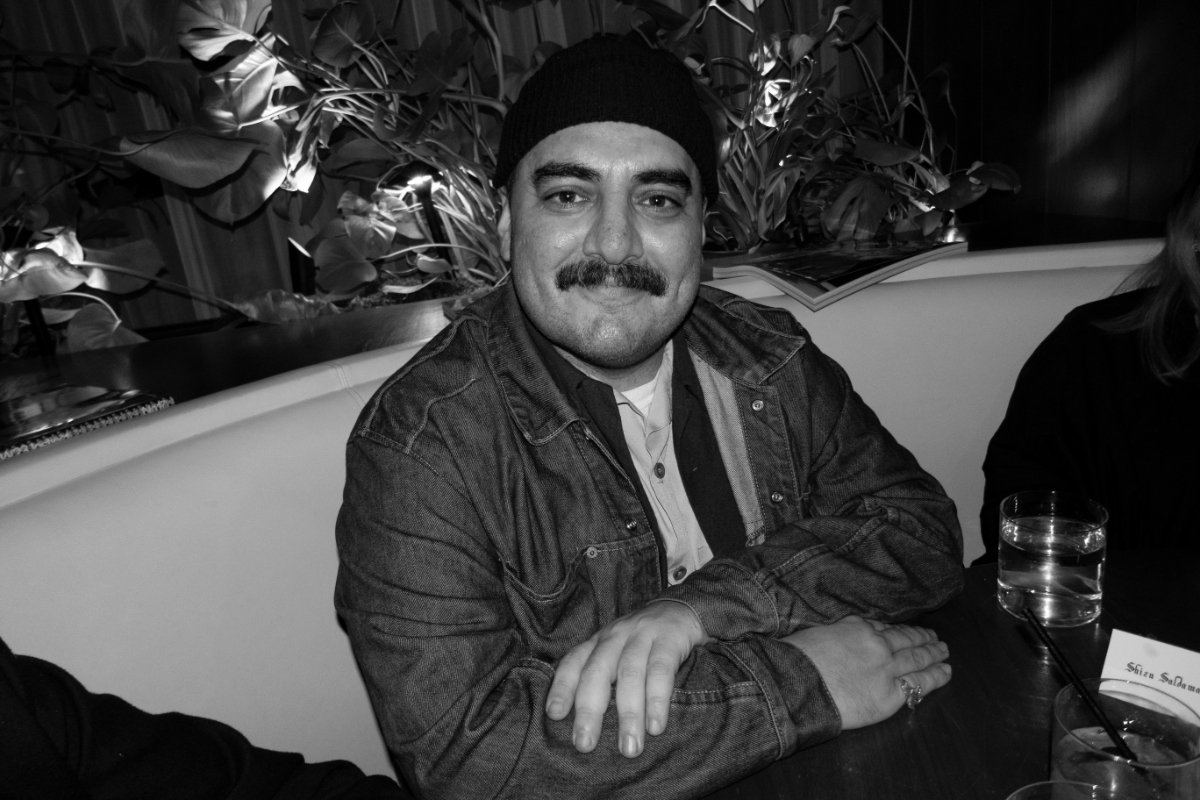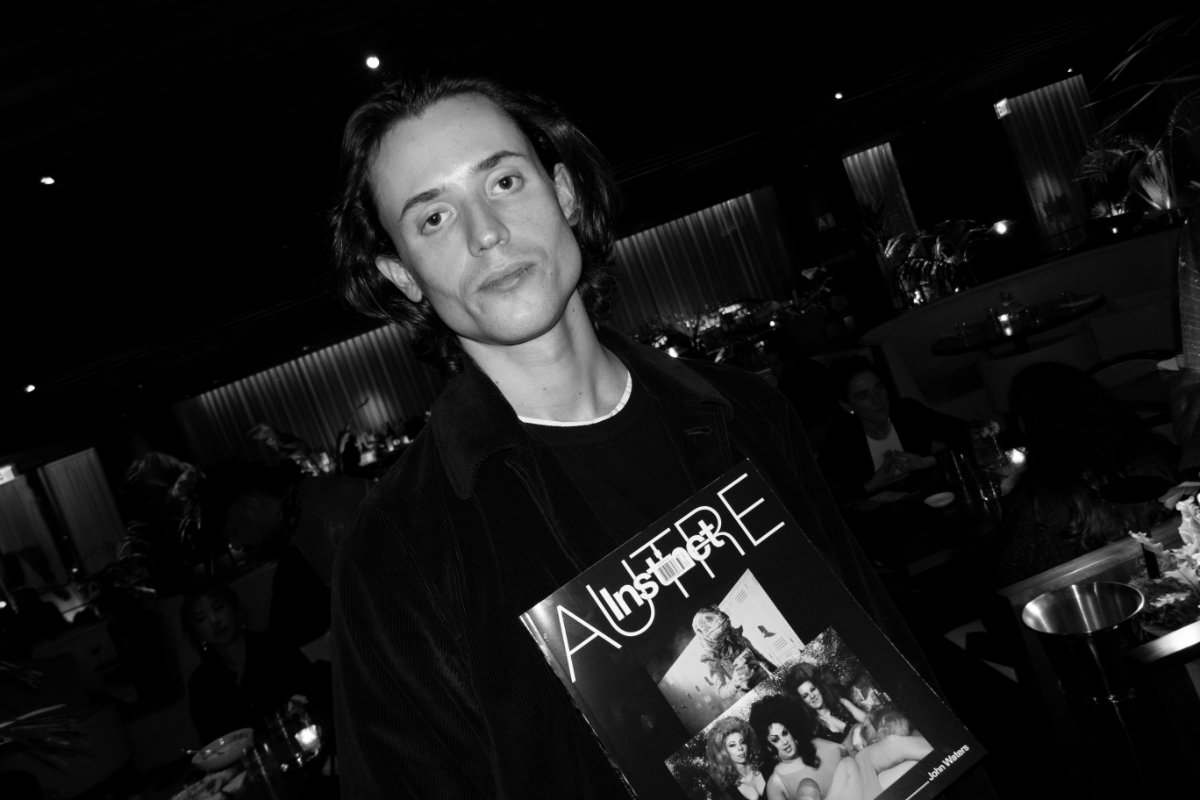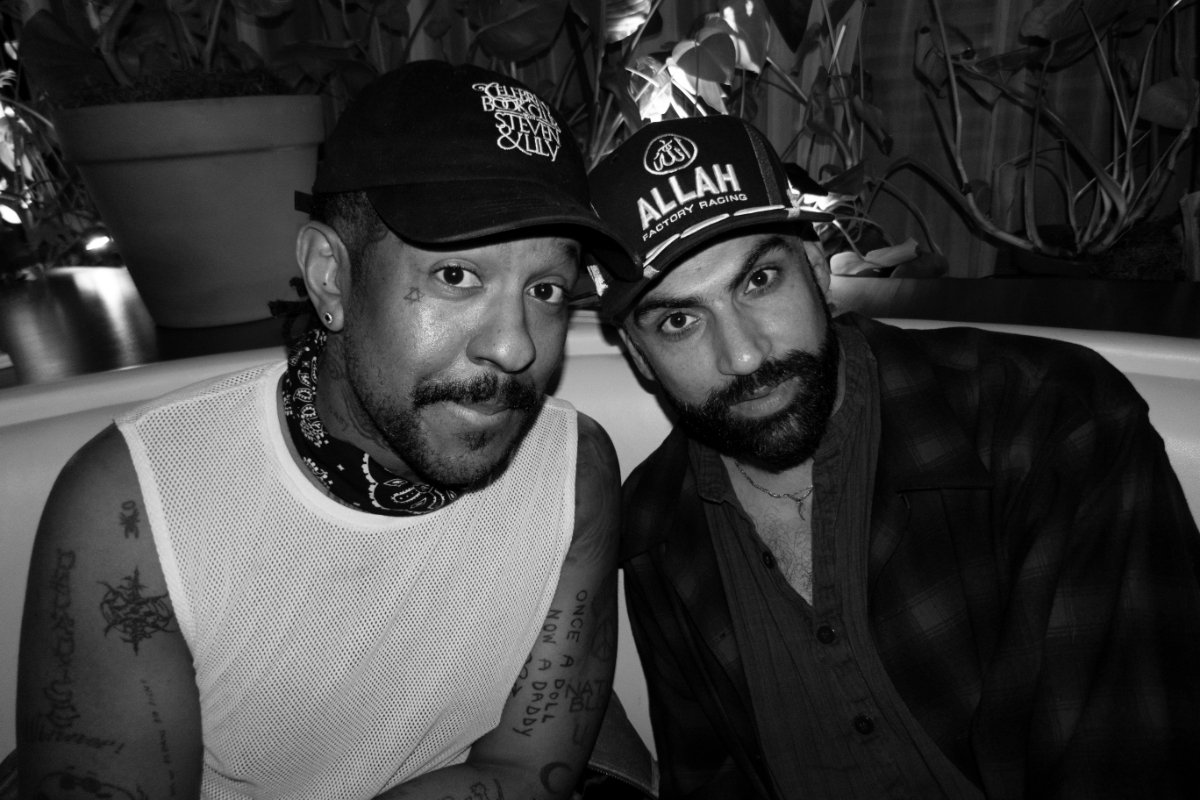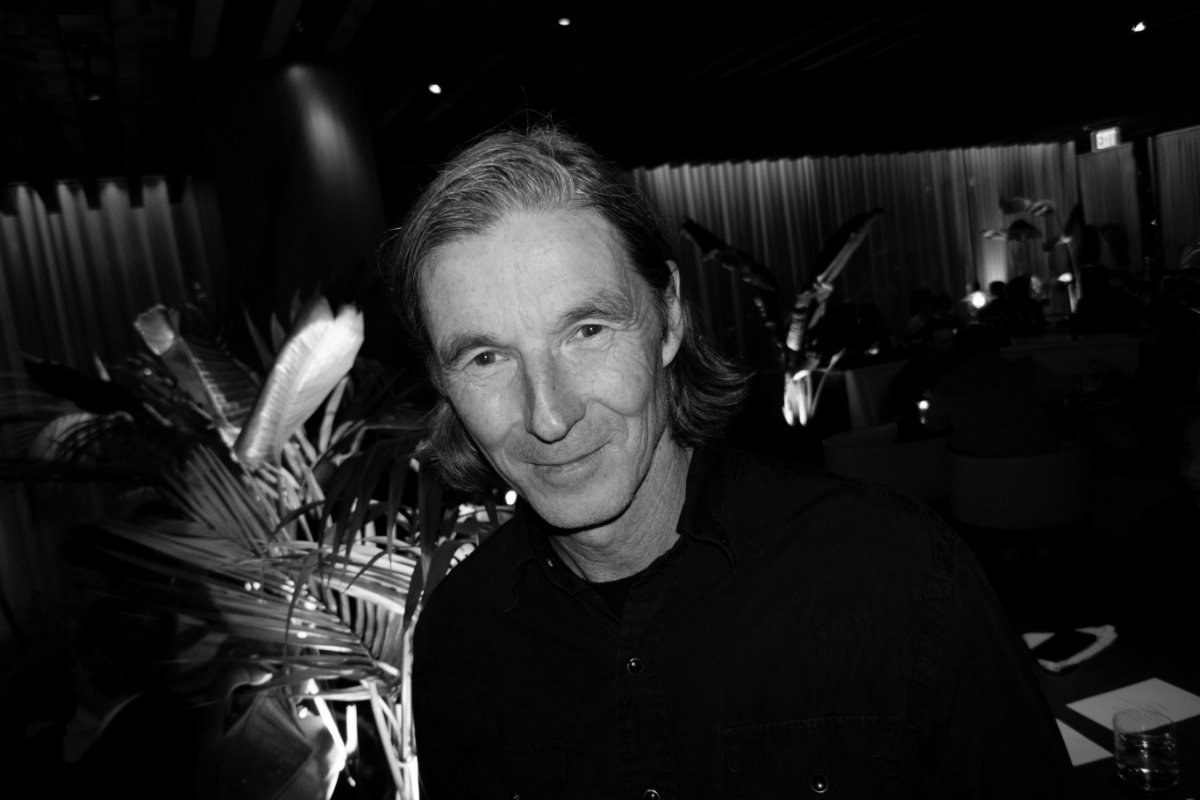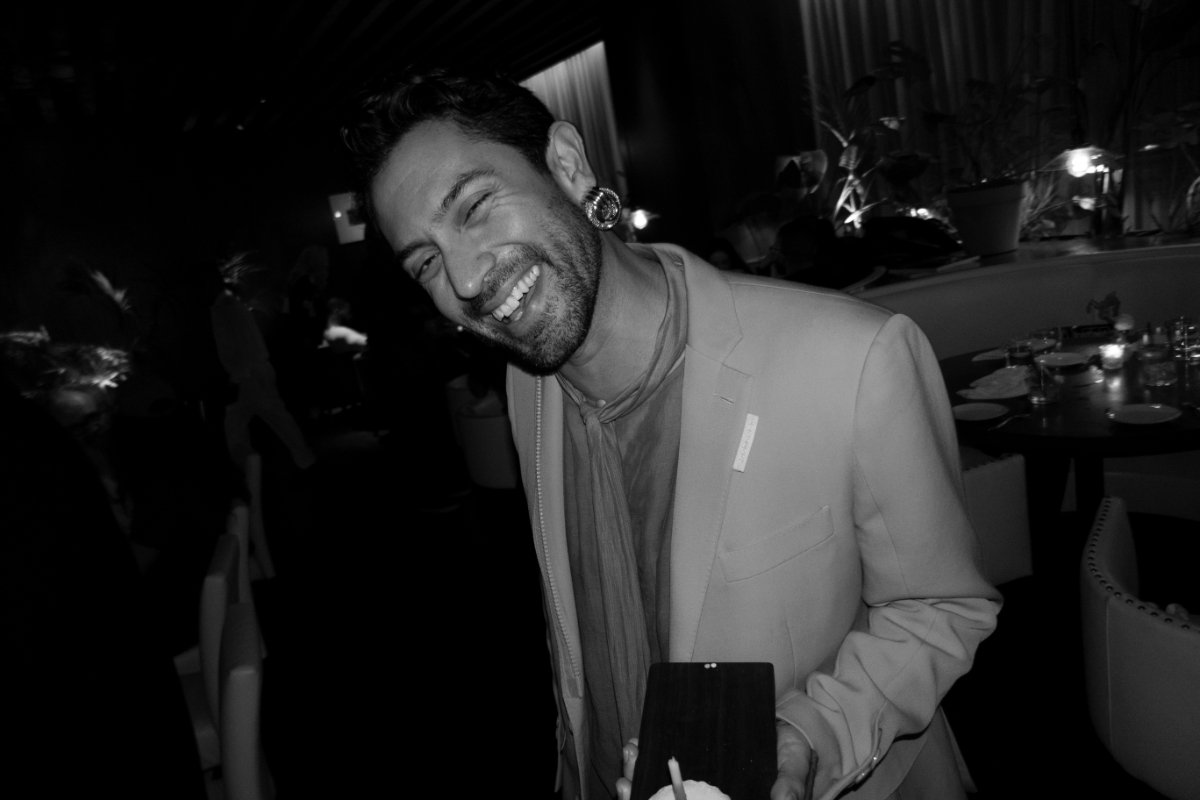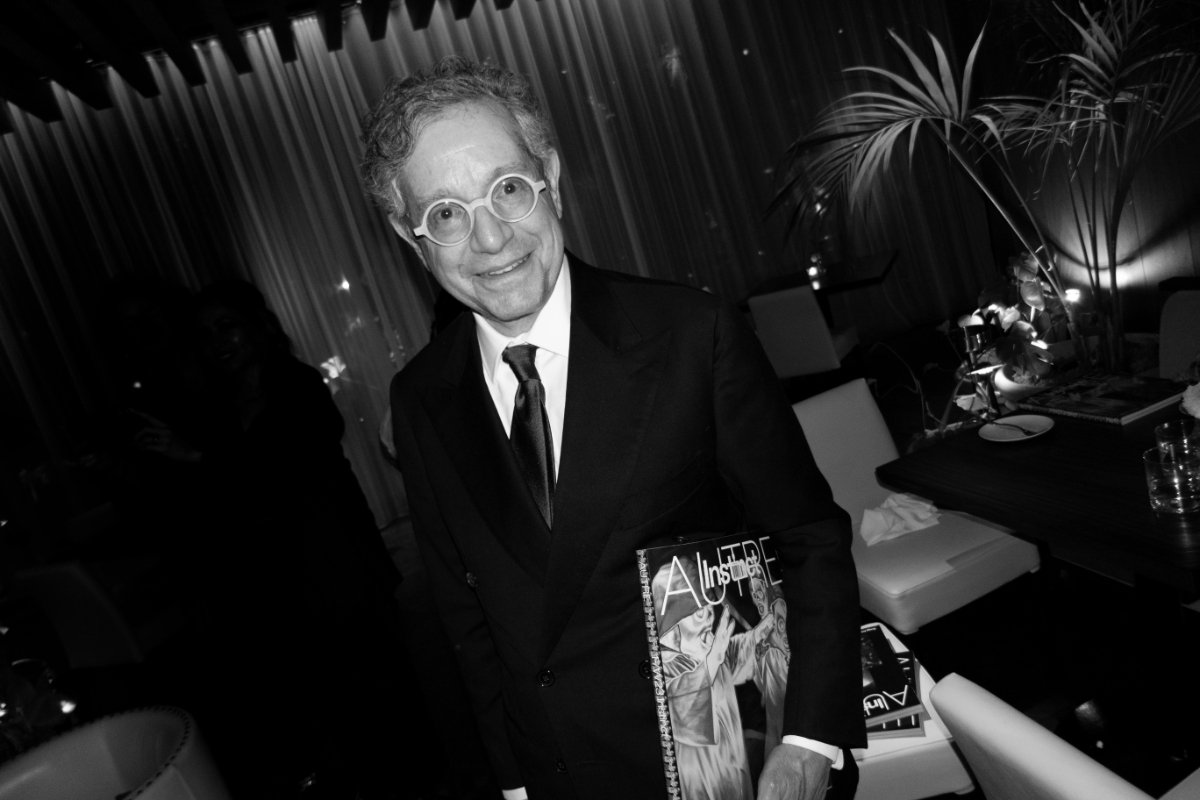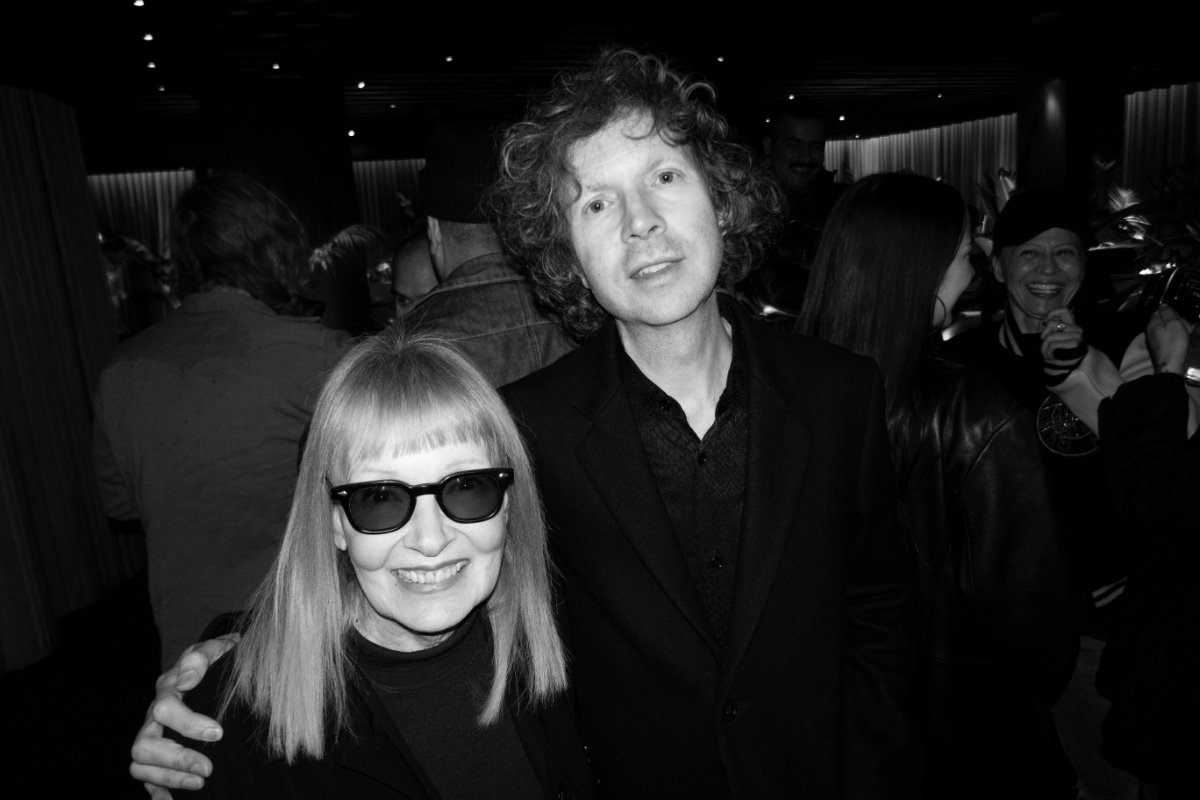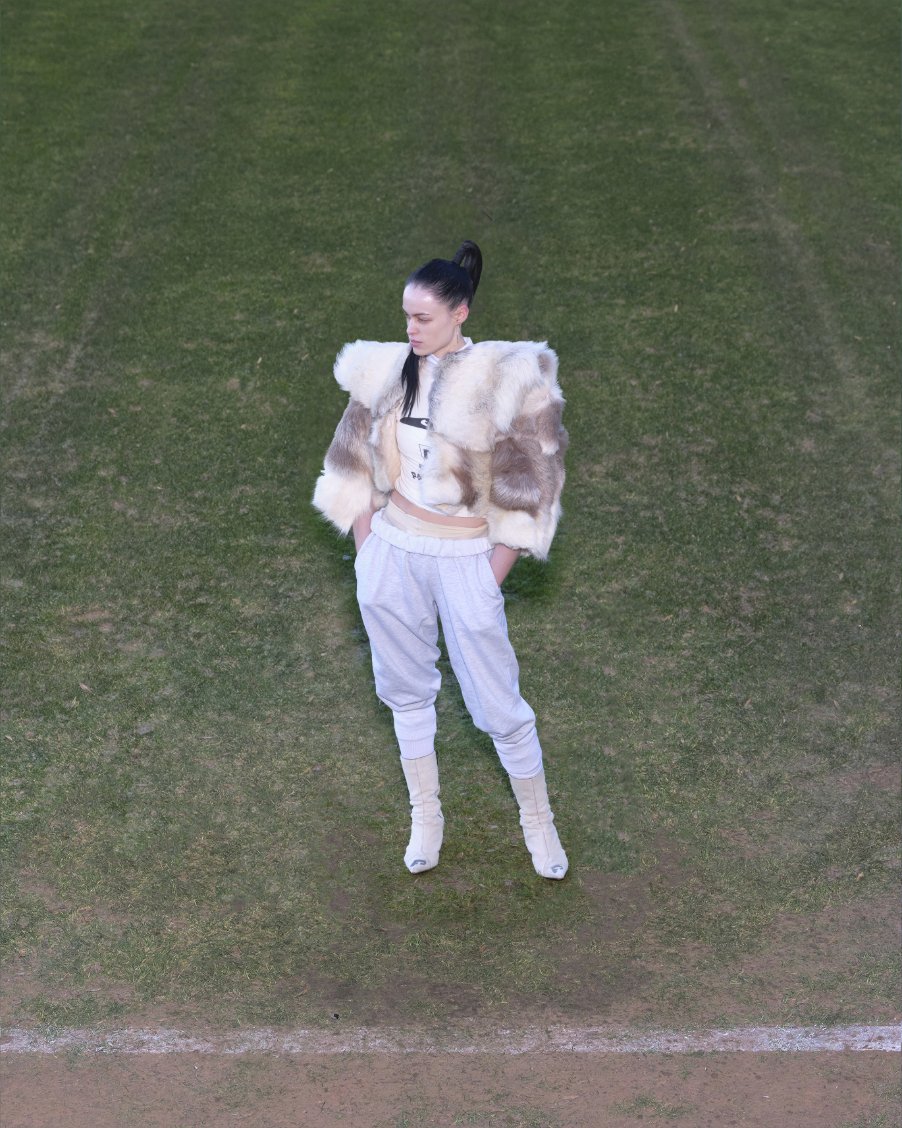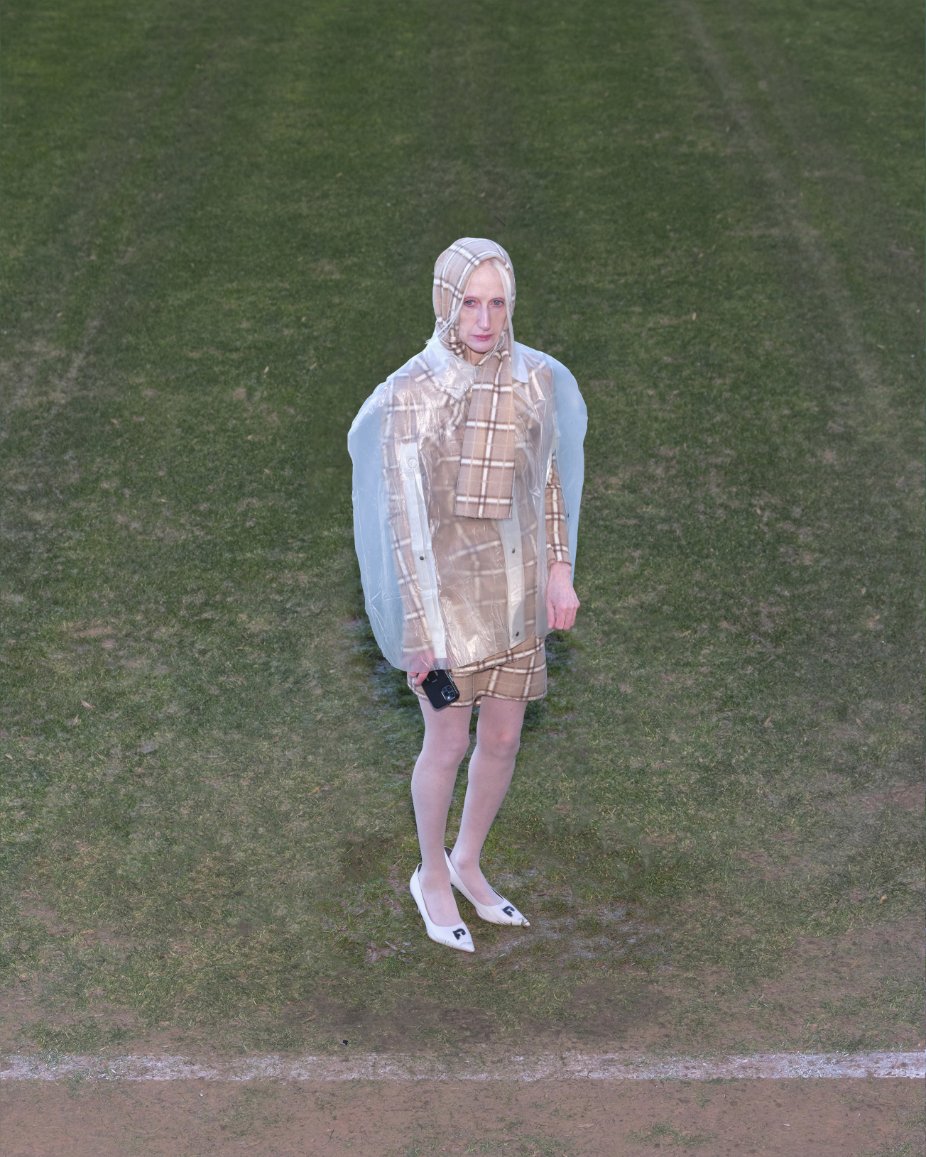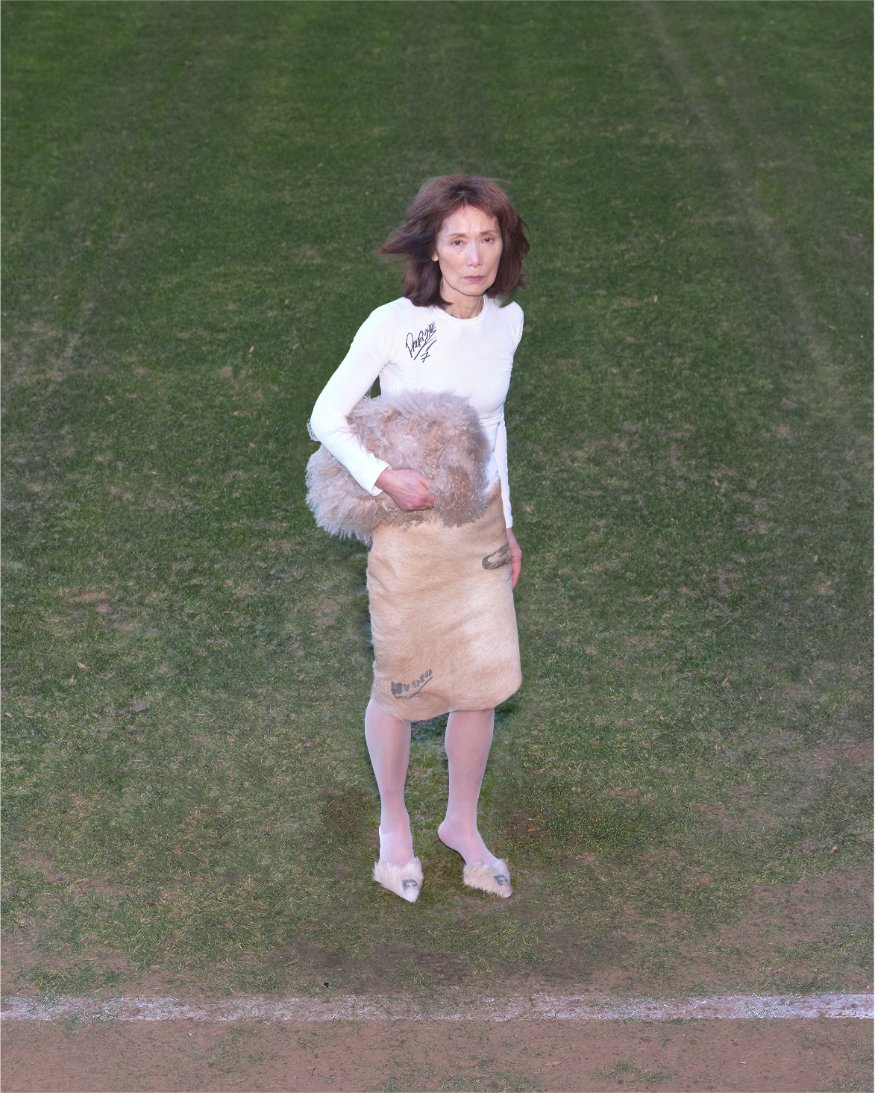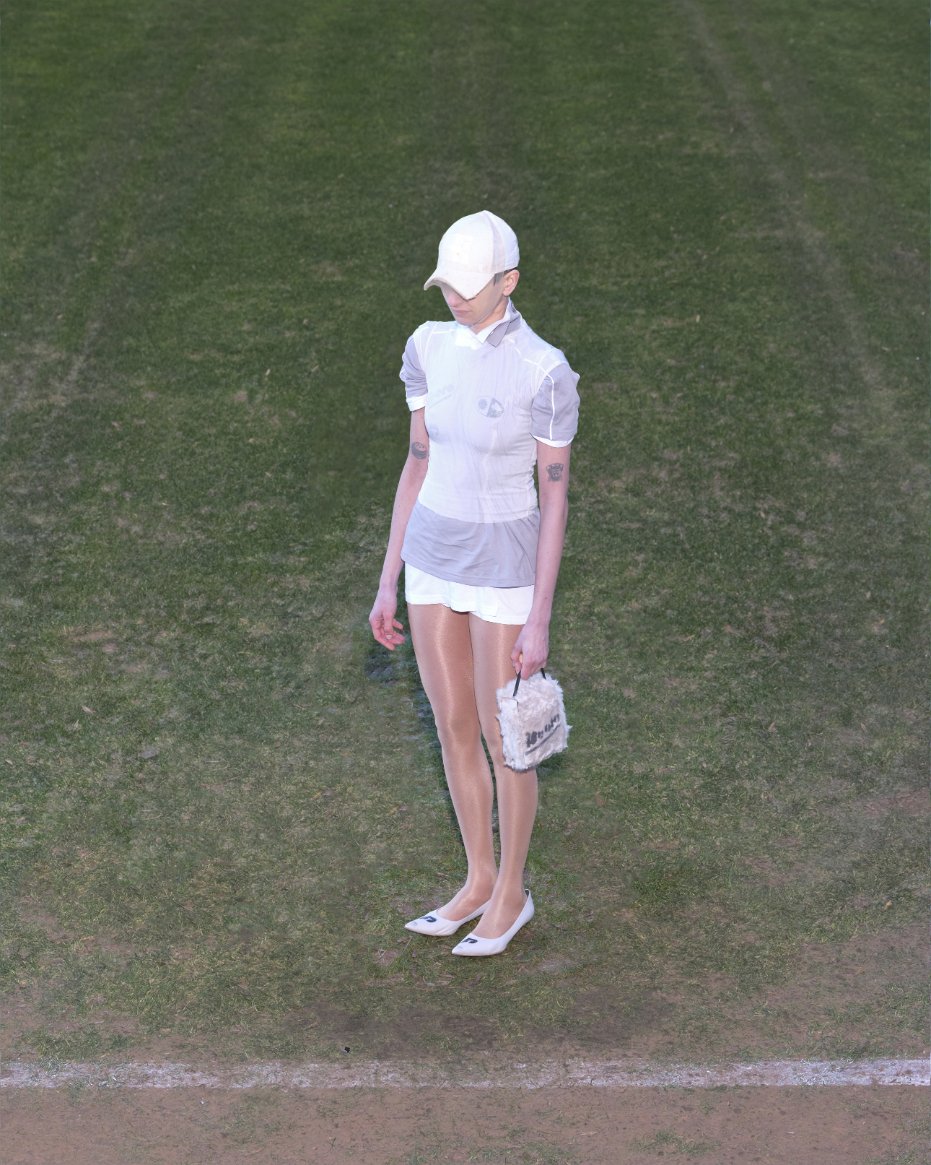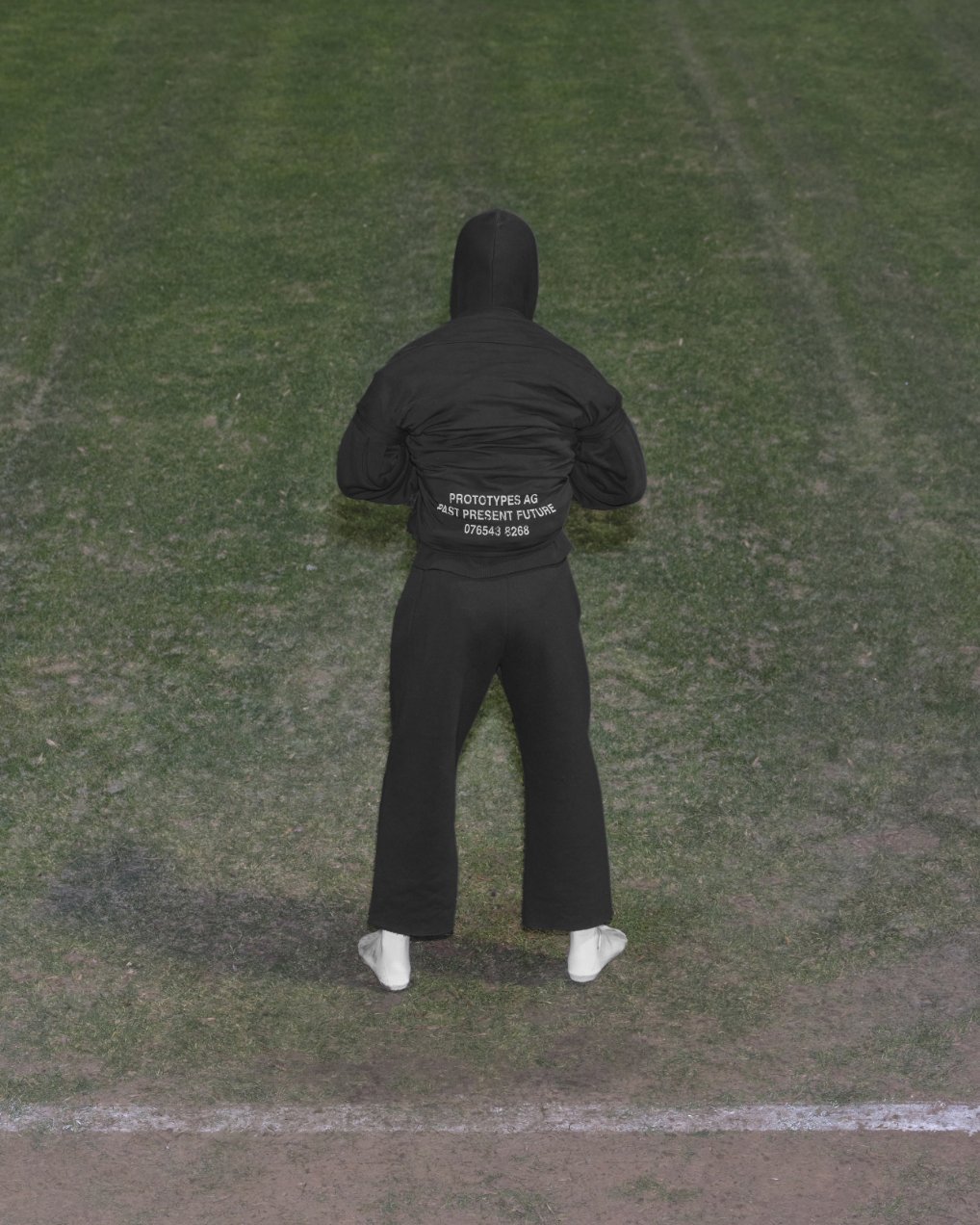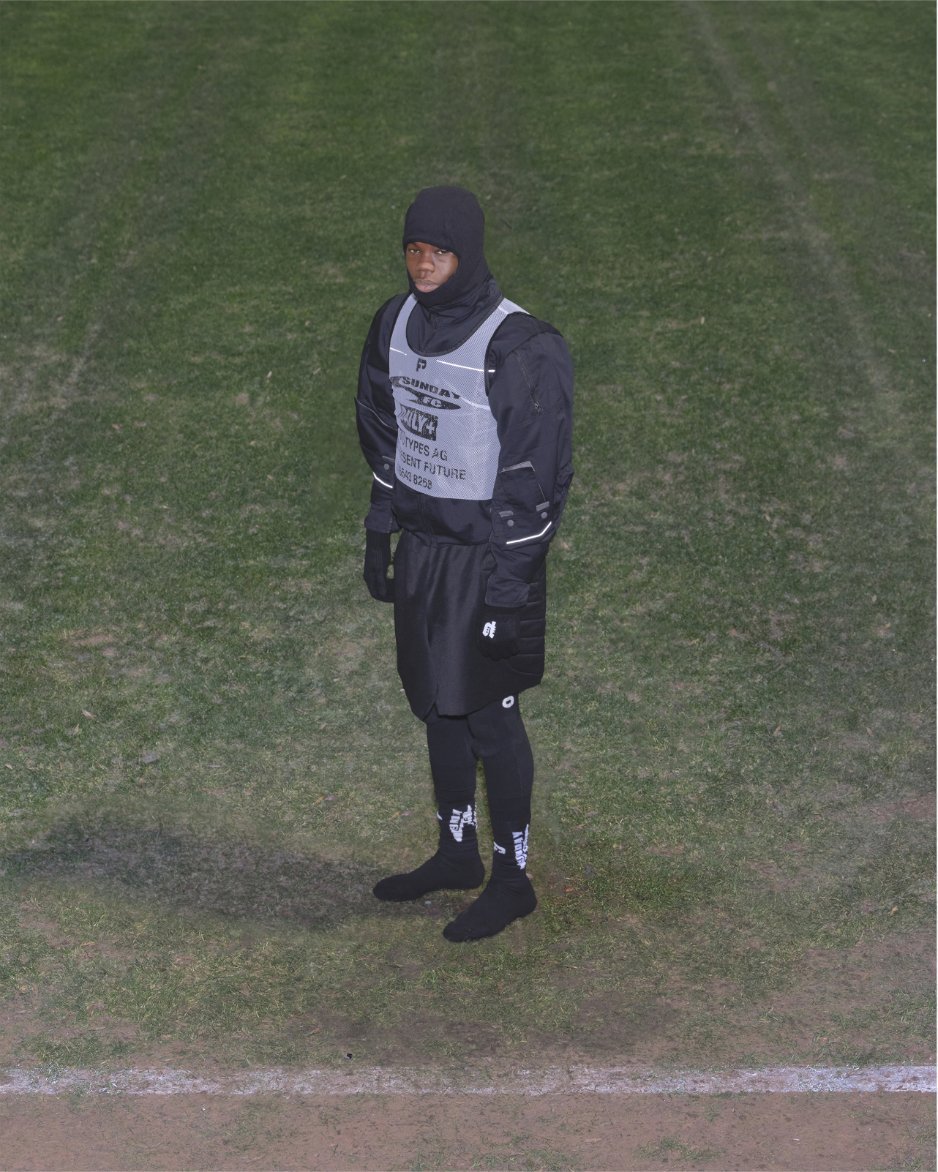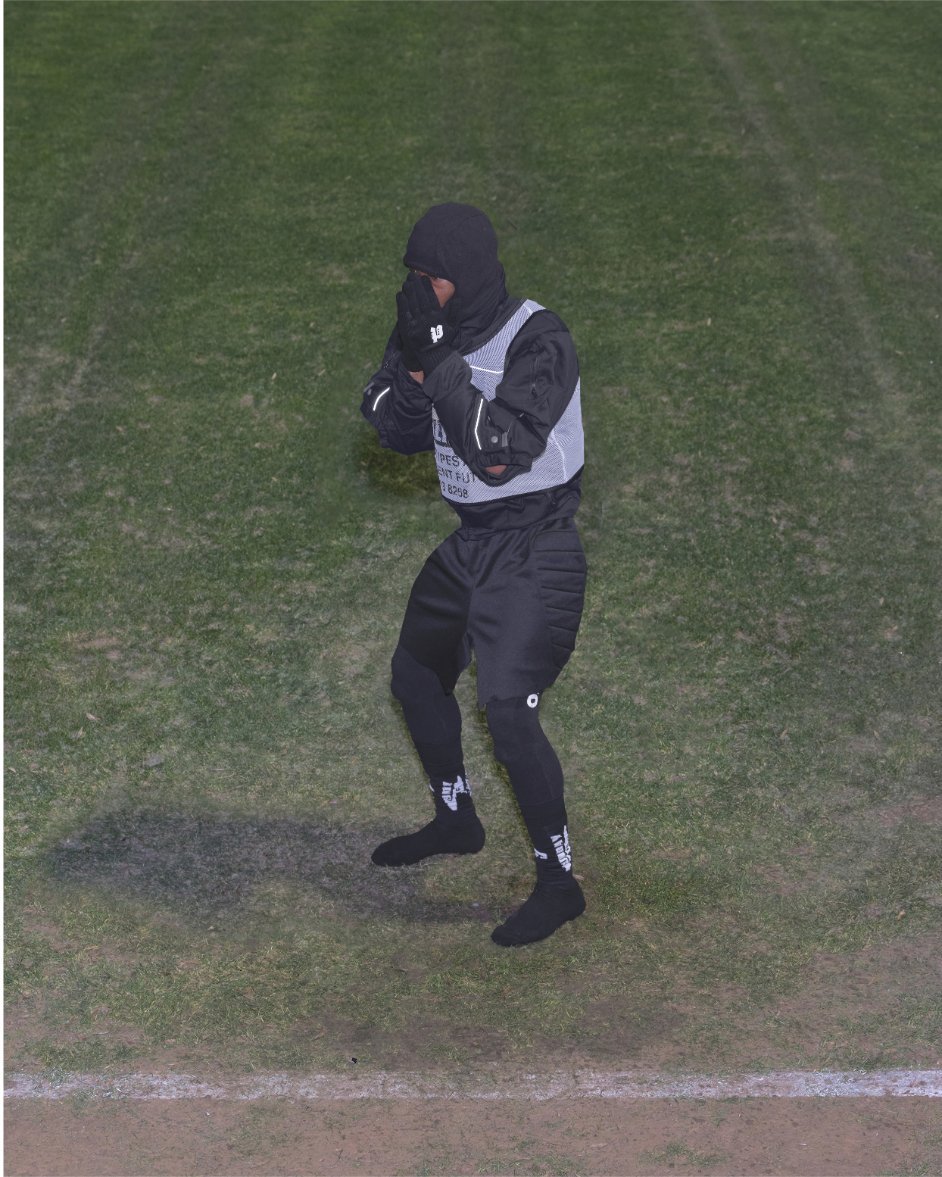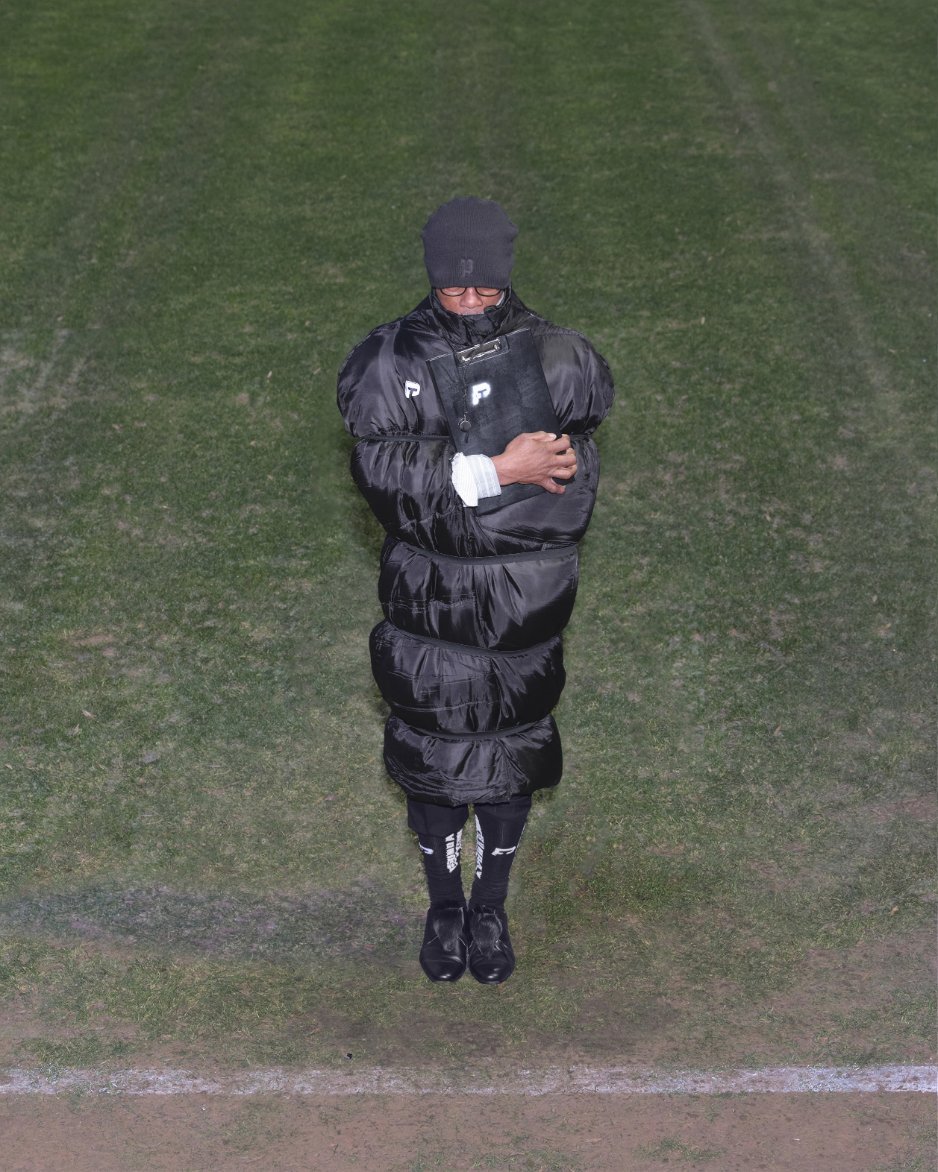The Miu Miu Fall/Winter 2024 collection by Miuccia Prada draws inspiration from the span and scope of people’s lives, its shifting clothing types reflective of the development of character, both personal and universal to form a vocabulary of clothing, from childhood to adulthood.
Concurrent gestures express different moments in life — they coexist within single outfits, just as we each hold simultaneous memories of our own experience. Evocations of childhood are expressed with deliberately shrunken proportions, cropped sleeves, and round-toed shoes; archetypical clothing types that directly recall those worn in youth. Childhood is a moment of impulsive, natural rebellion, here reflected in the liberation of a dichotomous mixing of different codifications of dress, pajamas with outerwear, proper with improper, right with wrong. By contrast, adulthood is expressed through recognized signifiers of propriety and chic — gloves and handbags, brooches, tailoring, the little black dress. Like mnemonic devices, clothes can make us both think back, and project forwards.
Those components of duality and recollection find counterparts in materials and construction. Bonding and fusing meld together different fabrics and combine disparate garments, sweaters and cardigans in silk and cashmere, poplin skirts with knit, while shearling is treated to mimic precious fur. Silk dresses are creased and molded to cotton jersey sheaths, volumes reduced with the impression of the original garment remaining, a trace of its antecedent.
As the collection reconsiders characteristic signifiers of life through the vocabulary of clothing, so our literal vocabulary can be readdressed. Girlishness is a word we can revalue, from a pejorative gendered noun, anchored to age, to a universal idiom expressive of the strength of rebellion, a spirit of freedom and individuality, one attribute of a richer whole. Perceived as an inherent component of Miu Miu, it should be examined not as a lone trait but as a fundamental aspect of a wider temperament — a notion expressed through a cast of personalities who each embody this ever-shifting Miu Miu persona. They include Dara Allen, Ethel Cain, Guillaume Diop, Luther Ford, Angel Hazody, Kristin Scott Thoe, Qin Huilan, Little Simz, Jasmin Savoy Brown and Ángela Molina, who also features in Miu Miu Women’s Tales.
Contemporaneity allows divergent creative processes to arrive at paradoxically correlated results. The Palais d’Iéna is punctuated by video installations created by the Belgian-American artist Cécile B. Evans, art considered as a tool to enrich and expand conversation around people. Conceived independently of the collection, by chance the notions of the survival of memory in their art finds echo within the clothes. This is a shared language, one informed by the moment we all live within, a universal message nevertheless resonant with our unique experience.


